POSITIVE DISCIPLINE IN PRACTICE
Chapel disseminates concepts of a philosophy in which kindness and firmness go hand in hand
NATURAL LOOK
Former student David Frey reveals his passion for photography
INTENTIONAL EDUCATION
An essay by Claudia Alaminos
SEARCHING FOR EACH STUDENT’S ESSENCE
Professor Maxine Rendtorff brings out the best in students

MORE TALK, LESS PUNISHMENT
Forerunner of Positive Discipline in Brazil, Fernanda Lee shows the importance of connection and affection in relationships
28 - February 2024 / ISSN 2527-2160
Issue
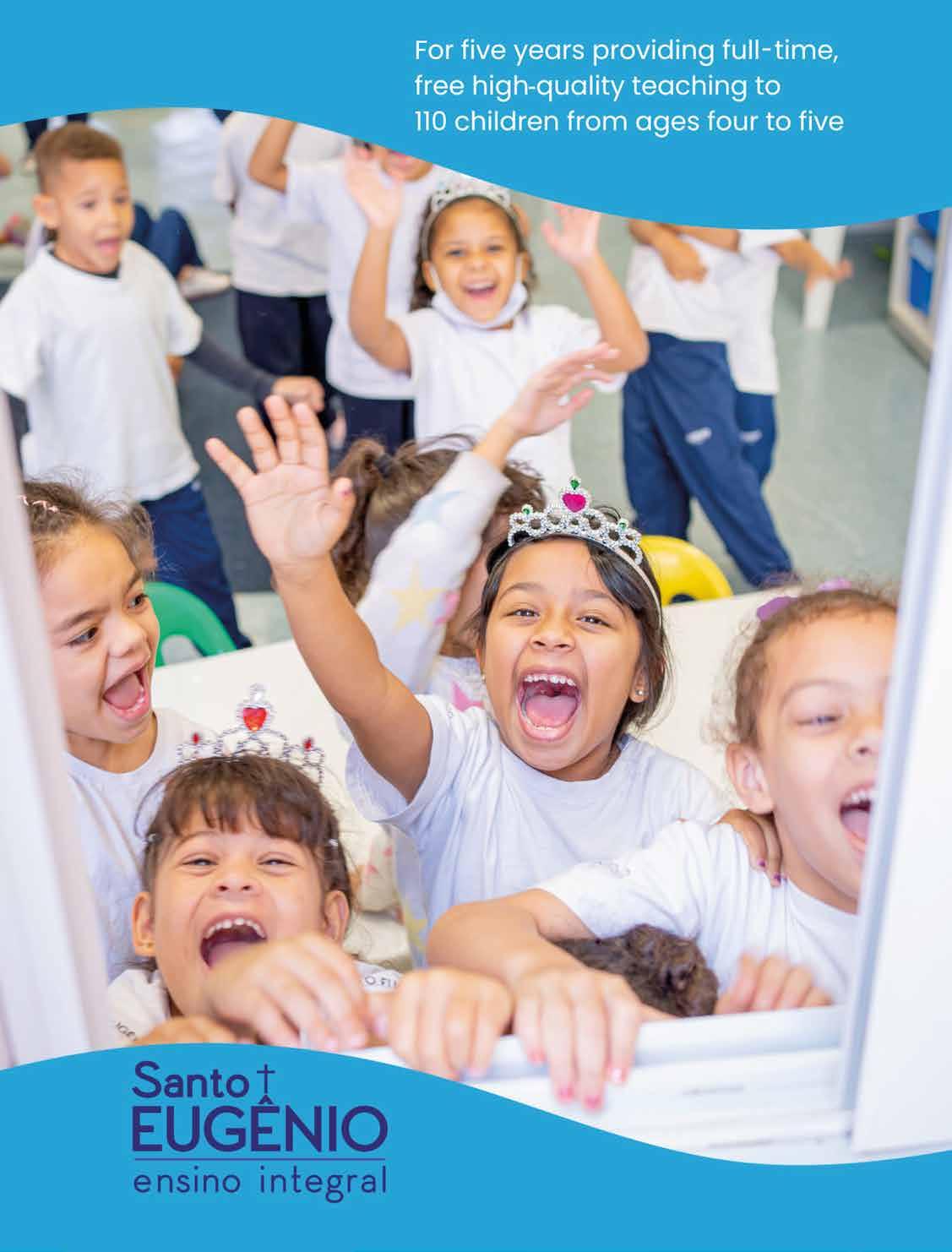
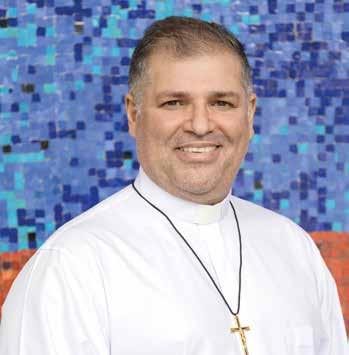
FIRMNESS AND KINDNESS, A FEASIBLE COMBINATION
Dear school community and dear readers of our magazine, the current edition of Inside Chapel has made room to present the pedagogical concepts adopted by the school. Standing out from the broad range of influences, Positive Discipline is a philosophy that guides practices in the classroom as well as in all our settings.
In general terms, Positive Discipline is about prioritizing dialogue and abandoning the traditional idea of punishment – without relinquishing the need to provide clear guidelines and make decisions whenever required. What it shows us is that firmness and lovingness may be expressed at the same time, even though the ideal middle ground is certainly more difficult to achieve.
Finding the right way to educate is a challenge for anyone who deals with children and adolescents, be it at school or at home. Mothers and fathers must be in tune with the school’s pedagogical guidelines. First and foremost, it is essential that these guidelines be known. That is why we have delved deeper into this topic in this edition.
When Positive Discipline was adopted by Chapel, a series of approaches with similar values were already in place in the school. One example—as we will see in the upcoming pages—is the Responsive Classroom, a set of strategies to create safe, happy, and engaging school communities. One of these strategies is the Morning Meeting, a round circle discussion to share feelings, experiences, and arrangements that are in use from Pre-1 to 6th grade.
The foundations of Positive Discipline were laid in the early 1980s by American psychologist and educator Jane Nelsen. Its goals include raising children with the awareness that they are capable of solving problems, and that making mistakes is part of growth and learning. If I dared to summarize the benefits of it all in a single word, I would say that the word would be autonomy, an essential attribute to guide our students’ progress.
Mothers and fathers can be certain that our school will always be alert to adopting methodologies and philosophies that can contribute to our mission, like teaching connection as a key element of relationships. Perhaps this issue has never been as important as it is today, in a world full of screens and new technologies that seem to spring up all the time.
This same topic of connection was addressed in Inside Chapel’s previous edition, through an approach that was more focused on family relationships. At the end of that edition, I bid farewell to the readers, wishing them a wonderful start of the school year. I do the same now, but in regard to the New Year of 2024: may it be full of achievements –and connections!
EDITORIAL
Father Lindomar Felix da Silva, OMI, Provincial of the Missionary Oblates of Mary Immaculate in Brazil
INSIDE CHAPEL IS A SEMI-ANNUAL PUBLICATION BY CHAPEL SCHOOL WWW.CHAPELSCHOOL.COM
EDITORS-IN-CHIEF:
Miguel Tavares Ferreira, Marcos Tavares Ferreira, and Luciana Brandespim
EDITOR:
Paula Veneroso MTB 23.596 (paulacopywrite@gmail.com)
EDITORIAL ASSISTANT: Fernanda Caires (publications@chapelschool.com)
THIS EDITION’S CONTRIBUTORS:
Adriana Calabró, Claudia Alaminos, Maurício Oliveira, and Paula Veneroso
PHOTOS:
Chapel Archives, David Frey, Paula Marina, and Personal Archives
GRAPHIC DESIGN AND LAYOUT: João Henrique Moço
TRANSLATIONS: Chapel School
PRINTER: Eskenazi
STAFF
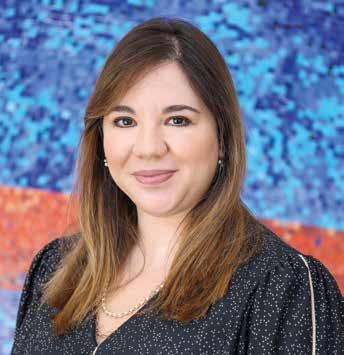
The 28th edition of Inside Chapel welcomes you to the second semester of the 2023-2024 school year! We want to extend a warm and heartfelt welcome to each and every one of you. It is a joy to see our halls bustling with energy once again, filled with the laughter and enthusiasm of our students and staff.
As we embark on this new chapter together, I invite you to read this edition, in which we learn the essence of our students’ educational journeys within and beyond our school campus. In the following pages, you will explore the transformative power of Positive Discipline – a guiding principle that infuses our interactions with our students with love, understanding, and empathy.
Positive Discipline is not merely correcting or redirecting behavior; rather, it is about fostering a nurturing environment in which our children flourish by learning the values of honesty, respect, connection, and open communication.
In this edition, you will discover the inspiring story of Fernanda Lee, a Brazilian Positive Discipline Lead Trainer who recently shared her expertise with Chapel while working with parents and teachers. Join us as we explore the steps and strategies implemented across our ECEC and Elementary School.
As the people responsible for our children’s education and upbringing, we aim to cultivate a spirit of collaboration and understanding. Together we create an ecosystem in which our children can succeed academically, socially, emotionally, and physically.
Above all, let us always remember that with love, respect, and open communication, we hold the power to impact the lives of our children and future generations. We lay the groundwork for their holistic growth and development by cultivating solid connections and shared values.
EDITORIAL
Ms. Juliana Menezes, School Director and Elementary School Principal

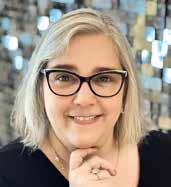
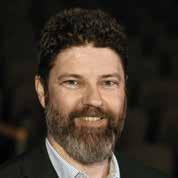
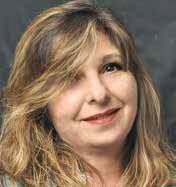
ADRIANA CALABRÓ
[Back to His Origins, p. 30] is a journalist, writer, and screenwriter. She has received awards in the areas of communication (Best of Bates International, NY Festival, and Creation Club) and literature (Puc/UNESCO Best Books of 2017, ProAc Literature Scholarship, Off-Flip Award Finalist, winner of the João de Barro Award, Free Opinion Award finalist, and Paulo Leminski Award finalist). Adriana has been working as a facilitator at the creative writing workshop Palavra Criada (palavracriada.com.br) since 2005.
CLÁUDIA ALAMINOS
[Want to Influence Your Teenager? First and Foremost, Look For the Connection., p. 36]. Has been married to Antonio for 28 years, and her son Pedro is 24. She studied speech therapy at USP, and is an educational psychologist and a parent educator with masters degrees in psychology and education. Her work is to help parents with teenagers bring lightness to their relationships with their children. Instagram: @claualaminos
MAURÍCIO OLIVEIRA
[Chapel’s Paths Toward Positive Discipline, p. 15] has written for the main Brazilian press outlets, including Veja, Exame, O Estado de S. Paulo, Valor Econômico and UOL Maurício has a Master’s degree in Cultural History and a doctorate degree in Journalism from the Federal University of Santa Catarina (UFSC), and has published over 30 books, which include Amores Proibidos na História do Brasil, Garibaldi, Herói dos Dois Mundos, and Pelé, O Rei Visto de Perto
PAULA VENEROSO
[You Do Not Have to Feel Worse to Do Better, p. 20, and Teaching Is Forging Bonds, p. 09] is the editor of Inside Chapel. She is a journalist with a Master's degree in Portuguese from PUC-SP. She has worked as a copyeditor, writer and reporter at Veja and Veja São Paulo magazines and at Folha de S. Paulo newspaper. For more than 20 years she taught graduate courses in journalism. She currently works as a book designer and editor, in addition to producing and editing news articles for print and digital media.
CONTRIBUTORS
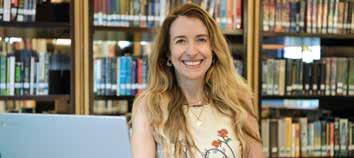
09
ESTABLISHING BONDS
According to teacher Maxine Rendtorff, it is essential to put yourself in the students’ shoes if you want to understand them.

20
POSITIVE DISCIPLINE
In an exclusive interview, Fernanda Lee advocates more dignity and mutual respect in all relationships.

36
WHO ARE YOU?
An essay by Claudia Alaminos, who invites parents to connect with their teenagers.
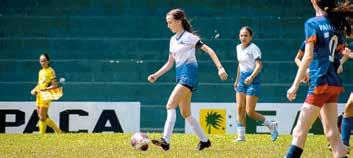
49
TALENTS & PASSIONS
Stay abreast of the activities and hobbies that inspired two teachers and seven students at the school.
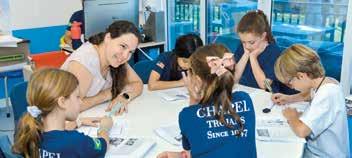
15
CONNECTION BEFORE CORRECTION
How Positive Discipline actions have been integrated into Chapel’s socioemotional curriculum.
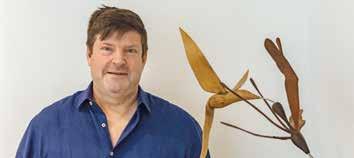
30
LANDSCAPES AROUND THE WORLD
A conversation with former student David Frey, who had a successful corporate career, and then revealed himself as an exceptional photographer.
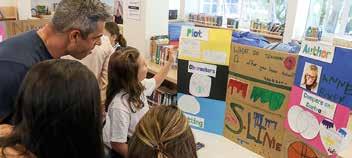
40
SPOTLIGHT
Kangaroo competition medals, innovations at the Book Fair, the “My Adventures in Reading” project, and Digital Citizenship workshops. What was news at Chapel.
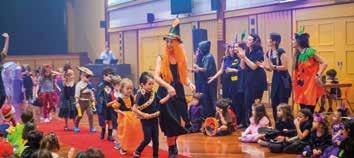
59
GALLERY
A record of the events that brought together and entertained the school’s community: the Young Trojans Festival, ECEC Family Afternoon, ES Family Active Morning, the Book Fair, Halloween, the Special Lunch, and NHS and NJHS Ceremonies.
SUMMARY
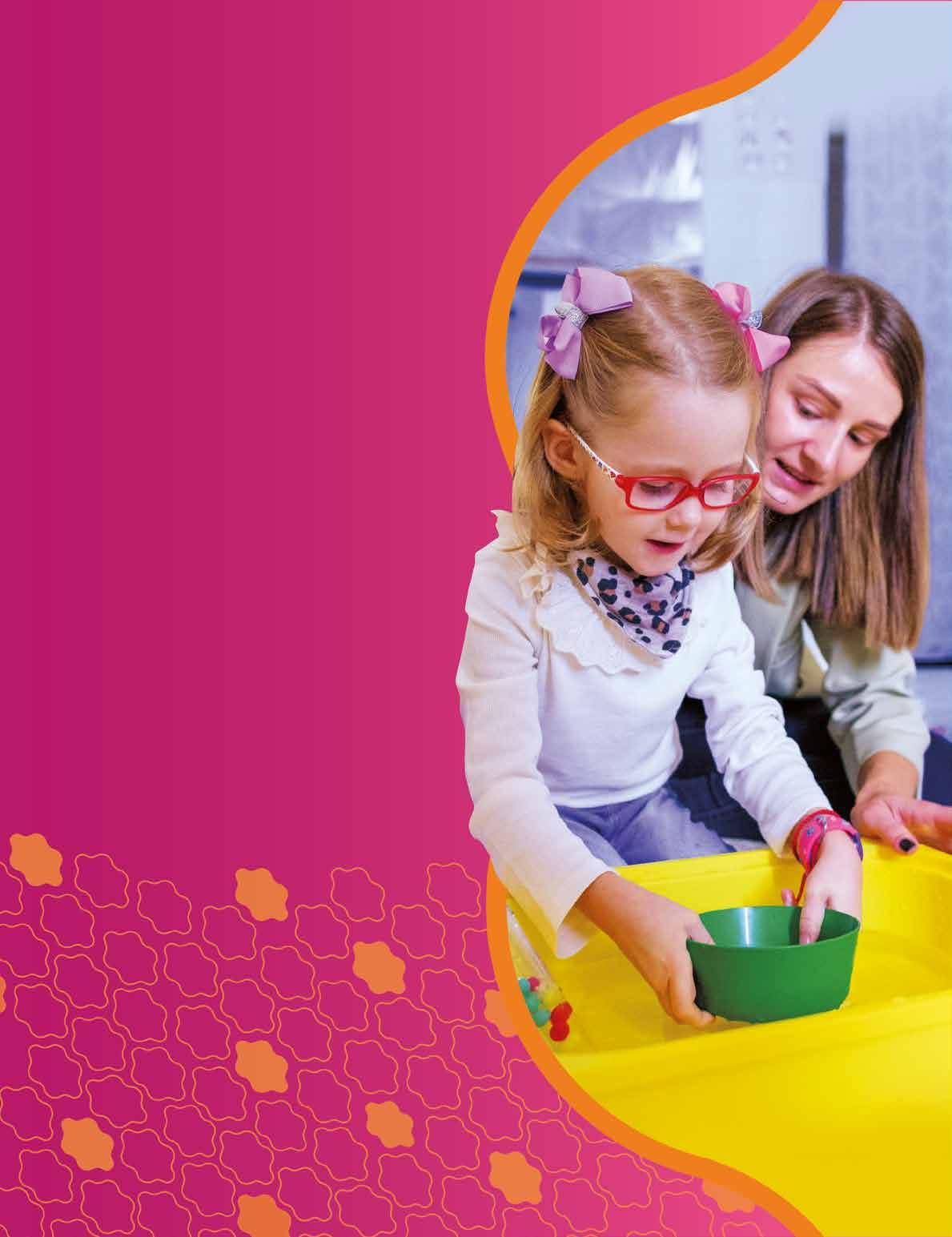

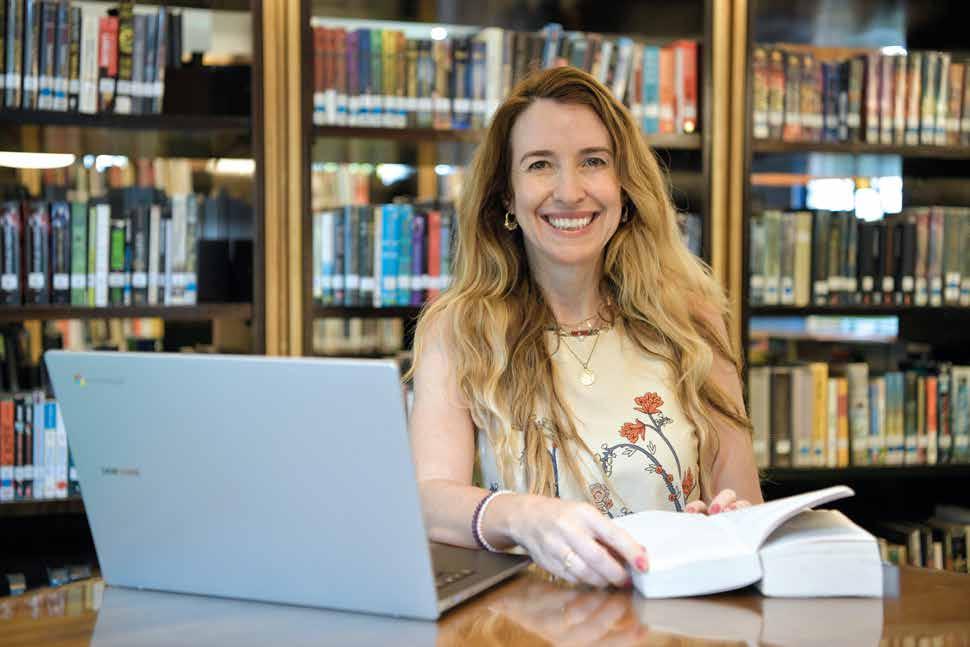 By Paula Veneroso Photos: Chapel Archives
By Paula Veneroso Photos: Chapel Archives
TEACHING IS FORGING BONDS
“I ALWAYS LOOK AT EACH HUMAN BEING IN SEARCH OF THEIR PUREST AND NOBLEST ESSENCE, AND I TRY TO CONNECT WITH WHAT IS BEST IN EACH STUDENT. THE MOST INCREDIBLE THING IS THAT THIS DOES NOT CHANGE; IT IS TRUE FOR ALL AGES, FROM AGE 3 TO 18 YEARS, BECAUSE THIS IS WHAT BEING A HUMAN BEING IS ALL ABOUT,” SAYS MAXINE RENDTORFF, WHO HAS TAUGHT AT CHAPEL FOR TEN YEARS. MS. RENDTORFF HAS BEEN SUCCESSFUL EVEN IN THE MOST CHALLENGING SITUATIONS, BECAUSE SHE USES HER INTERPERSONAL CONNECTION AS A DRIVING FORCE FOR HER CLASSES AND EXTRACURRICULAR ACTIVITIES.
At just a little over 20 years of age, Maxine Rendtorff was sure of her calling. At the time, she was in the city of Beira, in Mozambique, Africa, teaching English to students at a public school in an extremely impoverished community. She had finished her Psychology degree with a specialization in Literature in England, and was embracing the challenge of living on the African continent for two years. She was a volunteer for an NGO, and taught English as a second language to children in the community. She qualified for the position by taking a TOEFL teaching course before taking on the classes. There were many sick people there, because of an HIV epidemic. Because of their condition, she continues, “we had to bank heavily on using both theater and art to teach the students, make them aware, and get them to express their feelings.” It was at this point that she opened up to the performing and visual arts. After her two-year stint, she came back to Brazil, and, right afterwards, undertook a specialization in Art Therapy through poems. “I started to combine literature and art with socioemotional topics,” she explains. After that, she started working as an assistant in early childhood education at an international school.
The daughter of Anglo-Argentine parents, Ms. Rendtorff is Brazilian, and always studied in international schools. After she finished High School, she took a gap year before heading to England, where she went to university. During that time, she worked at Chapel, as a classroom assistant in its early childhood education program, even though it had not crossed her mind to be a teacher or even to work at Chapel in the future. She says that her motivation to study came from the teaching she received at her own schools: “I was lucky to have had very inspiring teachers, who
INSIDE CHAPEL
9 PROFILE
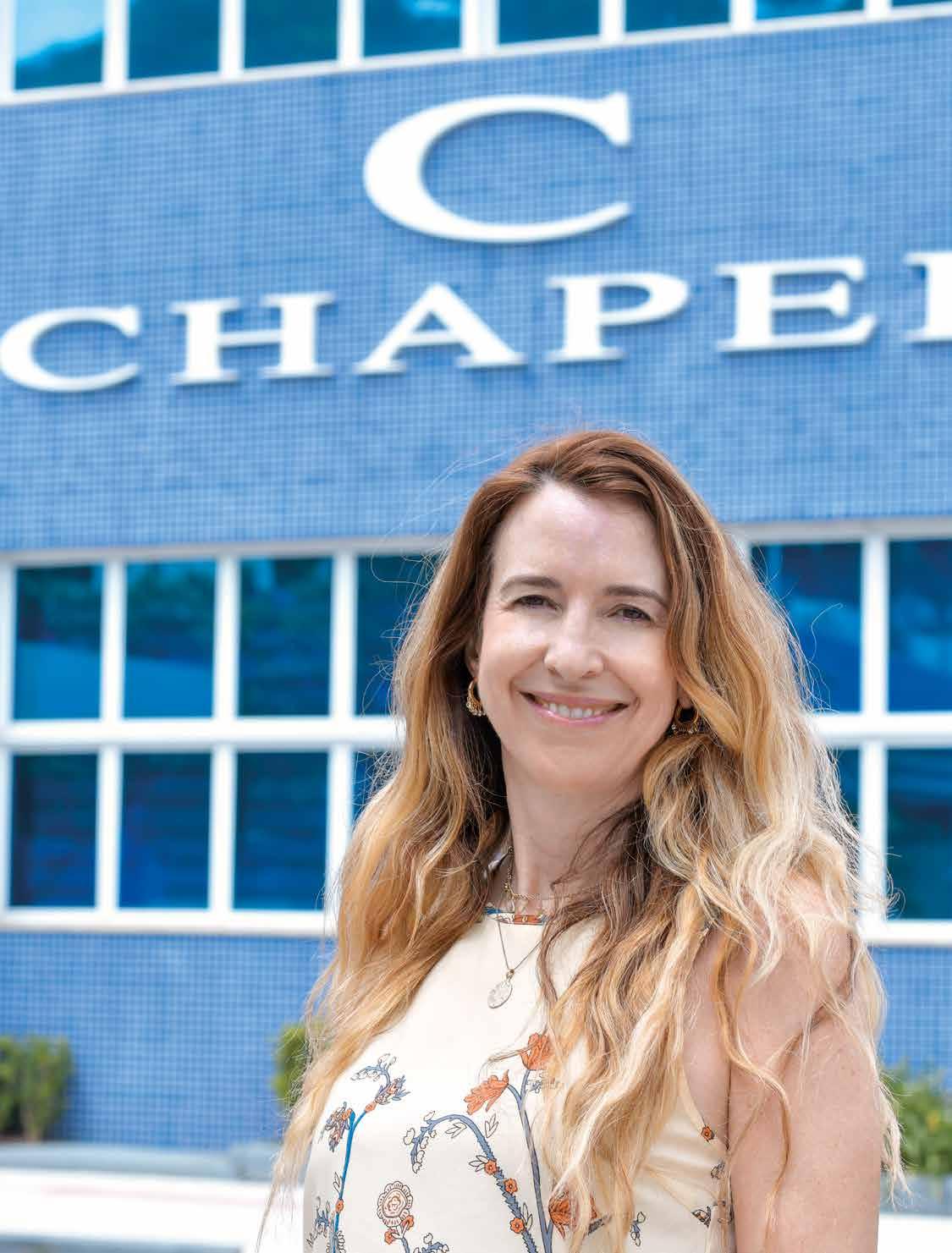
made me want to study. My teachers were incredible, very attentive and alert, and some really inspired me to the point of encouraging me to do my best, to learn to love literature and art, and to develop my creativity,” she reflects. The influence that Ms. Rendtorff parents had on her was also fundamental. Being avid readers, they always provided her with inspiring cultural events and trips. They were responsible for laying the groundwork for their daughter to eventually become an upstanding global citizen, with clear values, who is sensitive to the world's problems. She is deeply grateful for their positive influence.
Harvest Time
If, on one hand, school and parents planted the seeds of passion for reading and learning in young Ms. Rendtorff, on the other, it was her motivation to gain greater knowledge that drove her quest to become better and also help others. “I chose to study psychology, because I always wanted to understand what moves human beings. What are the reasons that make people behave the way they do? What are their goals? …each person’s dreams?” she queries. While trailing
her path toward graduation, she saw the opportunity to dedicate herself to other fields of knowledge, notably the arts, through painting and other techniques. “Since I have always loved the arts, I started to mix these ideas together. I tried to understand the human being through psychology, through literary texts, and a bit of art as well,” she reveals.
From Africa, Ms. Rendtorff returned directly to Brazil, where she started working in international schools. She worked at Monica’s International School as an early childhood education assistant. Then she went to St. Francis as an Elementary School teacher, and then to Pueri Domus, where she stayed for ten years. “I developed a great many project skills there, working on students’ socioemotional issues in classes with democratic and theatrical approaches,” she says.
After that experience, she joined Chapel, and has been here 10 years teaching and delighting 7th and 8th grade students, and also coordinating the Theater Club. “My exercise with all students, with no distinction, is: “Before viewing who is in front of me as a student, he or she should be
viewed as a human being. Therefore, how can we enhance what is best in them?” This viewpoint even applies to her children, Alex and Stella, who are, respectively, in the 10th and 8th grades at Chapel.
Ms. Rendtorff does everything she can to learn from her students, and provides all the motivation they need to be able to learn in the classroom. She attributes her enthusiasm to her own training, when she was encouraged to read a lot. To this day, she always has two or three books by her bedside. “The more you read, the more you can walk in someone else's shoes,” she remarks. “In Portuguese, this expression is analogous to saying the more you put yourself in someone else’s shoes, the more you can view things from perspectives that are different from your own.” She uses this maxim to gauge the growth in her students, because she feels that when there is something different, there is an opportunity for growth. It becomes an opportunity to broaden one’s gaze, “because there are many perspectives and many stories, and everyone is just doing the best they can with what they have experienced. Everyone wants
I CHOSE TO STUDY PSYCHOLOGY, BECAUSE I ALWAYS WANTED TO UNDERSTAND WHAT MOVES HUMAN BEINGS. WHAT ARE THE REASONS THAT MAKE PEOPLE BEHAVE THE WAY THEY DO?
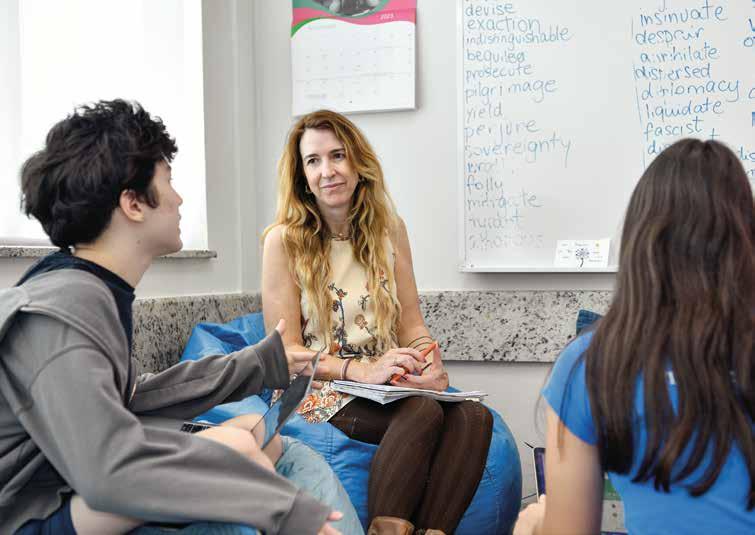
11 PROFILE –MAXINE RENDTORFF
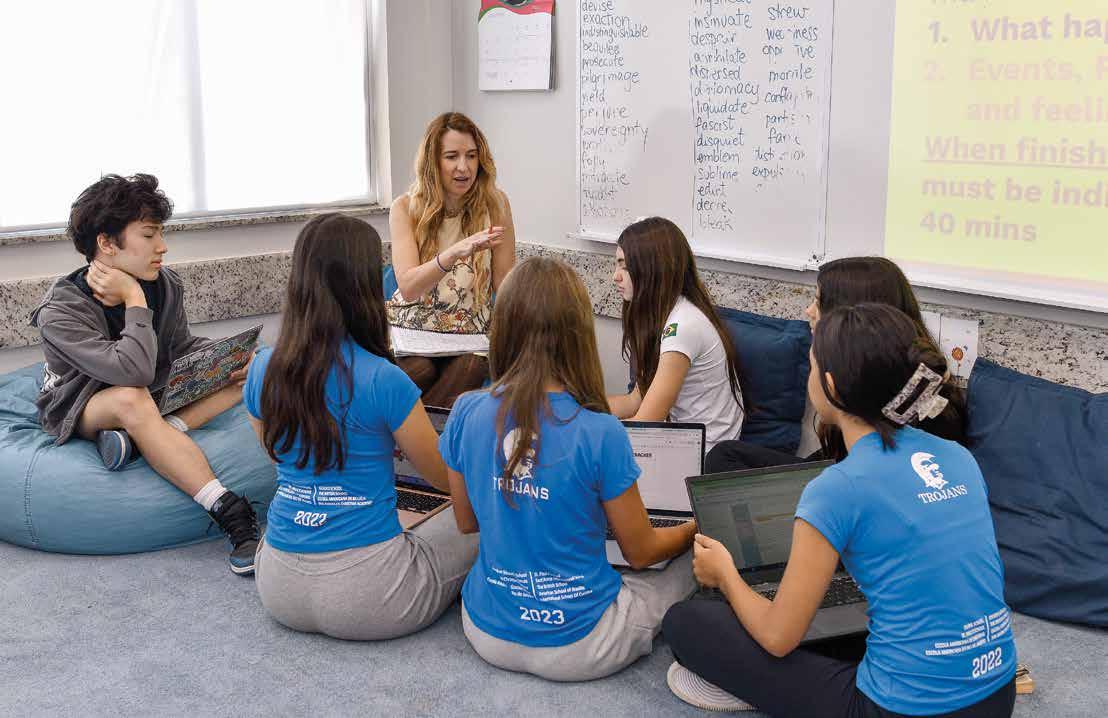
to be happy; everyone wants to be seen, and be better. Therefore, if we know this, and a child is not behaving in the best way, or is not doing their best, something is hindering them on their path, and our role is to try to understand what is going on,” she assesses. According to her, if the student is experiencing something at home, or is facing a challenge, or suffering for some reason, we need to pay attention: “Whenever you are not at your best, it is because something is out of balance,” she declares.
Powerful Bonds
Since Ms. Rendtorff has gained experience ranging from early childhood to High School, it can be said that she has worked with all age groups. As she sees it, what they all have in common can be summed up in one word: connection. “If you don’t establish a bond with the student, they won’t learn,” elucidates the teacher. To her, the first goal is connection: “You try to find that entryway to each human being,
because everyone has something they love, something they fear, something they like, and something they don’t like,” she explains.
Another important point is allowing students to express their talents and the range of their different types of intelligence as best possible. Range of intelligence implies a plural ideal: “Currently, in the classroom, we can try to understand linguistic and mathematical intelligence, which are highly valued, and also try to grasp what the student's other types of intelligence are, given that everyone has one. Maybe it’s creative, organizational, or inter relational intelligence.” Excitedly, she lists the various skills that she notices in students: “There are students who are very talented with social relationships, or are good communicators, or very organized, or very kind, or natural leaders, or athletic, or who like editing films or really like writing. This being the case, the idea is to try to explore
what talent each person has, and the more we discover about a student, the more we try to focus on what they are good at,” she exclaims. According to Maxine, these are examples of ways to connect with children and young people, so that they can develop or improve their skills.
Engagement is another way to create bonds. “I try to provide choices so that students feel motivated. It is very important to give them the space they need to develop their own voice, their identity, who they are as readers, who they are as writers, and this really helps them empower and consolidate themselves, or else just be proud of their identity, and be able to express this as best possible,” she reveals. All the students' texts are shared, and the final products vary to maintain the motivation. “Sometimes they film a trailer; sometimes they act out a part of the text; sometimes they read their own story to the class, or produce a creative visual poster, but they always present what they produce to their schoolmates,” she remarks.
12 INSIDE CHAPEL
The Rule Is Clear
Ms. Rendtorff explains that it is important to have very clear rules when working in a classroom, by explaining what the expectations and consequences are to students. In most cases, speaking separately to the student who is not meeting expectations is a strategy that yields good results. “My objective is to help students create goals for the day, and I try to set the expectations so that everyone feels secure,” she remarks. It is also very important to understand where the student is academically.
“In terms of one’s understanding and skills, everyone finds themselves at a different moment, and as soon as they arrive for a new school year, I try to understand what that is,” she explains.
The high quality of Chapel's teaching staff is also responsible for the positive results. “We have very strong socioemotional support at the school, which helps us understand the students overall. It provides us with the information we need to work with the student in the best possible way, including emotionally, socially, and academically. Of course, it also helps
us have more empathy for others,” admits the teacher before closing the interview with an emotional statement: “I love what I do. I love working at Chapel. I feel very blessed. I am enthusiastic about my students, and have great admiration for them. I hope I am doing the best to motivate them to be better, because I want to teach students with empathy, and with kindness. Doing good and having empathy is a strength. It means looking at others and understanding that they have a heart. I think that excites them and me too.”
THE MORE YOU READ, THE MORE YOU CAN WALK IN SOMEONE ELSE'S SHOES. IN PORTUGUESE, THIS EXPRESSION IS ANALOGOUS TO SAYING THE MORE YOU PUT YOURSELF IN SOMEONE ELSE’S SHOES, THE MORE YOU CAN VIEW THINGS FROM PERSPECTIVES THAT ARE DIFFERENT FROM YOUR OWN.
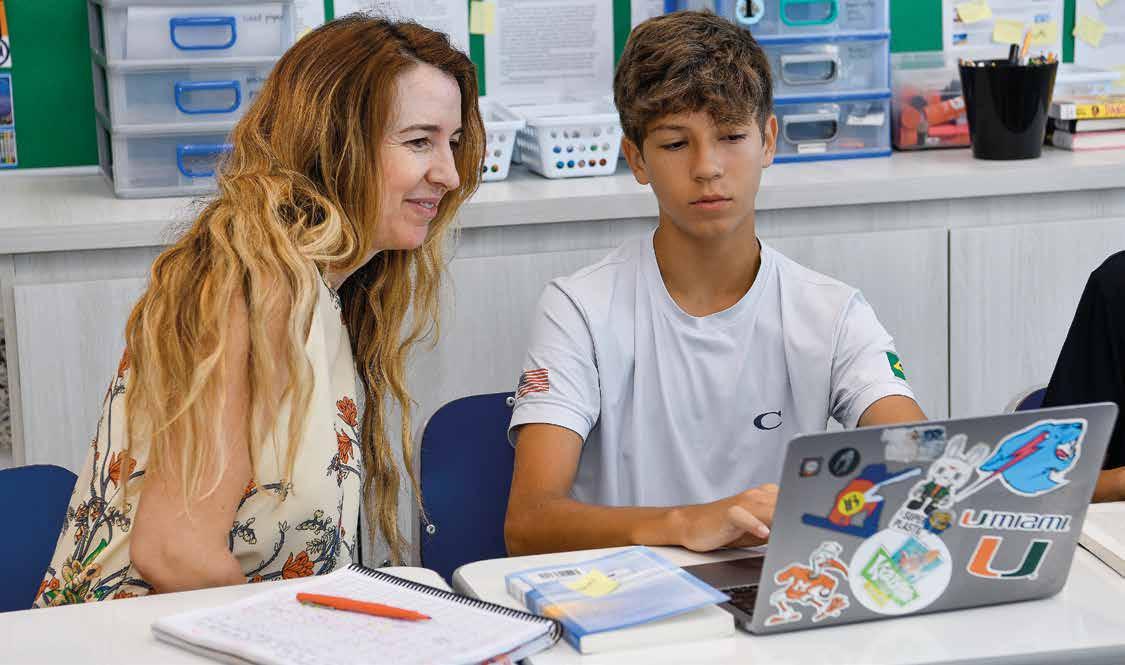
13
PROFILE –MAXINE RENDTORFF


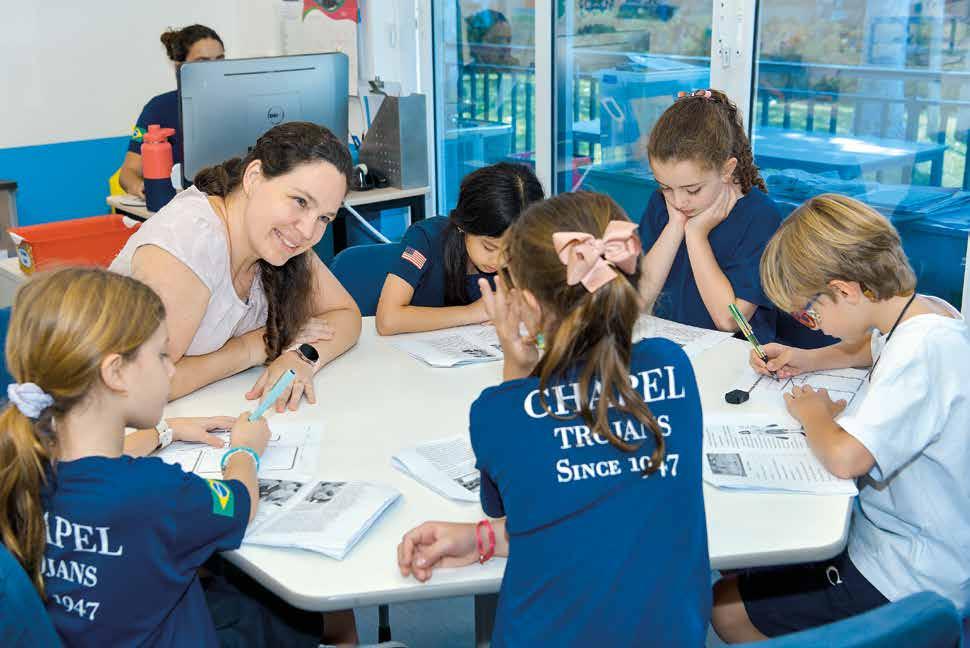 By Maurício Oliveira Photos: Chapel Archives
By Maurício Oliveira Photos: Chapel Archives
CHAPEL’S PATHS TOWARD POSITIVE DISCIPLINE
THE CONCEPTS OF THE POSITIVE DISCIPLINE PHILOSOPHY GAINED STRENGTH AT CHAPEL SCHOOL AFTER AN IMMERSION COURSE IN THE UNITED STATES IN 2018
Chapel School's close contact with Positive Discipline began in 2018, when Director Juliana Menezes participated in an in-person training course in the United States. It was a four-day immersion course with the team inspired by Jane Nelsen’s work. “This remarkable experience took me out of my comfort zone, and made me reflect on the many behaviors that we tend to replicate automatically on a daily basis,” recalls Ms. Menezes.
Juliana’s interest in Positive Discipline had been roused a few years earlier, when she transitioned from a Kindergarten teacher to Coordinator of the Early Childhood Education Center (ECEC) at Chapel. “I had interacted only with groups of children who were the same age, and decided to go around the different classrooms. It made me notice what a challenge education was in the broader sense, when considering a greater diversity of circumstances and experiences.”
While searching for tools, Ms. Menezes found Positive Discipline. As she delved deeper into it, she noticed the affinities between the philosophy and several of the practices that had already been adopted by Chapel, such as Responsive Classroom – an approach to teaching and disciplining that has supported educators in creating safe classrooms, and happy and engaging school communities since 2009.
One of the ten strategies of Responsive Classroom for how to show respect to children and address behavioral challenges is Morning Meeting, which is practiced from Pre-1 to 6th grade. In these classrooms, the first part of the class (15 to 30 minutes) is dedicated to a group conversation about feelings, an exchange of experiences, and the activities that have been agreed upon to be carried out.
INSIDE CHAPEL
15 INSTITUTIONAL
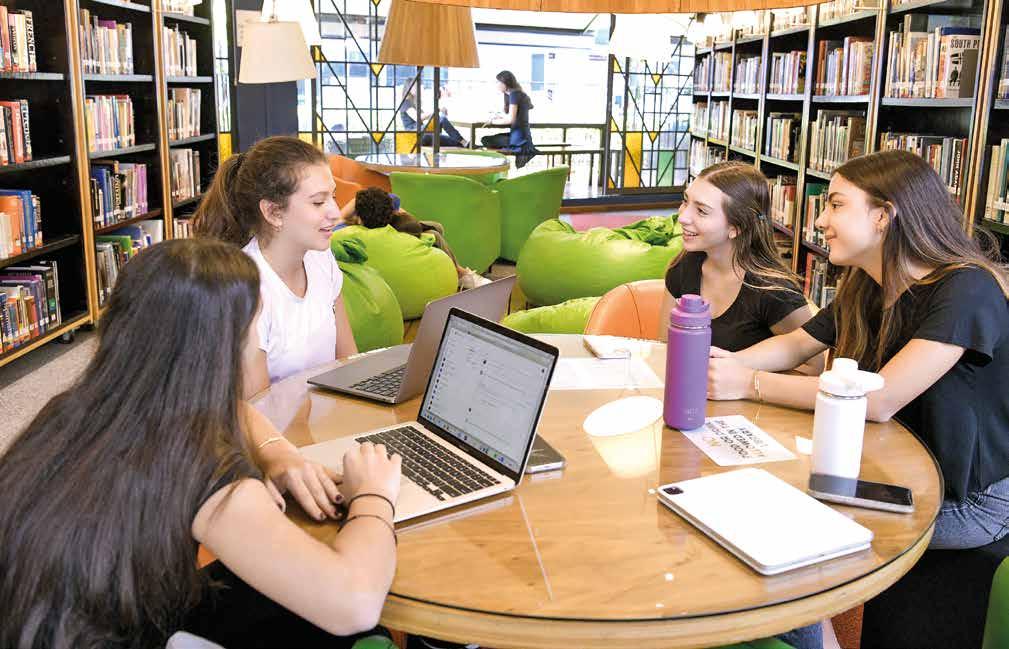
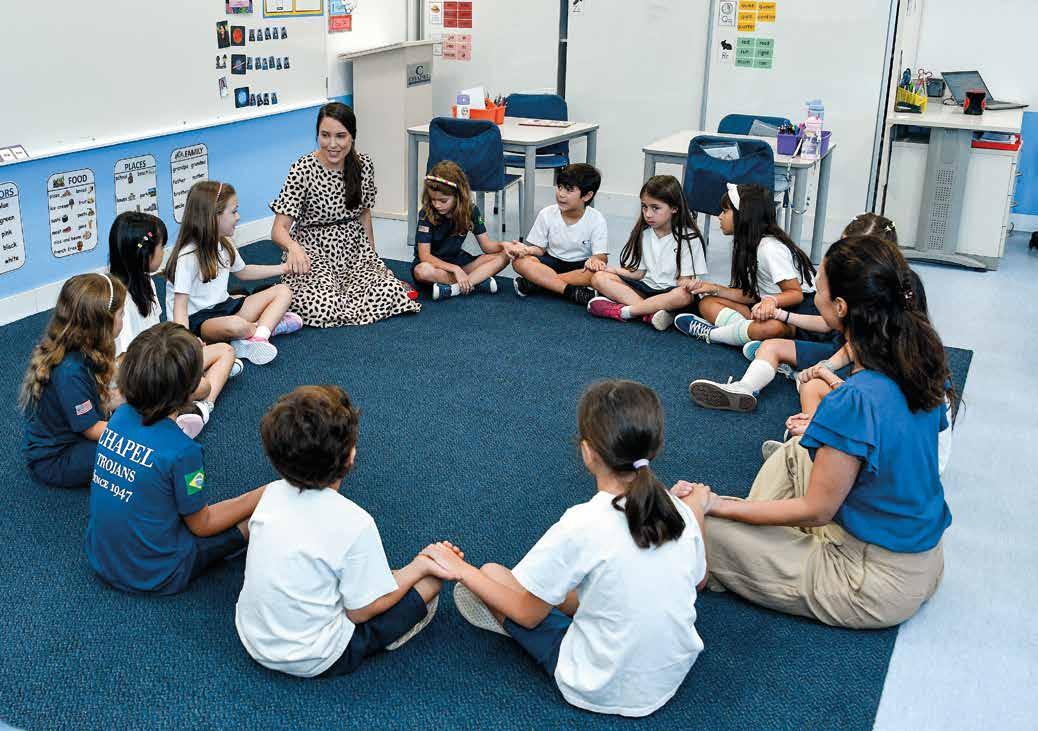
INSIDE CHAPEL 16
Because Morning Meeting has a decisive role in defining what the day will be like, it is essential that it be attended by all students as of its start at 8 am. “Those who participate from the start know exactly what to do and expect from school that day. This certainly contributes to successful planning a feeling of belonging,” observes Ms. Menezes.
Firm Kindness
Ms. Menezes’ immersion experience in the United States included a group of forty people from various countries and profiles. There were mothers, fathers, educators, and other professionals who work with children and teenagers on a daily basis, such as drivers and nannies. Acting things out made it all especially memorable, since it helped participants experience what it is
like to be a child in several everyday situations. “It is extremely important to put yourself in someone else’s shoes – in this case, in the child’s situation. We tend to talk extensively about empathy, but it is uncommon for adults to put themselves in the child’s place,” recalls Ms. Menezes.
The idea of connecting before correcting is just as relevant. The simple act of putting oneself at the child's eye level to talk to them, or of redirecting undesirable behavior makes the approach have a different impact. “When we address the child by redirecting the situation to one where we continue to stand and speak from a higher position, this reinforces the relationship of authority, and increases fear.”
One of the aspects that most caught Ms. Menezes' attention about Positive Discipline was the way it addresses
consequences – that is, how to deal with situations in which the child or teenager has done something that harms themselves or others. “Our generation grew up with punishment, the idea of punishment. Thinking differently requires a change in mind-set, and this does not happen automatically. We often have to stop for a few minutes, think and get in sync with our philosophies. Giving ourselves this time is essential so that we can make informed and coherent decisions,” she analyzes. “Positive Discipline helps us focus on action and solutions. Our major goal is learning from these situations in the long-term.”
Another crucial point is understanding that there is nothing wrong with feeling and expressing what you are feeling. The problem often arises from an action triggered
FIVE CRITERIA FOR POSITIVE DISCIPLINE
1 Helps children feel a sense of connection (belonging and meaning).
2 Mutually respectful and encouraging (kind and firm at the same time).
3 Effective in the long term (considers what the child is thinking, feeling, learning, and deciding about himself and his world, and what to do in the future to survive or to thrive).
4 Teaches important social and life skills (respect, concern for others, problem solving, and cooperation, as well as those that contribute to the home, school or larger community).
5 Invites children to discover how capable they are (encourages the constructive use of personal power and autonomy).
Source: Positive Discipline Parenting Tools (Jane Nelsen and Adrian Garsia)
INSIDE CHAPEL 17 INSTITUTIONAL –POSITIVE DISCIPLINE
POSITIVE DISCIPLINE IN PRACTICE
We have chosen a few examples of how the concepts of Positive Discipline can be applied.
Parenting tools
Creating a connection before correcting is a great example of kindness and firmness. “I love you, and the answer is, no.”; “I know how much you want that, and I’m sorry, but you can’t have it now.”
When you show confidence in your children they develop courage and faith in themselves. Instead of scolding the child, or taking the initiative to fix something, say, “I have faith in you to handle this.” Validate feelings: “I know you are upset. I would be too. I have faith in you.”
Children will listen to you AFTER they feel heard too. Stop and just listen. It is okay to ask questions like, “Can you give me an example?” or “Is there anything else?” After sharing, focus on a solution that works for both of you.
Being a role model is the best teacher. How do you expect your children to control their behavior, if you cannot control your own? When you make a mistake, apologize to your child.
By using ‘AND,’ you can bring ‘kind AND firm’ together to avoid extremes. Begin by validating feelings and/or showing understanding. Offer a choice whenever possible. “I know you don’t want to brush your teeth, AND we can do it together.”; “You want to keep playing, AND it is time for bed. Do you want one story or two?”
See mistakes as opportunities for learning. Respond to mistakes with compassion and kindness instead of lecturing, blaming, or shaming. When appropriate, ask questions to help your child “explore” the consequences of his/her choices.
Just telling children that they are capable is not an effective approach. They must have experiences where they feel capable. Look out for every opportunity to say, “I need your help.” Be sure to let your child know just how much you appreciate their help.
Source: Positive Discipline Parenting Tools (Jane Nelsen and Adrian Garsia)
Tools for teachers
Compliments are like candy. A little goes a long way. Too much is not healthy. Complements make you dependent on external validation. Encouragement teaches internal evaluation. Compliment: “I like your essay. I’m so proud of you.” Encouragement: “I noticed you worked hard. You must be so very proud of yourself.”
Students DO better when they FEEL better. Encouraging words focus on effort and progress, not perfection. “You figured out how to do that!”; “You trusted yourself and came up with a solution.”; “Tell me how you did that.”
Model and teach the 4Rs to make up for your mistake. RECOGNIZE that you made a mistake (feel the embarrassment, and then let it go). Take RESPONSIBILITY for your mistake without blame or shame. RECONCILE by apologizing when others are involved. RESOLVE by focusing on solutions.
Avoid rewards. One goal of Positive Discipline is to teach students to do the right thing when no one is looking. Rewards teach external motivation. Positive Discipline tools teach internal motivation. Help students enjoy the inner reward of feeling capable and making their contribution.
Involve students in creating guidelines for the class, so that they will take ownership. Invite the students to help make a list of class guidelines. Examples: “Be kind.”; “Be respectful.”; “Avoid interrupting.” When students are not following a guideline, point to the list and ask, “Do you see what guideline needs to be followed now?”
Appropriate humor in the classroom can quickly lighten problematic situations. Teachers who use humor effectively are respected and well-liked by students. Appropriate humor in the classroom does not make anyone feel uncomfortable.
Source: Positive Discipline Tools for Teachers (Jane Nelsen and Kelly Gfroerer)
18
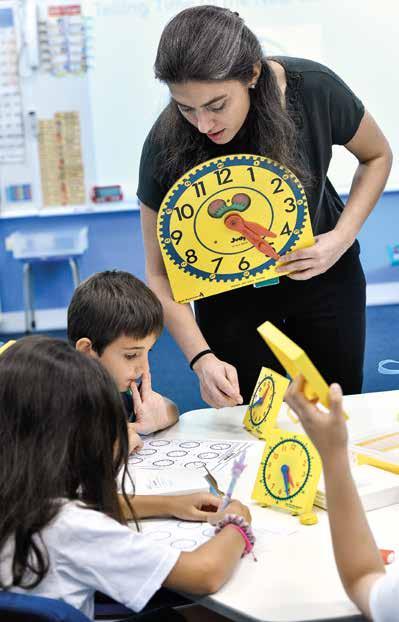
by what the child is feeling. Hence the importance of understanding and embracing the feelings and circumstances that gave rise to a certain behavior, which is often just the tip of an iceberg that remains submerged. Therefore, the best way of resolving a situation isn’t by inflicting humiliation, guilt or punishment toward a mistake, but to help the child or teen find a way to understand the consequences of their actions, and repair the damage.
Ms. Menezes recalls that, culturally, the tendency in Brazil is to favor permissiveness. This commonly manifests by diffuse attitudes that are quick to praise children, and that lack firmness in requiring compliance with rules and agreements. “One of the major teachings of Positive Discipline is that we can and should be kind and firm at the same time, because one thing does not overrule the other. Being kind and firm go hand in hand, and finding a balance between these two is fundamental,” says Chapel School’s Director.
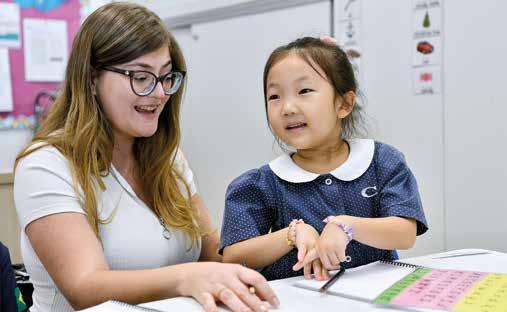
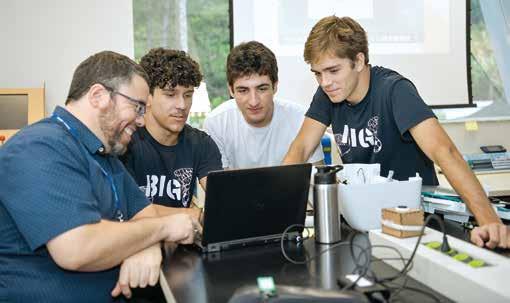
Promoting Soft Skills
As soon as Ms. Menezes came back from the immersion course in the United States, she carried out her mission of sharing the knowledge gained during the experience. Her first big step was to purchase a large number of books in which Jane Nelsen explains the principles of Positive Discipline, as well as handbooks with practical exercises.
The material was distributed to all educators up to the 6th grade, and weekly meetings were held to exchange opinions on the passages read meetings. There was also role-playing inspired by the School Director’s immersion course experience. The Covid-19 pandemic came while the school was in the process of aligning awareness of the Positive Discipline principles, and delayed the development of this approach at Chapel.
During the post-pandemic recovery, Ms. Menezes found out about the work being pursued by Fernanda Lee, a pioneer of the Positive Discipline relationship tools for parents, schools
and couples in Brazil. They began to share their experiences, and Juliana arranged for Fernanda to visit Chapel on March 27, 2023. The specialist led a three-hour workshop for mothers and fathers, and another of equal length, for all Chapel educators. It was held on the last Monday of the month, which is a half-day at school, meaning that no extra-class activities are scheduled.
The process of disseminating Positive Discipline concepts at Chapel continued throughout the year. Ms. Menezes believes that these principles will influence students not only during their school history, but also throughout their lives. “These are guidelines that are directly connected to the development of soft skills, or socioemotional skills, which are increasingly valued in the job market as an essential complement to technical knowledge,” she points out.
more
to:
INSIDE CHAPEL 19 INSTITUTIONAL –POSITIVE DISCIPLINE
To find out
go
www.positivediscipline.com
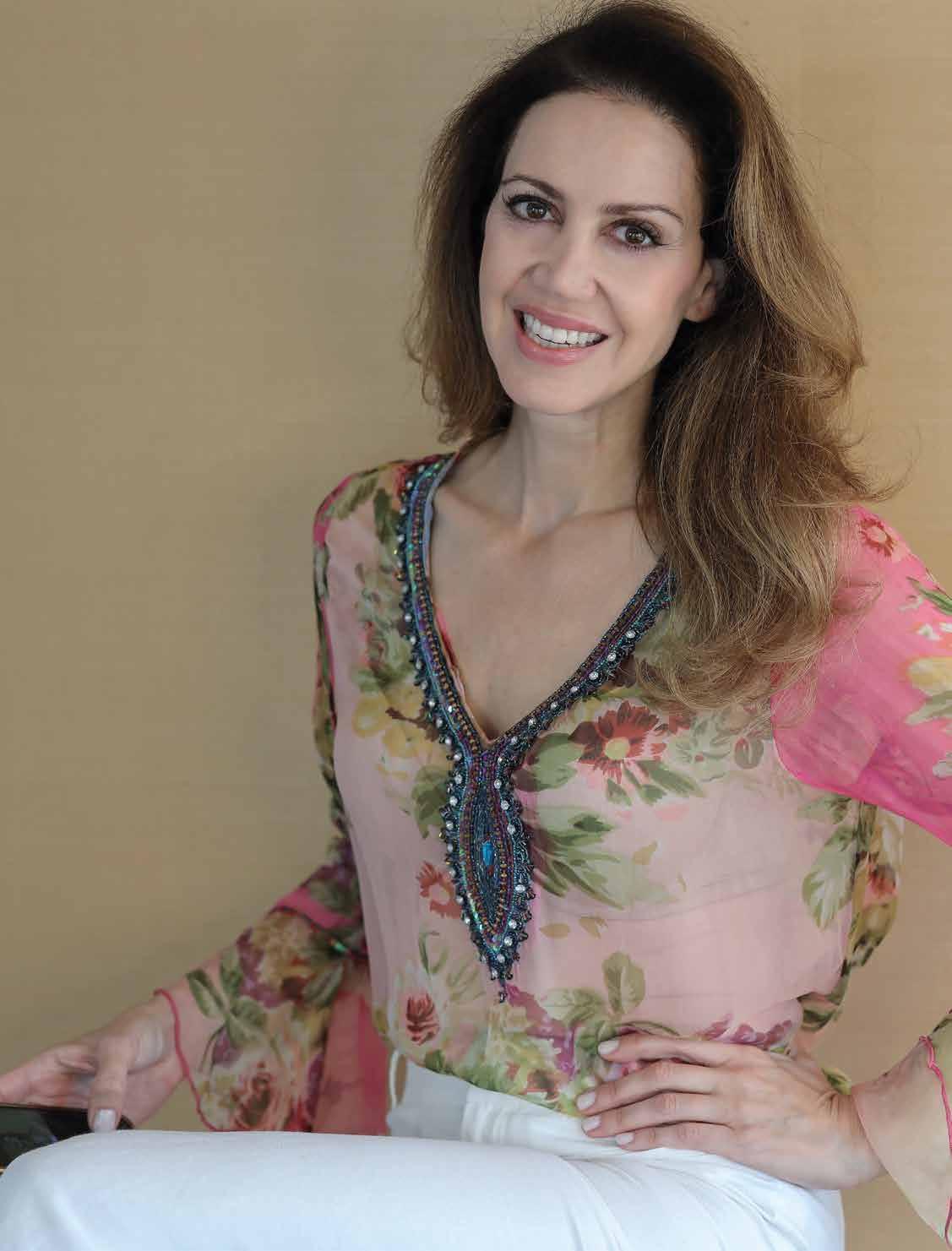 By Paula Veneroso
By Paula Veneroso

YOU DO NOT HAVE TO FEEL WORSE TO DO BETTER
FERNANDA LEE IS A PIONEER IN PROMOTING POSITIVE DISCIPLINE IN BRAZIL. WHEN SHE BECAME DISTRESSED FROM DEALING WITH THE CHALLENGES OF MOTHERHOOD, SHE EMBRACED THE METHODOLOGY THAT ADVOCATES MORE COMMUNICATION AND LESS PUNISHMENT IN PARENTING. HER COMPANY BECAME SO SUCCESSFUL THAT SHE DECIDED TO SHARE THIS METHODOLOGY WITH OTHER FAMILIES, BY PARTNERING WITH AMERICAN JANE NELSEN, WHO CREATED AN APPROACH BASED ON TWO CONCEPTS – CONNECTION AND AFFECTION – TO PROMOTE MORE DIGNITY AND MUTUAL RESPECT IN ALL RELATIONSHIPS.
Fernanda Lee is a former business professional. She used to work in the finance department of a major company in São Paulo. She was married and had two young children, when she learned about Positive Discipline. Her children, aged one and three, were going to a nursery school that had adopted Harvard's Education School’s Project Zero, an educational model based on human potential. One day, when she was picking up her children from nursery school, the children began to fight as soon as they saw her, for no apparent reason. Fernanda continued to walk through the hallway toward her children, wondering how she could get around the situation. She walked up to them, and tried to stop them from fighting, intervening as would a judge, while trying to negotiate with and for them, but to no avail. Everyone left in tears. The next day, feeling embarrassed and like a terrible mom, she took them to school again, and was approached by the director, who had a book in her hand.
"Here's a book that might help you deal better with fights among siblings. It's not a recipe, but a way to parent," said the director. The book was called Positive Discipline by Jane Nelsen, the American psychologist and child development specialist. Fernanda read the book from cover to cover and thought, “How come we don’t get this book when we leave the maternity ward?" The squabble sparked a major turnaround in her family, and that of many others, as she recounts in an exclusive interview with Inside Chapel from her home in San Diego, California.
INSIDE CHAPEL 21
INTERVIEW
Photos: Personal Archives
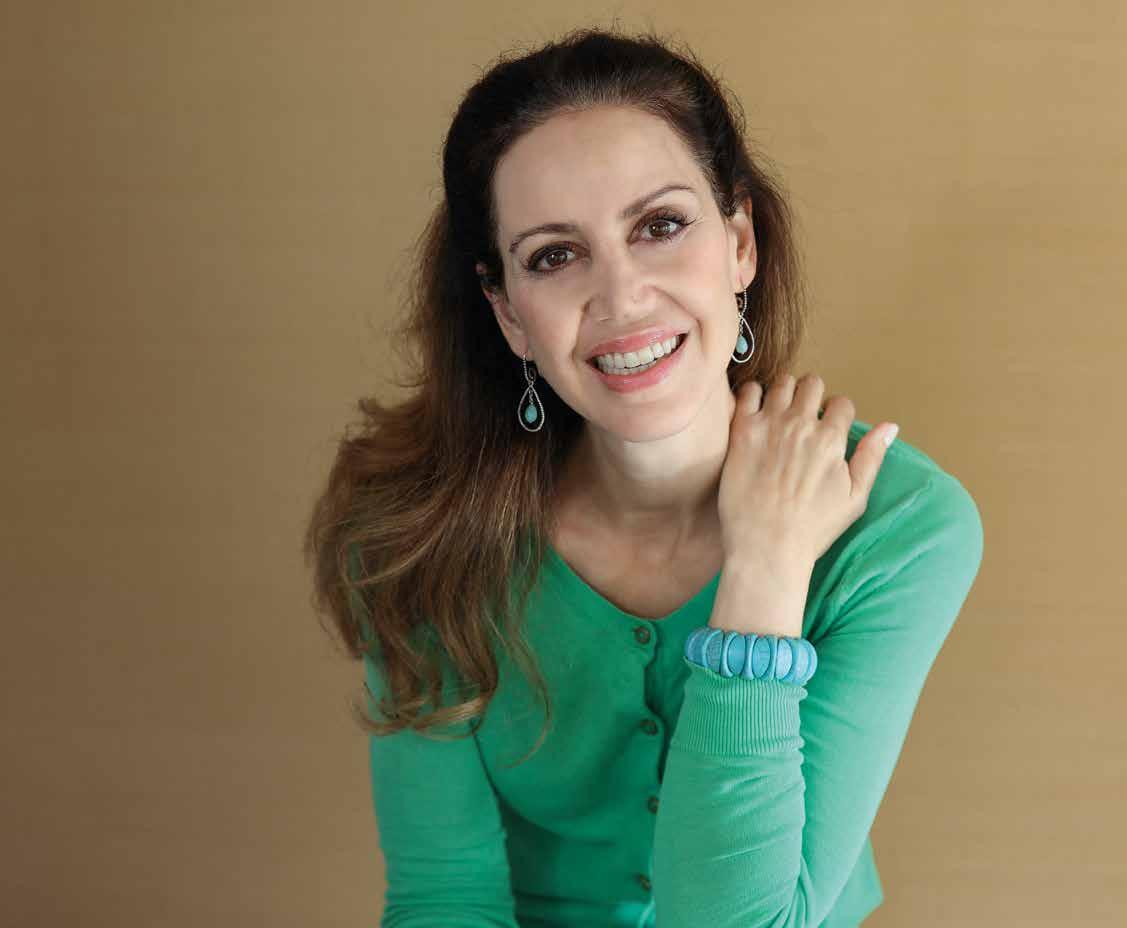
a good trousseau, or hosting an elegant, lavish baby shower, and we forget to prepare for it internally. However, it would be much more important to leave the maternity ward with a book like this, to help us understand what is going on in our society. The book really motivated me. At the end of each chapter, there were questions for group discussion. So, I got together some friends and invited them to read and discuss the book together. My academic background had nothing to do with the field of education. I had worked in auditing at Bank of America, and my life revolved entirely around spreadsheets, logistics, and the sciences. To me, taking care of a child meant preparing a nice spreadsheet with the daily schedule and everything
intention of becoming an educator.
What was your goal in taking the Parenting Education Course?
FL: Honestly, I just wanted my children to take a bath when I told them to, to sleep at the agreed-upon time, to stop fighting, etc., because I had two kids and I wanted them to get along. Those were my major goals. However, Dr. Jane's work captivated me in such a way that I felt I was able to teach others. When I finished the course, I needed to practice the teachings, because we learn more when we teach. That being so, I set up a group with the moms whom I related better to in my daughter's class, and asked them if they wanted to learn about the Positive Discipline methodology while
NO HUMAN BEING IS INDEPENDENT WITHOUT A CHOICE. YOU MUST HAVE A CHOICE TO EXERCISE INDEPENDENCE.
INSIDE CHAPEL 22

IT IS IMPORTANT TO KEEP IN MIND THAT AUTHORITY IS NOT SHARED, BUT POWER IS, SUCH POWER AS IS APPROPRIATE FOR THE CHILD TO WIELD.
I was learning it. They agreed, and the school welcomed the idea, and provided us with a room. Thus, we would meet for two hours every Monday, after dropping off the kids, and I would teach them what I had learned. The meetings lasted seven weeks.
And now you're a lead trainer. What was that journey like?
FL: At that time, ten years ago, I worked as a knowledge facilitator, not as a specialist, and I realized that I was competent enough to teach it. That's when I decided to get a Master's in education, because US universities embrace
diversity. When I applied for my Master's, they liked me precisely because I had a background that was different from education and teaching. I earned a Master's in Education, and did a two-anda-half-year specialization in play therapy, since playing is the language of children and teenagers. Along the way, I completed the Positive Discipline certification, and based on the methodology, continued learning through mentorships, which are meetings with other people, both certified and still studying. We do activities together and exchange ideas at in-person meetings. In the first
meeting that I attended right after getting my certificate, guess who was there? Jane Nelsen! I couldn't believe it. She is accessible and also friendly. Most of all, she is humble! She doesn't just write about Positive Discipline; she practices everything she studies. Jane Nelsen is Positive Discipline in person.
And how was that meeting?
FL: She was so delighted that Positive Discipline had reached so many countries, and that I was the first Brazilian to really embrace this philosophy, this subject matter, and to practice it, translate it, and be interested in sharing it with others.
23 INSIDE CHAPEL INTERVIEW –FERNANDA LEE
Hence, I pioneered Positive Discipline in Portuguese, and took it to Brazil, Portugal, and a few countries in Africa. I thought: this certification has changed my life. What if I offered it to others? Do other people also want to change? So, I started going to all the mentoring sessions, and Jane and I began to develop a friendship that lasts to this day. We even meet every week to study, and discuss spirituality and other topics. Our friendship is very deep. She spends time at my home, and sees me using Positive Discipline. In short, our friendship is very, very true and strong.
What do you consider most important in parenting?
FL: Self-knowledge – when parents know themselves, and know their pain, their traumas, losses, strengths, and goals. We parents become more conscientious when parenting, and, instead of transferring our desires to
our children, we celebrate their individuality. Some things may be similar, others, different. But how can everyone learn through their differences? How do we pass on values? We need to reflect on this.
You had the opportunity to raise your two children using this methodology. How are they doing now?
FL: Amen! Otherwise, I would have pulled out all my hair by now [laughs]. My son, Chris, is 18 now, and is studying on the other side of the country, in Pennsylvania, and is super happy. My daughter, Kate, who is 16, still lives with us, and we have a wonderful relationship. What touched me the most about this methodology is that the challenges become teaching opportunities.
I thought that the behavioral challenges that I had with our children were a problem directly connected to my incompetence as a mother.
THE FIVE PILLARS OF POSITIVE DISCIPLINE
Please give an example.
FL: When my children didn't want to take a bath, I thought it was because I wasn't raising them right. I thought that I needed to be strict, because my parents were strict with me, that being strict got a child to take a bath, albeit at the expense of self-esteem. So, while I didn't want to do what my parents had done, I also didn't know how to do it differently. At the end, I made the same mistakes they did. When you are introduced to another way of parenting, you have choices. So, when it's time to take a bath, instead of just telling my children to go do it, I would create a daily chart of routines with them. Then, we would take pictures of these routines, and they would tell me what they had to do so that bathtime would not turn into a nightmare. But be careful! This does not mean that the home should become a school.
How can parents ensure a more pleasant routine?
FL: The idea is to make our children
How to promote a healthy and respectful environment at home and at school, with comments by Fernanda Lee
1
Connection
The importance of the relationship between parents and children. Children and teenagers who feel loved and connected to their parents are more cooperative and behave better. “We have two basic needs: acceptance and contribution. I have to feel like I belong and have a sense that I matter.”
2
Mutual respect
Reduced conflicts at home. Respect for parents must be taught, just as adults must respect their children’s needs and understand their desires. “I respect you and you respect me.”
3
Effective communication
Clear and respectful communication. Parents who express themselves assertively, openly and honestly with their children teach them to communicate in the same way. “Education is a long-term
process. We don't teach just once. We cannot be in a rush to do away with the problem, because challenges are an opportunity to teach.”
4
Responsibility and self-discipline
Teaching children to be responsible for their actions and make better decisions is always better than punishing them for any mistakes. “We must invite children to discover how capable they are and how they can use their personal power in constructive ways.”
5
Problem solving and cooperation
When parents and children work together to solve problems creatively, children and adolescents develop important life skills, such as cooperation and empathy. “Positive Discipline teaches social and life skills. This can be applied both at school and in life: knowing how to listen, being resilient, cooperative, and creative, and having critical thinking, empathy, altruism, and honesty.”
INSIDE CHAPEL 24
FOR THERE TO BE A CONNECTION, THE CONVERSATION MUST BE CLEAR AND HONEST, BECAUSE ONE OF THE PILLARS OF TRUST IS TRANSPARENCY.
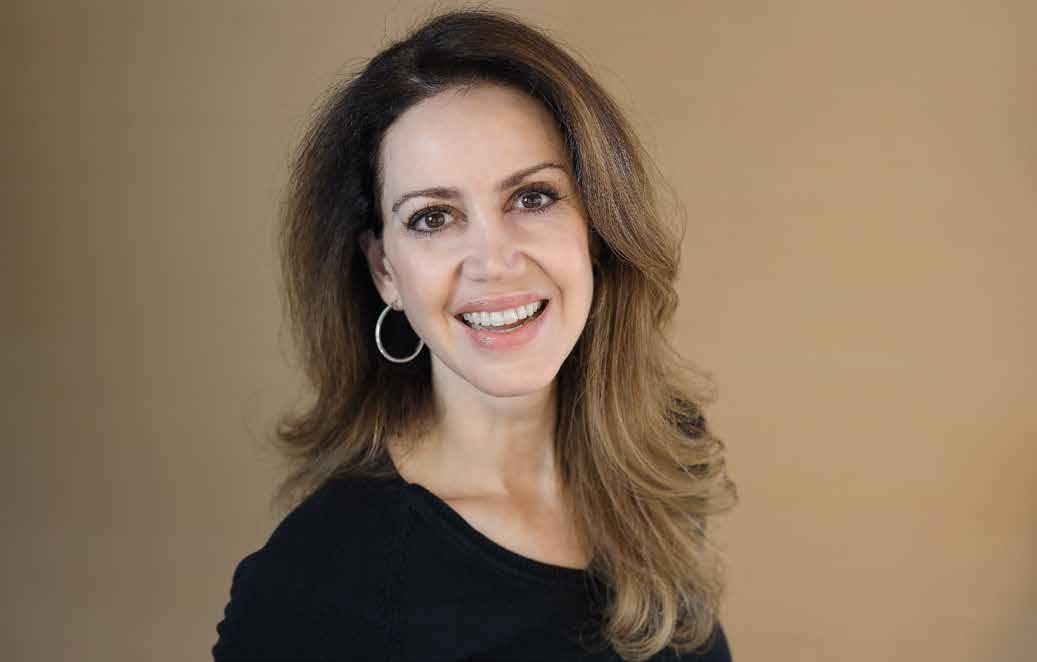
think about what they have to do. Some days, it will work, other days, it won't, but, in the long run… For example, my son, who is now in college, can self-regulate, and think about the routine he has to keep. Why? Because he experienced years and years of consistency and repetition, which allowed him to develop this skill.
To set up a routine of this kind, parents have to be up for it. What advice would you give to parents?
FL: Any time we use a Positive Discipline tool, that is, make a Positive Discipline intervention, we have to understand why we are doing it. Do I want children who are obedient, or do I want children who grow up to be people with character who make decisions, who solve problems? I ask this because, if I don't have a mind-set that motivates me to use that tool, I won't get the results in the long run. For example, your question made me
think that we can actually tell them to take a shower. Today, this may be easy for you to do, but if this pushy behavior repeats itself over time, what would be the outcome when they are 14, 16, 18, and leave home? What would be the outcome for them? Won't they look for someone who will boss them around because they simply don't know how to look inside themselves?
So, we're talking about consistency in parenting over time, right?
FL: Yes. Sometimes we want to solve our problem today, but end up creating a much bigger one for tomorrow, and every time we interact and connect with our children, although it may take more time today, it's as though it were a bank account. You make deposits – you deposit teaching, connecting, self-esteem, a sense of capability while asserting: “You are capable.” So when they face problems, they will actually know how to solve them, or, if they don't, they’ll at least have the resilience
needed to stand up and be able to solve them. When my son turned 18 and started college, I didn't go to him and say: “Okay, now you're the one who's going to take care of your own life, okay? I'm not going to manage your money anymore; I'm not going to wash your clothes anymore; you're the one who's going to do all this, because you're going to college...” Can you imagine how much I would have to teach him for him to go to college and be successful?
What was this process like with your son?
FL: He was taught how to manage money at a young age, with pocket money. After putting together a couple of dollars, if he wanted to go to the store and spend it all on matchbox cars, I had to keep myself from saying anything. I would think to myself: “Save some, my son,” but, at the same time, I wanted him to spend it, because the next month he wouldn’t have anything left. That’s exactly how he learned. “Oh, I’ve spent it all!” Then,
INTERVIEW –FERNANDA LEE
25 INSIDE CHAPEL
he would have nothing the following month. This is the type of reasoning that parents should practice, that is, keeping track. After all, we are parenting the whole time. Helping children look within themselves and realize, “I made a mistake.” “Really son? So what would you do differently next time?” “I would save my money.” Today, what is my son doing? He is studying economics; he has his own bank account and manages his own money; he has a savings account, investments, and wants to be a financial analyst.
You are saying that mistakes are opportunities to learn, is that it?
FL: We never know what the opportunities that we give them throughout their lives will awaken in them, but if we try to control their life too much, and solve their problems now, we will be stealing from them. We will be robbing them of the opportunity to discover who they are becoming.
How can parents be figures of authority for their children without becoming authoritarian?
FL: Parents are the authority in the home, and that is final. The way we
express this authority can be punitive and authoritarian (“I’m the one in charge here”), thus putting the adult over the child, or else it can be permissive (“My son is so cute; I feel so sorry for him; let me do for him”), thus putting the child over the adult. It is important to keep in mind that authority is not shared, but power is – such power as is appropriate for the child. A younger child does not have the same rights as his older sibling, such as that of using a knife in the kitchen or being able to walk on the streets alone, for example, but everyone has the right to dignity and respect. Power has to be shared appropriately, according to what the child is capable of doing. You wouldn’t assign a seven-year-old and a two-year-old the same responsibilities. We must assign adequate and appropriate power to each age group.
How can parents help children use their personal power constructively?
FL: It's simple – by giving children such power as they are able to handle. However, what do parents do? “You’re going to wear this outfit; you’re going to sit here; you’re going to eat this;
you’re going to do this right.” How many commands do we give in a day? Roughly 200. No human being is independent without choosing to be so. You must have a choice in order to exercise independence. When you have no choice, because your life is regimented and imposed on you, you use your power in destructive ways. Examples of this would be rebellion, revenge, and even self-mutilation. Apathy too. The child may give up, and do so completely, because they know they can't fulfill the standard that was imposed on them.
So, how can parents dose the power that they allow the child to have?
FL: The word is self-knowledge. First, we have to assess what we are doing that is contributing toward being useful or useless, and learn about other tools that we can use, since there isn’t just one. For example, curious questions are a tool. Curious questions are a way to share power. When one sibling is fighting with the other, you could ask “What do you want that you’re unable to get with words?” Try saying it. It’s a parable. It’s a curious question. A curious question is when you ask
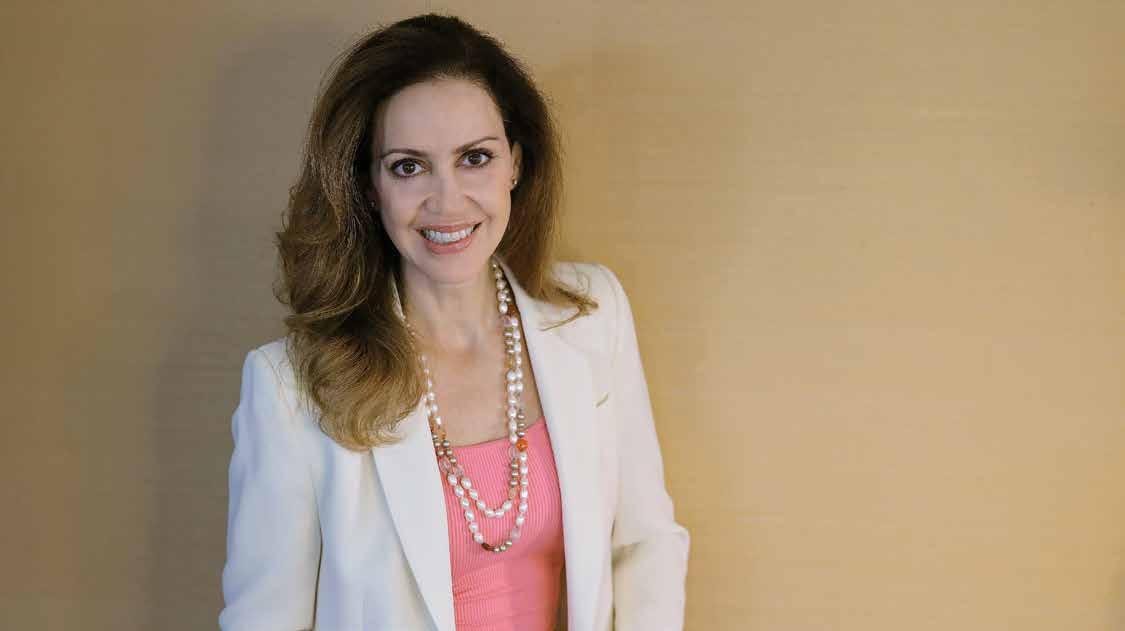
WE
CANNOT BE HYPOCRITES AND ACT DIFFERENTLY FROM WHAT WE SAY. WE ALSO HAVE TO FOLLOW THE RULES, BECAUSE WE ARE THE BEST TEACHERS WHEN WE SET THE EXAMPLE.
FROM POSITIVE DISCIPLINE TO POSITIVE PHILOSOPHY: A HUMANISTIC APPROACH TO LIFE
Positive Discipline was created by American psychologist and educator Jane Nelsen circa 1980. The approach was inspired by the ideas from humanistic psychologists Alfred Adler and Rudolf Dreikurs, who upheld that affective connections were behavioral drivers. Austrian Alfred Adler was the founder of individual development psychology, and, as early as 1870, argued that all people had equal rights. “Before there was neuroscience, before psychology was considered a science, this professional already spoke about dignity and respect. He was a visionary,” observed Fernanda Lee. Drawing on Adler’s and Dreikurs’ knowledge, Jane Nelsen wrote the book Positive Discipline, which was published in 1981, and marked the emergence of this approach in its modern form.
Years later, Jane Nelsen met scholar Lynn Lott, and because of their affinity, decided to create the worldwide association of Positive Discipline, whose teachings have spread to 88 countries, by founding the Positive Discipline Association. “Dr. Nelsen continued to develop Positive Discipline for teenagers, for children with disabilities in the classroom, and for single parents. She wrote a series of twenty books, including children's books, and a great deal of material. Lynn Lott developed a very similar theory, called Encouragement Consulting. While Positive Discipline has tools to help parents teach their children, Encouragement Consulting has tools to help parents recreate their inner child,” reports Fernanda Lee, who decided to combine their work, translate it, and make it available to train parents and health professionals. “Within the Positive Discipline family, I have broadened the spectrum, because both Positive Discipline and

Encouragement Consulting are based on Alfred Adler's humanistic theory,” she explains.
Fernanda Lee was a pioneer in translating the Positive Discipline books into Portuguese. She translated the parent certification handbook, the school handbook to be used in the classroom, the early childhood education handbook, a handbook for empowering people in the workplace, and the handbook for cultivating joy in relationships. She was also a pioneer in the parenting training certification. “I started officially in 2015, when I took Jane Nelson to Brazil. I currently help parents, health professionals, teachers and anyone interested in educating with respect become certified,” she concludes.
a well-made question and pause to listen to the answer. If you only ask a question, and you're not curious to find out the answer, there's no point. We need to learn to ask: How? Why? Which? “Let me see how you understand this: Why do you want to play more video games? Tell me what you like most about this video game.” “It’s because I’m playing with my friends.” “Oh, so what you value is being with your friends, right?”
"Right!" “So, explain this to me: what time do your friends play?” “They are playing now, come on, let me play.” "I understand. When does this game end, and how can we agree on a time for you to finish playing with your friends, so that you can do other things?”
When we give the other person room to talk about what is important to that person, and we value what is important
to a person, the person will want to value what is important to you, and then you get cooperation instead of competing for power.
And what do you gain from this behavior?
FL: First, we turn the parents' world upside down, because, when we stop tyranny from taking reign over the home, the atmosphere changes. Everything changes. Children get less sick, because their immune system is not being stimulated all the time by alerts. It's phenomenal. What I hear the most from parents, after they take the course, is that Positive Discipline is a game changer, and that, in this quickly changing world, it is needed both at home and at school. By expanding our access to information, the world becomes more equal, and those who
don't keep abreast will be left behind. One of the consequences that we are already experiencing is the mental health crisis. People are unable to connect, and relationships are what can make the difference. We have to create a democratic environment at home, so that children can live outside of it. The home is the first model of society. In this sense, Positive Discipline methodology is democratic, remembering that democracy does not mean doing whatever we want. It implies rights and duties. In a democracy, everyone has the right to speak, but not everything will be accepted.
Please give an example of this democracy at home.
FL: My son has the right to say what he wants for dinner, what clothes he wants to wear, or if he wants to go to a party,
27 INSIDE CHAPEL
HOW SHOULD THE PRINCIPLES OF POSITIVE DISCIPLINE BE USED?
Less punishment, more compliments on what was done well.
Be consistent, establish clear rules.
Act respectfully, lovingly and cooperatively.
Provide choices, and avoid unnecessary conflicts.
Avoid misunderstandings by communicating objectively.
WHEN EDUCATING, WE HAVE TO ASSESS WHAT WE ARE DOING THAT IS CONTRIBUTING TOWARD BEING USEFUL OR USELESS, AND LEARN ABOUT OTHER TOOLS WE COULD USE, SINCE THERE ISN’T JUST ONE.
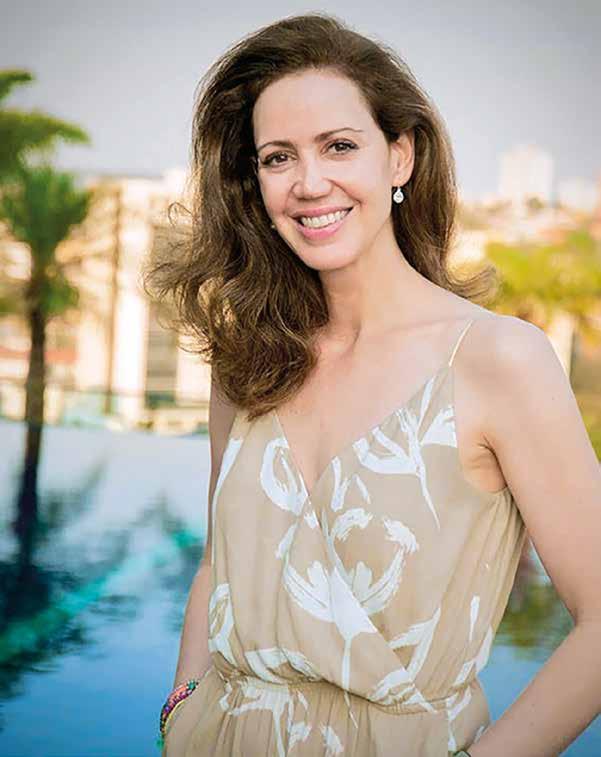
for example. And I respect his opinion. However, I also have an obligation to take care of his health and safety. And this is the conversation I have with my children: “If you don't sleep at least eight hours at night, son, you have no right to use the car the next day, because you know what happens to your brain when you can’t sleep at least eight hours?” “But, mom, I get super rested...” “This is how it goes: I tell you the rule and you decide how many hours you want to sleep, because the brain needs to go through a cleaning process, and when you don't sleep these eight hours, you wake up a little tired, as if you were drunk. Would you let Mom and Dad drive drunk?” "No.” “So I won’t let you drive drunk either, especially since you take your sister to school.” Hence, he can sleep at whatever time he wants, but he won’t get to use my car. That is democracy. You have the right to choose, but there are parameters to be followed. This is how we generate trust.
And parents are responsible for imposing the parameters, but they must also follow them, right?
FL: Exactly. We cannot be hypocrites, and act differently from what we say. We also have to follow the rules, because we are the best teachers when we set the example. For there to be a connection, the conversation must be clear and honest, because one of the pillars of trust is transparency. There is no point in wanting to control our children's behavior, if we don’t invite them to think about the problem with us. The school should adopt the same stance. When we use Positive Discipline in the classroom, we teach in a circle; we give everyone the chance to speak, because we are talking about some problem. Thus, everyone becomes a leader, and some already have better listening skills than others. That’s the main idea, meaning that not everyone is the same. The idea at school is to establish rules for us to work together, to learn, to teach, and for everyone to have fun. If school is boring, no one will want to go back, but it can't just be fun, to the point that it will
INSIDE CHAPEL 28
no longer teach. So, what rules are we going to create? On the first day of school, you invite the students to turn the atmosphere and environment of the school into a place where everyone wants to stay, because the student feels like he makes a difference there.
Speaking of school, Chapel has adopted the social-emotional curriculum for many years now, which is all about Positive Discipline. Do you know it?
FL: Yes, at Chapel this has already become common sense. Instead of screaming at the student, a conversation is entertained about a certain behavior not having been cool, and there are questions about how to correct the mistake. It’s no use just answering, “I’m sorry.” No, “I'm sorry” is not enough.
You still must admit the mistake, reconcile and fix it. If the student doesn't know what to do, no problem, we’ll teach him, and we’ll do so as many times as needed. That’s what education is all about. The word education comes from Latin, and means to extract. We are good educators when we know how to extract what’s best from others.
If Positive Discipline is not just about parents teaching their children, what have your children taught you that has been most relevant in your journey as a mother and professional?
FL: I think what has struck me the most is the practice of giving yourself to others, the whole time. How much I have given up, and still give up to do things for them, so that they have a home that not only has food, a roof
LEARN MORE BY CHECKING OUT
POSITIVE DISCIPLINE BOOK
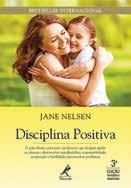
POSITIVE DISCIPLINE IN THE CLASSROOM BOOK

POSITIVE DISCIPLINE FOR BUSY (AND OVERWHELMED)
POSITIVE DISCIPLINE FOR CHILDREN WITH SPECIAL NEEDS
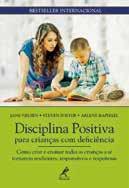
PARENT: HOW TO BALANCE WORK, PARENTING, AND SELF FOR LASTING WELL-BEING PAPERBACK
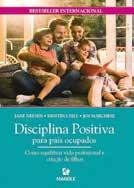
POSITIVE DISCIPLINE THE FIRST THREE YEARS
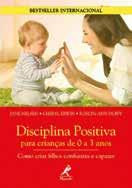
and shelter, but also my emotional availability. I say this because, if my head were completely filled with stress, how could I be there for them? Moreover, even though this is an exercise in donating myself in a major way, what makes me happiest about having discovered Positive Discipline is that I am leaving two legacies for the world: two people who had and still have access to a type of parenting that did not need corporal punishment to be successful. My children neither mistreat their partners nor accept being mistreated. So, the biggest lesson we can pass on is that Positive Discipline works, and that this will be carried forward, because generations that suffer trauma carry trauma forward, while generations that have and are given love will bear love.
POSITIVE DISCIPLINE FOR PRESCHOOLERS
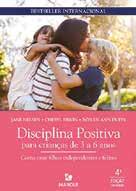
POSITIVE DISCIPLINE FROM A TO Z: 1001 SOLUTIONS TO EVERYDAY PARENTING PROBLEMS
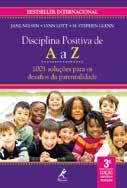
SELF-AWARENESS, ACCEPTANCE, AND THE PRINCIPLE OF ENCOURAGEMENT

POSITIVE DISCIPLINE FOR TEENAGERS
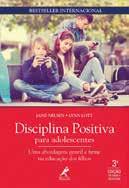
KNOWING YOURSELF IS LOVING YOURSELF: EXERCISES TO DEVELOP SELFAWARENESS AND MAKE POSITIVE AND ENCOURAGING CHANGES
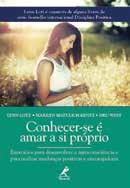
INTERVIEW –FERNANDA LEE
29
By
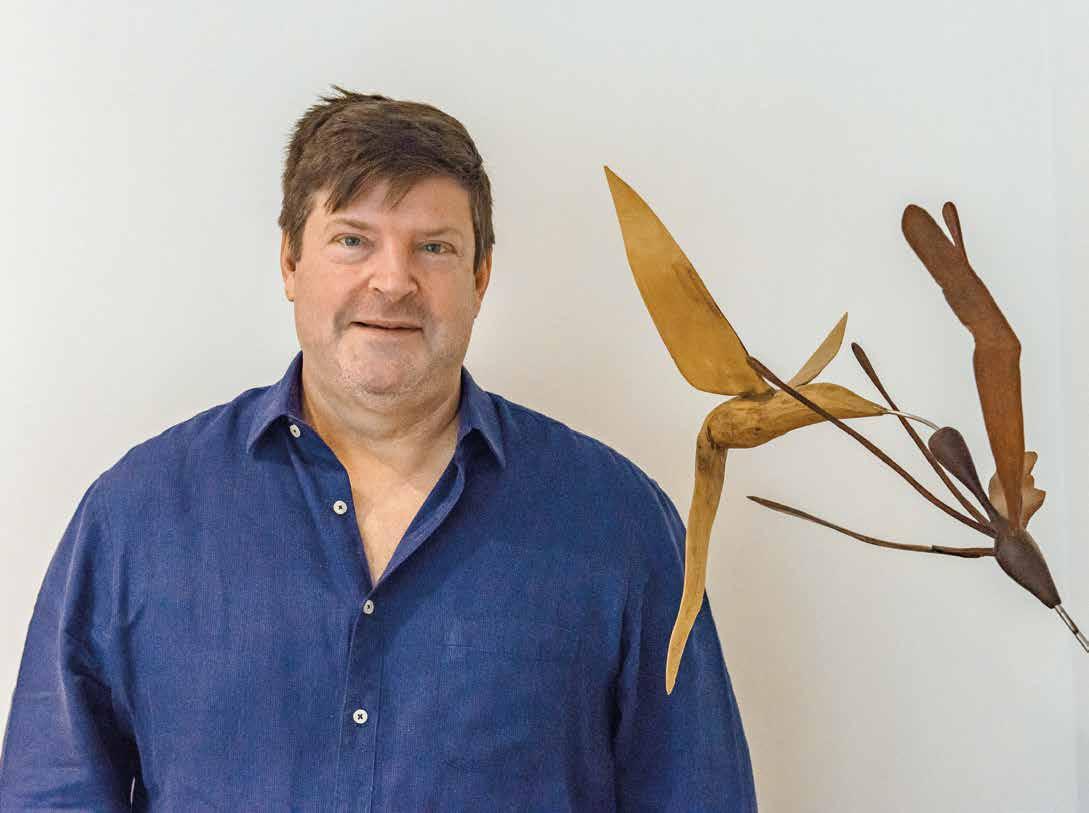
BACK TO HIS ORIGINS
AFTER A HIGHLY SUCCESSFUL CAREER IN THE INTERNATIONAL CORPORATE WORLD, DAVID FREY WENT BACK TO HIS ROOTS. HE WAS REUNITED WITH HIS COUNTRY, HIS FAMILY’S STORY, HIS FRIENDS, AND ALSO HIS CHILDHOOD PASSION FOR PHOTOGRAPHY.
Whenever the courier made a delivery to the house in Alto da Boa Vista, São Paulo, someone other than the recipient, Eileen Paris, was interested in the contents of the package. It was Eileen’s seven year old grandson, who would run excitedly to look through the National Geographic magazine that was delivered every month. The boy already loved playing in the nature of one of the city's least explored neighborhoods at the time. He was enchanted by the famous publication’s pictures, with striking landscapes taken by great photographers at different locations around the world. It is with this memory that David Frey, Chapel class of 1984, begins to tell us his story.
Although the neighborhood is fully embedded in urban life today, back in the 1970s, it was made up of farms where many immigrant families had settled. David's family was one of them. Since most of those who settled there spoke English, the zone had schools that included Chapel School. It was there that he and his sister were enrolled, put down roots, and forged friendships that remain to this day.
30
INSIDE CHAPEL
Adriana Calabró
Photos: Paula Marina and David Frey
ALUMNUS
David's birth family has American, English, and Swiss descendants, who came to Brazil to work in the coffee business in Santos. He was born in Santos and lived there until he was seven years old. When his parents separated, he moved to São Paulo to live with his mother. Their house was on a plot of land purchased by his great-grandparents, which today holds his home, his mother's home, and his sister's home, as well as a common area in a large garden. “I started studying at a Brazilian school, but my family thought I might forget English, so they enrolled me in the 4th grade at Chapel,” he recounts. Initially, the new school was daunting to me, because it had a different dynamic, and more discipline and requirements, compared to the previous one, where teachers were still called “tia” (auntie in English).
However, as soon as he got used to the novelty, David began to love school, and to nurture a special affection for Sister Benjamin, his first teacher. Another important person mentioned by David was coach J.C., an icon to all the boys at that time. “It wasn't easy to manage the kids, but he was able to do so. There was a tradition, because we had already won several soccer championships, and J.C. didn't want to lose, so he made us practice really hard. In those days, everything was open, and he would make us climb up to the sidewalk to run, and then climb down

to finish the circuit.” This environment, packed with studying and sports, was decisive for David, who considers himself very lucky to have had a group of friends who stayed together from the 4th grade to the last year of high school. “It was an international school, and the kids often came with their parents, stayed for two or three years, and then went to live in another country,” he explains. He also remembers the activities that would take place outside of Chapel, which brought the community together, including the 4th of July BBQ. People would cook, socialize, and, of course, enjoy a wonderful cookout.
Ties of Affection
David recounts three emblematic stories taken from this universe of relationships forged at Chapel. The first is about Michael O’Neill, one of his five best friends from high school, whom he reencountered after 20 years. Thanks to social media, and to a post by Led Zeppelin, which caught David's attention, they had a phone conversation that lasted almost an hour and a half. The chat led to a joint photography trip through landscapes in Canada, which both had been planning to do for a while. It is worth mentioning that, at this point of the interview, David raved about his friend for being one of the best underwater photographers in the world, and recounted the awards received by his friend from the British Museum, a major
MY MOM ALWAYS TOLD ME: THE FRIENDSHIPS YOU MAKE AT SCHOOL AND COLLEGE ARE THE ONES THAT WILL LAST FOREVER, REGARDLESS OF TIME. THAT’S EXACTLY WHAT HAPPENED TO ME.

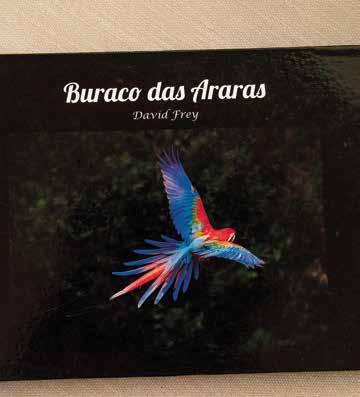
31
recognition in the field. As for raving about himself, well, that just isn’t the style of our interviewee, who remarked that his photographic work was a hobby. The pictures that illustrate this article are here to refute such modesty.
The second story, which confirms the theory that friends made in childhood last forever, is about the WhatsApp group that was created by one of the students in his class, and that currently has 29 members from nine countries. At least once a day, there is a message from someone from Chapel from some part of the world. “We are trying to organize a reunion for everyone to meet up,” discloses David. The third story, which is the icing on the cake, is about his current wife, Daniela. “We studied together from 4th to 8th grade. Then, she moved to another school, finished school, got married, and had children. I also got married and had children. In other words, we lost touch, especially because, at that time, there were no cell phones or anything like that.” They were apart for all of 40 years, until one day David returned to Brazil to see his family. At the time, both had already separated from their respective spouses, and then they met up again. The upshot: they have been together ever since then. Daniela is a woman of natural elegance, extremely
friendly, and, like David, passionate about nature. She was with us during the interview, and revealed herself as a great supporter of his photography work, among other things.
Solid Career
When Frey graduated from Chapel in 1984, he was not sure what he wanted to do, but he knew the field would be business. Therefore, he chose a college with a more general program – Brown University, in the state of Rhode Island, United States. His parents thought it would be a great idea for him to experience living abroad alone. Four years later, he graduated, and decided to come back to Brazil, with his Economics degree in hand, and a job lined up at Dow, an American multinational. It was a very difficult time for the country, but a real school of learning for those interested in finance. “The entire economy was indexed; inflation soared to 40% a month, and Brazil’s Interbank Deposit Certificates (CDIs) hit 3% a day. The economic packages changed from one minute to the next, and, if you were able to survive, you came to understand a great deal in a short period of time,” he recalls. Although David talks about his path upwards with the usual discretion, it really was remarkable.
He worked for two years in the finance department of the Brazilian subsidiary, and was then transferred to the company's Latin American headquarters in Miami to hold the position of assistant treasurer. When he was 27, he went back to São Paulo as finance manager for Brazil. He worked hard for four years, marked by an invitation to work at the parent company headquarters in Michigan, where the company was founded. It was yet another journey with challenges and achievements in the company, first in the treasury and financial areas on a global level, then in Global M&A, which was more strategic and closer to business. Finally, he became the CFO of the corporation's largest division, Performance Plastics, and held the position for eight years. In all, he spent three decades at the company; the milestone coincided with two other events, namely, Dow’s global restructuring through mergers, and new strategies and changes in his personal life, which included a separation, and his children going off to college. That was when he decided to retire. “The last 20 years at work were on a 24/7 scheme, meaning I was a little tired. I needed to re-energize, and I decided to take a long sabbatical, which has more or less continued to this day!” he laughs.
WHEN MY CHILDREN WERE LEAVING HOME, I THOUGHT: I NEED A HOBBY, SOMETHING TO BALANCE THINGS OUT BETTER.
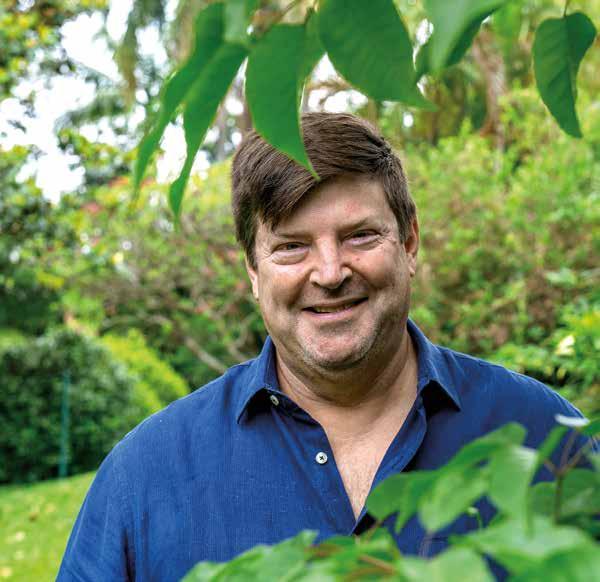
Passion Uncovered
David's joke about his sabbatical is interesting, because, when he opens the book of photos that he produced—given out as a gift to family members only—what you see is a professional photographer. The images have sensitivity and technique, and, although he describes them as a hobby, their quality is comparable to those produced by the best nature photographers in the world. Not by chance, National Geographic—yes, that magazine from his childhood—wanted to buy one of David’s pictures to include it on one of its pages. This is an editorial relationship that will probably not stop here, but let us go back in time a little to understand how the businessman became a photographer.
“When my children were leaving home, I thought: ‘I need a hobby, something to balance things out better.’ ” That was when his interest in photography, which he had since he was a child, was fully rekindled. It was a passion that was never forgotten. So much so that when David was in college, his curriculum included a semester in Italy. He was studying Economics and Political Science, but the elective that caught his attention was black and white photography! “I studied in those dark rooms, with pictures that I developed manually. It was the best choice that I could have made. I backpacked through Europe, took pictures and developed them myself. The course made a difference,” he says.
The first thing David did when he retired was buy a camera. Now, it was a digital one, and he resumed things instantaneously. He learned the mechanisms, started taking pictures, and... almost gave up! “I looked at the pictures I had taken, and those in the magazines or on the Internet, and thought to myself, ‘this isn’t for you.’ Then, I was lucky enough to take pictures with more experienced people. I started looking for photographers whom I wanted to learn from. I called one of them and said: “I like your photography. I want to go to Oregon at the end of the year. I know it's kind of difficult, but are you available to take pictures?” The guy answered, “Yes, I'm going through a separation, and I really want to get out
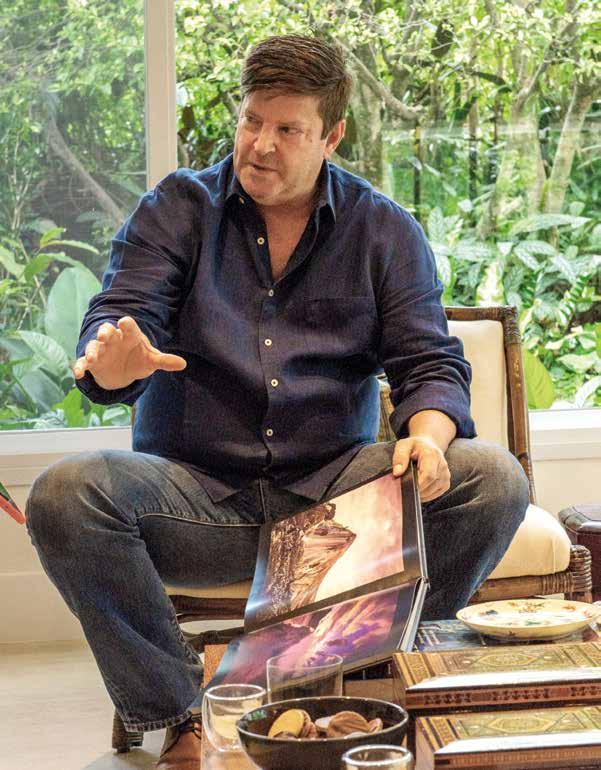
IN ADDITION TO CAPTURING LANDSCAPES FROM AROUND THE WORLD, DAVID ALSO TOOK PHOTOS OF PANTANAL JAGUARS, ONE OF THE BIGGEST CHALLENGES FOR NATURE PHOTOGRAPHERS.

33 INSIDE CHAPEL ALUMNUS –DAVID FREY
of here, so let’s go.” Conclusion, David spent New Year's Eve taking pictures at Bandon Beach, Oregon with a stranger, learning and studying photography, and continued this dynamic until he achieved the technical excellence he wanted. The outcome was very successful, just like his corporate career. After all, planning is something that David’s two profiles have in common, that is, it is an asset that this high-ranking businessman has as a constant in all the photographic journeys he undertakes.
It is worth remembering that, in the art of photography, technique is not enough. You also need emotion, and this can be seen in David when he talks about his new job. His face lights up, and he smiles easily. “Landscape is light, and the direction of the light. So, when I plan to go somewhere, like to a beach, I look it up on Google Earth, see where it is, what time the sun rises, and what time it sets. I check the direction of the sun in the apps too. If it's going
to be a picture of the sea, it'll be even more complicated, because there's the tide. So, there are a great deal of elements to think about. You are very rarely lucky enough to have the gods of photography on your side, to allow you to just step out and start clicking away. Most of the time, it takes hours to get the ideal shot.” In David’s case, it was hundreds, maybe thousands of hours: Death Valley, Carrizo Plains, Pfeiffer Beach in California, the lake of frozen methane bubbles in Canada, the famous sea stacks on the Oregon coast, a giant oak tree – the oldest living specimen in the Mississippi region, the famous locomotive that originated the Polar Express movie, the barns in Michigan, not to mention the landscapes in Brazil’s Lençóis Maranhenses, Pantanal (and its jaguars!), Fernando de Noronha, and so many other incredible landscapes. His wife Daniela is one of his most avid supporters on this journey, and also keeps him company on his trips.
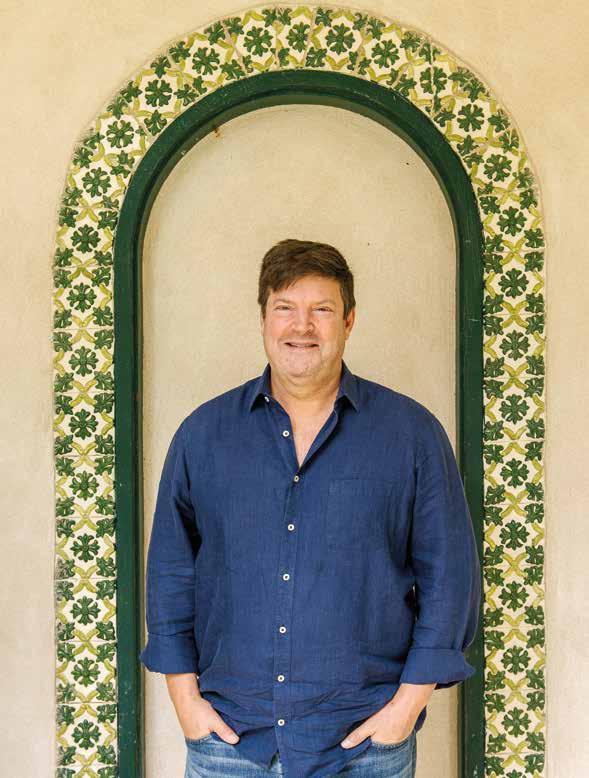
“He turns into someone else when the camera is in his hands; he seems like a different person,” she observes. A good example of this, in the most “don't try this at home” style, was David's adventure with a lighthouse that was covered in crystallized ice. To take the shot, he had to cross a dangerous patch over icy waters, unprotected except for his ice boots. “On the way back, I realized that I had gone too far out, and that I had taken a big risk,” he says while exhibiting the click’s impressive outcome.
Another adventure took place with the Inuit peoples of Greenland. David had been unable to keep up with a group of photographer-hikers whom he had joined, and the guide offered to accommodate him at his home in the Inuit village. “When we got there, I saw a little house where he lived with his family, and another one, with a mattress on the floor, where I stayed. I was able to spend two days with them, and even went grocery shopping with the guide's wife’s, who guided me through what I needed to prepare our dinner. She had chosen leg of lamb for the menu,” he recalls with satisfaction.
Family Time
David has twins from his first marriage, his son Cris, and his daughter Carol, whom he is very proud of. They were born in Brazil, but at age one moved to the United States, where they grew up and built their lives. “They love coming here, traveling, spending time with family, with my mom. They like the food. They find everything very exotic, very interesting,” says the father who does not shy away from praising his children's intellectual talents. “I don't know where they got the scientific gene from, but they have gone in this direction. My daughter is finishing a PhD in materials engineering in Santa Barbara, and my son is on the other coast, in the Applied Physics Laboratory at John Hopkins near Washington D.C. What they do is far beyond what I can understand,” he jokes. Another family member that David proudly includes in the conversation is his mother, Lula Reed. Given that her house is on the same plot of land, our reporting team decided to visit her quickly, that confirmed what her son had already
34 INSIDE CHAPEL
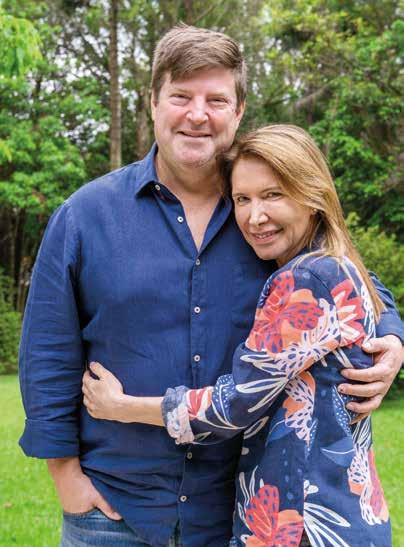
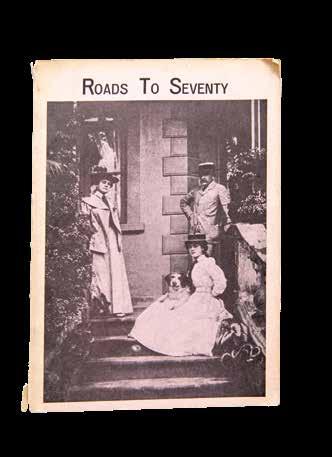
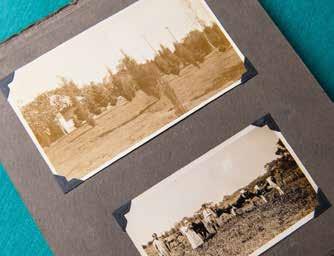

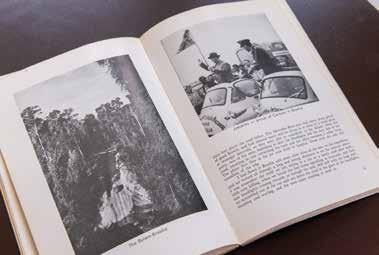
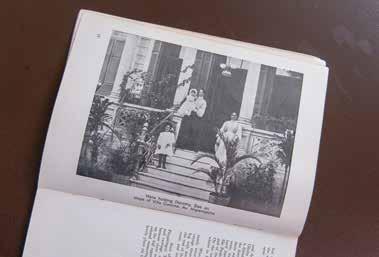

said about her. At age 90, the friendly matriarch knows the name of all the plant species there, and knows so in Latin! “When I came back to Brazil,” recounts David, “I was able to reconnect with my mom and also with my dad, who lived in Santos, and passed away last year. I was able to spend a little more time with him, because I got to see them only three or four days a year when I was working.” David went back to his origins, to the home that held his family's history and his childhood memories, among which were the boxes of National Geographics in the basement.
When asked what his plans for the future held, after having secured an enviable portfolio of landscapes, macaws, and jaguar images, the inveterate planner mentioned photographing Brazil’s hummingbirds as something which he has already started doing, but which he views as a long-term project. “Hummingbirds only exist in the Americas, and since there is a lady from California who set out to photograph all 360 species in the world, I have pledged to photograph at least Brazil’s 80!” he laughs. In fact, the first ornament he bought with Daniela when they met again, in 2019, was a hummingbird sculpture. Could this have been a sign from the photography muses? Whatever it was, it seems that they are feeling right at home in David Frey's new stage.
35 INSIDE CHAPEL
–
FREY
ALUMNUS
DAVID
By Claudia Alaminos Photos: Personal archives

WANT TO INFLUENCE YOUR TEENAGER?
FIRST AND FOREMOST, LOOK FOR THE CONNECTION
RAISING TEENAGERS HAS NEVER BEEN STRAIGHTFORWARD, AND THE ADVENT OF TECHNOLOGY IN YOUNG PEOPLE’S LIVES HAS MADE THE ROLE PLAYED BY PARENTS AND TEEN EDUCATORS EVEN MORE COMPLEX.
It is uncommon to meet parents of teens who believe they have the skills required to parent successfully. It is also uncommon to find parents willing to raise their children based on the changes undergone by this world. Many are stuck replicating the upbringing they themselves had, but it should be pointed out that the parenting of teenagers in autopilot mode has made it even more challenging for both parents and children. We need to be deliberate.
Ask yourself: What type of adults would I have liked to have by my side when I was my child's age? What would have been the most productive way for them to react to my mistakes and challenges? What is my goal when raising my child? What do I need to do to achieve this goal? This is what I call Intentional Education.
Society also places a heavy burden on adolescence. Many parents fear the arrival of this phase for their children. Adults often use the daunting and unfair term "abhorescence" when referring to this period. Young people face constant judgments and rejections during their adolescence, a time when their identity is not yet fully formed, and hence, still fragile. Given this scenario, the cultural
INSIDE CHAPEL
36 ESSAY

narrative concerning teens must urgently be changed, and it can begin with each of us.
The good news is that we understand much more about teenage development today than in the past, and we can use this to parent young people respectfully. Understanding teen development, knowing how the teenage brain develops and works, helping them manage risks, teaching them empathy, promoting resilience, knowing how to come to an agreement and communicate well are all skills that parents and professionals can both learn and teach when dealing with teenagers.
It is helpful to be aware of some of the specifics of the adolescent brain, which make it easier to understand certain behaviors:
1. The human brain finishes developing at 24 or 25 years old.
2. The last part of the brain to develop is the prefrontal cortex, which is
responsible for functions such as rational and planned decisionmaking, impulse control, emotion management, focusing on an activity, time-management, and anticipating the consequences of our actions, among others.
3. While the brain is still in the process of developing, teenagers interpret situations using the amygdala (the emotional part of the brain), which is why they are impulsive, sensitive, and take many things personally.
4. Yelling or getting frustrated with a teenager is not productive, because screams activate the "fight or flight" response, which is also carried out by the amygdala. Teens either get angry, as a response to our behavior, or disconnect completely, and do not understand what we say to them.
5. The adolescent brain undergoes neural pruning, which makes teenagers more quiet, isolated, and forgetful.
Have you ever noticed how some of the teen behaviors that we criticize and sometimes reprimand are a consequence of the brain development stage they are in? We could be much more effective in parenting if we were aware of this, because we would be able to differentiate between misbehavior and expected behavior for their age. Remember that even expected behavior may require intervention; we need to change the way we judge their behavior.
It is important to keep in mind that every behavior is a means of communication, and a way to express a need. It could be helpful to ask ourselves: What is my teenager trying to communicate through their behavior? What need of theirs could be satisfied for them to change their behavior? If we act like a detective instead of a judge, judging their behavior as right or wrong, good
37 INSIDE CHAPEL
or bad, we could be part of the solution, and help the young person fulfill their needs.
I have spoken to many teenagers, and, among the various needs that they single out, three have proven to be fundamental for them to feel more comfortable in their own skin: belonging, relevance, and competence.
Feeling assured that they belong to a family, a school, or a group of friends is an important need, and brings with it a sense of security and acceptance.
How can a teenager feel important? By our not becoming accommodated to their isolation, by inviting them to take part in an activity, by saying we miss them, and by doing activities with them.
What about helping them feel competent? By asking for their opinion, by asking this young person to teach us something, or by allowing them to do something they already know how do, but that we often insist on doing for them, like preparing a snack for the family, helping take care of a child or an elderly person, knowing they can handle something, and that we adults trust them.
If we could not only pay attention to these needs, but also highlight what the teenager has that is good and what they do positively, the chances of improving both our relationship with them and their behavior increases considerably.
“But Claudia, I listen closely to my teenager’s needs, and it is all so very difficult!” How can I come closer to them and be heard? This is the question I hear the most in my parent counseling sessions. I will provide a few examples of what can be done and may improve the connection, and hence teen behavior. I would like to emphasize that certain approaches would require an individual session.
1. Do you want to influence a teenager? Connect with them first . Connecting with them doesn’t mean that you have to be stuck to them or know everything about their life. Connection begins with adult intervention. Show them that you are interested in what interests them; be curious about their new taste in music or the clothes they
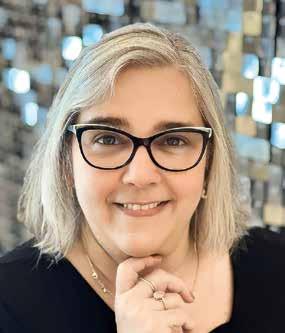
wear; appreciate the changes that adolescence brings, and treat them differently than you did when they were young children; listen attentively - don’t be distracted.
2. Teenagers are impulsive because of the stage of their brain development. If you wish to improve their risk assessment of a behavior, it is important that you remind the teenager of his inner voice, one we all have. Repeat it anyway: If something embarrasses you, if something seems wrong, stop and think before deciding. If something seems wrong, it probably is, even though everyone else may be doing it, or pressuring you to do it. It is important that we show our kids that we confide in them, and in the upbringing we have given them. Remember? They need to feel competent.
3. When parenting teenagers, we tend to focus on what is not going well, what needs improvement, or what needs to be corrected. We do this with the best of intentions, but it needs to be said that we must maintain a certain balance. It is also essential to point out positive things that teenagers do; this tends to make a difference in their behavior and willingness to help. When we only point out what is not good, we make the teens always feel like they owe us, as if they were not enough to fulfill their role of a dream child.
4. As parents, we can set rules about what is non-negotiable in our family, but I should also point out that if we have too many of these rules, it will be almost impossible to monitor their compliance. Set
down a few rules, and make them clear. In other situations, establish agreements . Before you feel that you have already come to an agreement, and that the teenager has not kept his part of the bargain, I should clarify: in an agreement, both parties collaborate, there is negotiation, both parties give up some demands in order to reach a viable solution for everyone. In addition, an agreement must have a specified deadline (if the teenager has to do a house chore, for example, the agreement must specify the time when they should do it). It is important to keep in mind that the agreement is not a guarantee of their compliance, and that adults need to keep track of the teen’s compliance. Remember? The teenage brain still has to develop to the degree that it can manage time as an adult would.
5. As a final piece of advice, I would say, pick your battles . Sometimes, we forgo quiet, happy moments with our teen, because we correct them too often. Let go of wanting to teach them all the time; live, and have fun with your teenager; invite them casually, and go out with your child as you would with a friend; be good companions to each other.
As I mentioned at the beginning of this article, raising teenagers has never been simple, but learning about this stage, taking practical steps, and making a few adjustments in how to approach teenagers can make a big difference in their behavior, and in the relationship between parents and children. Do not let yourself be influenced by the common discourse that says this generation is worse than the ones before it. This generation is different from ours, their relationship with authority has changed. A great many of the challenges we face in parenting teenagers present themselves because of repeated models. Teens have an amazing potential, and can also teach us many things. The first step we can take is to be open to them.
Maternal hugs.
Claudia Alaminos.
INSIDE CHAPEL 38

SPOTLIGHT
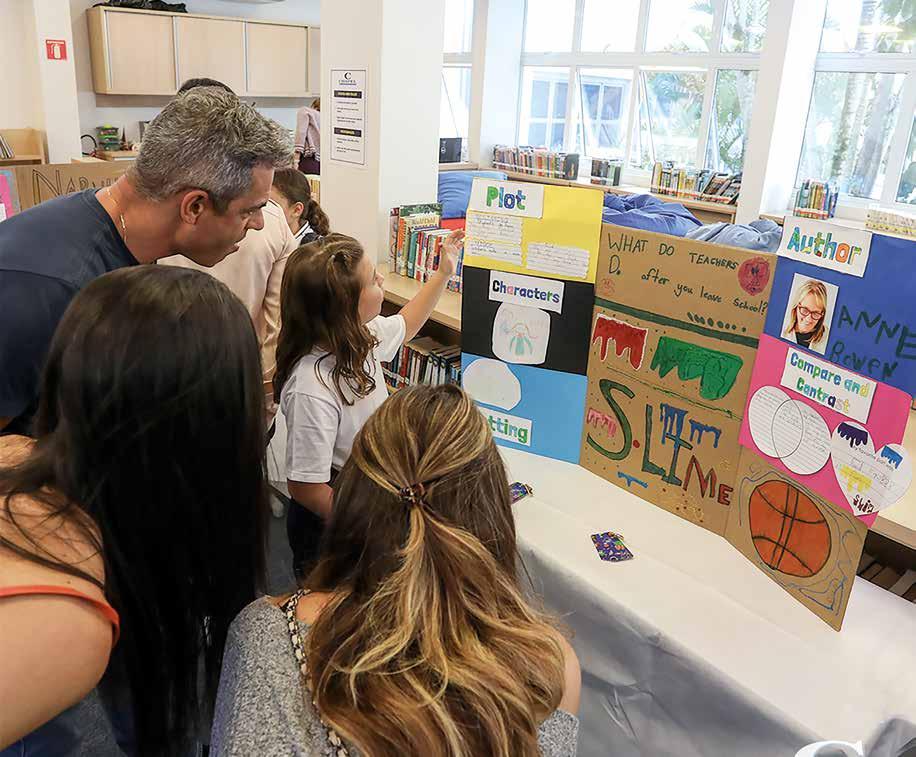
ES’S EARLY YEARS OF EXPERIENCE READING ADVENTURES
My Reading Adventures was a project created by English Language Support teachers Amanda Manea and Andrea Campos to encourage 1st and 2nd grade students to become more interested in reading, develop autonomy, and acquire reading as an enjoyable and fun habit. The project was implemented at the beginning of the current academic year, in August 2023. The young readers were prompted to create a reading diary, and to fill it in weekly with their impressions of the books they had read, including such key narrative elements as the plot, the characters, and the setting.
Ms. Campos recounts that Chapel “gives importance to reading as a habit that should be cultivated and nurtured continuously throughout life, and this was what guided the project.” She explains that the project will continue up to the 6 th grade, and serves as an incentive for students to fulfill the task of reading with pleasure for 20 minutes every day. To this end, an event was organized to familiarize parents of 1 st graders with the project, and
enable them to lend the needed support at home. In addition to being a group activity, family members also filled out a page of their child’s diary to understand what the activity was about. "As an added feature, the last page of the reading diary has a QR Code to access a video tutorial with explanations," points out Ms. Manea.
Students can express their feelings and opinions about the books they read by writing and drawing, according to their age and literacy level. Teachers introduce challenges throughout the project, so that students can commit themselves even further to reading. "For example, last October, the Halloween festivities inspired the organization of a bingo in which they participated in enthusiastically," acclaims Ms. Manea. Even though the objectives are set as a weekly task, the young readers express their reading impressions on a daily basis. "Every day, they express some of the impressions gained from reading, by writing down reactions that range
INSIDE CHAPEL 40
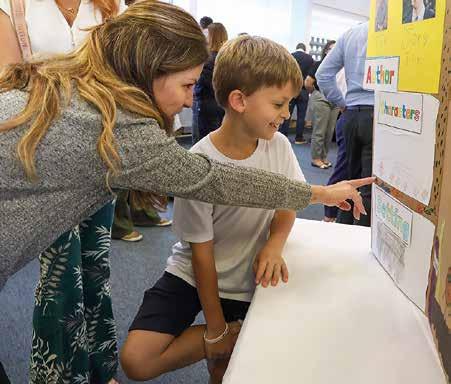
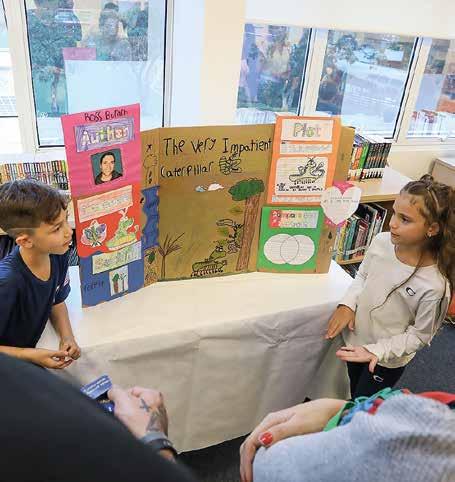
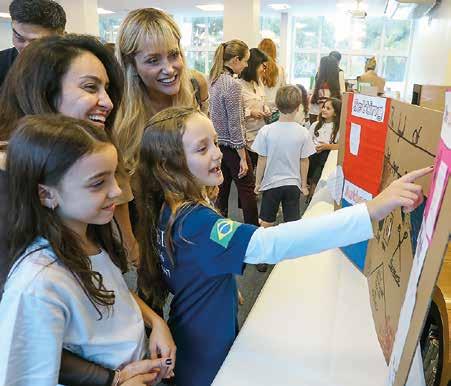
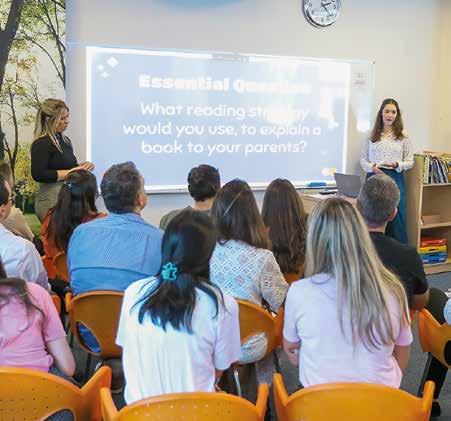
from feelings and emotions to aspects connected to the characters," explains Ms. Campos.
Teachers analyze the diaries and then give them back to students with their appraisals and comments on a weekly basis. "We really celebrate everyone’s achievements. This makes them reflect on what they have produced. That's the goal," clarifies Ms. Manea.
At the end of each month, teachers publish a list of the books they liked the most, and tag them with star ratings. "This is another strategy used to hear students out, and allows us to recommend other readings that are related to their interests," explains Ms. Manea. Almost a year after implementing the My Reading Adventures project, teachers are already noticing the gradual shift in the reading experience from one of obligation to one of motivation. They maintain that students feel proud, because they can share the excitement of their reading journey through their diary, and not just through their impressions of the end result.
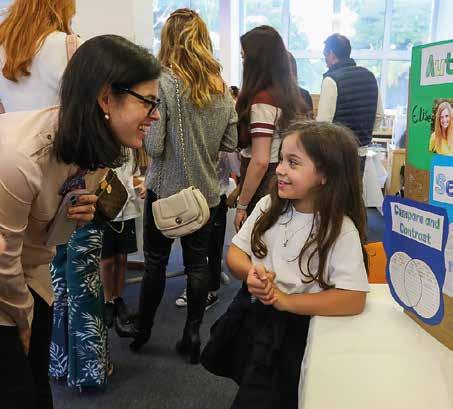
41 INSIDE CHAPEL SPOTLIGHT
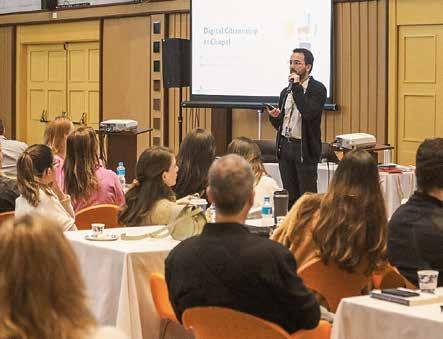
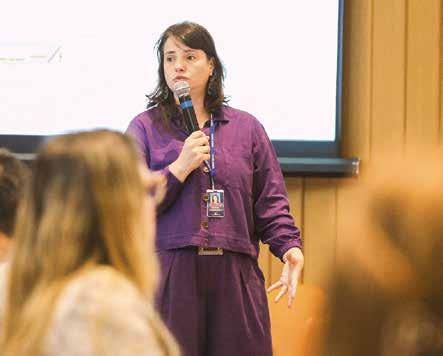
DIGITAL CITIZENSHIP WORKSHOP ENGAGES PARENTS
Last semester, parents of Chapel students from all grades participated in the Digital Citizenship Workshop. Its goal was to establish a partnership with families to help children act online as they do in real life: responsibly, politely, and safely. The idea behind the event was to extend the school's philosophy to the students’ homes, given that Chapel is certified by Common Sense Education - an American non-profit organization dedicated to improving the lives of children and families, by providing reliable information and independent education and opinions required for people to prosper in the 21st century. To this end, students have digital citizenship classes starting from the first years of early childhood (see box). "It is important to have a good and healthy relationship with technology, which should include a partnership between the school and the home to promote a responsible and safe way to envisage the use of technological tools," says Javier Rebagliati, Chapel's Technology Coordinator.
At the event held in August, parents did more than just gain an understanding of the digital citizenship program; they also sat through a class which included moments
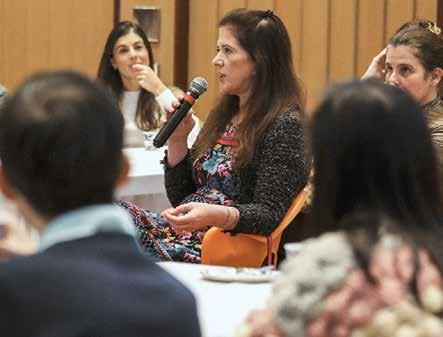
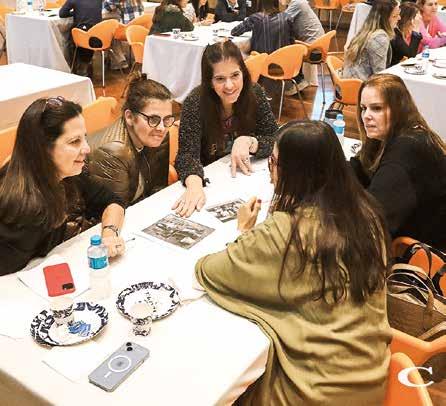
of discussion, reflection, and group work. The topic of the workshop was Media Balance, which discussed the quantity and quality of the time that people spend in front of screens. "We talked about the amount of time spent on screens, and its effect on us. We shared data from an international survey conducted by the Common Sense Education organization, and invited parents to think about the quality of time they spend online, and how devices operate in their homes," explains Mr. Rebagliati.
Erika Ferreira, counselor for Chapel’s middle years, states that the objective of the workshop is to empower parents as well as educate their children. She explains that a part of Chapel's faculty is certified by the Common Sense Education organization, and that it is important for parents to understand how the school addresses the virtual environment with its students. The outcome was very positive, and the project is here to stay. “Parents loved it; we will definitely do more. It was important for families to understand what their children already know about the subject, so that they know how to address the topic, and what to address with them,” says Ms. Ferreira.
INSIDE CHAPEL 42
DIGITAL COMPETENCE FROM AN EARLY AGE
Based on the principles of Common Sense Education, Chapel's digital citizenship curriculum starts in kindergarten, and aims to teach children how to become competent digital citizens. Starting from the principle that technology underlies every moment of a child's life. Based on this, we work together with classroom teachers from kindergarten to 6th grade to provide classes on different topics. Spanning the objectives of teaching children to assess the amount of screen time used during the day, and encouraging them to know when to stop, to dealing with privacy on social networks, and reflecting on what is personal and what is public, the classes cover everything related to the worldwide web, using appropriate methodologies for the different age groups. The work done with students is intense. It starts the first week of school, goes on for two months, for a total of eight digital
citizenship sessions, and ends with an agreement signed electronically by parents and children, and sent back to the school.
As for the older students who are already in High School, all those from 7th to 12th grade have to complete the Digital Citizenship Program every year to renew and strengthen their commitment to safe and responsible practices, and sign the Digital Citizenship Agreement. There are also advisory classes, where students discuss and debate Digital Citizenship principles and how to apply them to their own lives. The program covers such topics as the use of social media, cyberbullying, fake news, and copywriting, among others. The topics are covered transversally according to the age group, and addressed together with the socioemotional curriculum. According to Mr. Rebagliati, "the approach in High School is to divide the content throughout the year, in order to
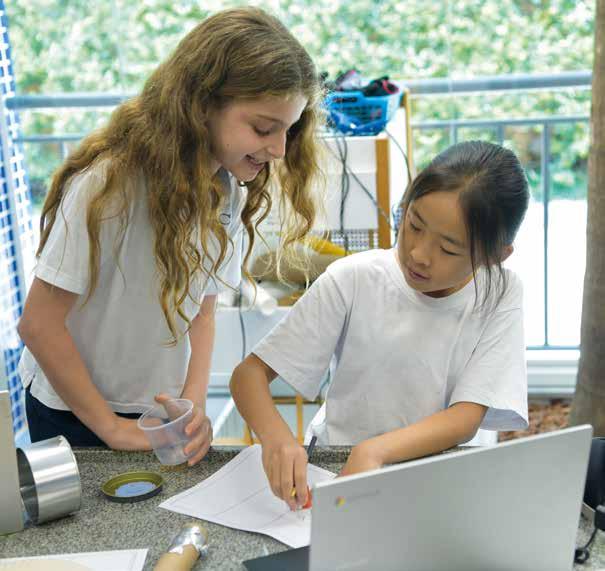
encourage students continuously to consider the importance of Digital Citizenship in all aspects of their digital lives."
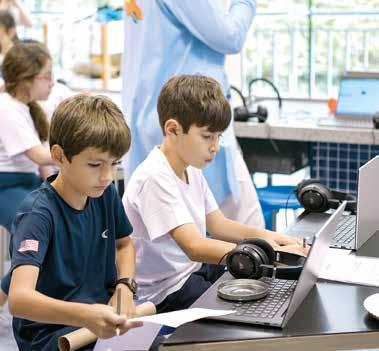
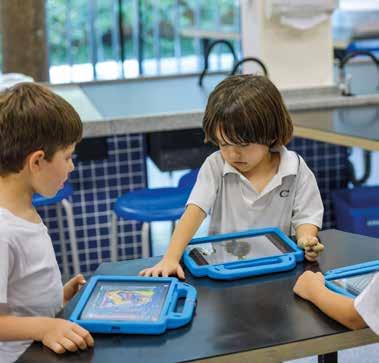
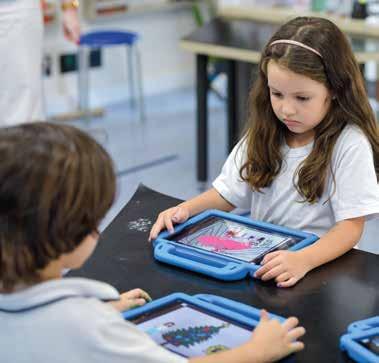
43
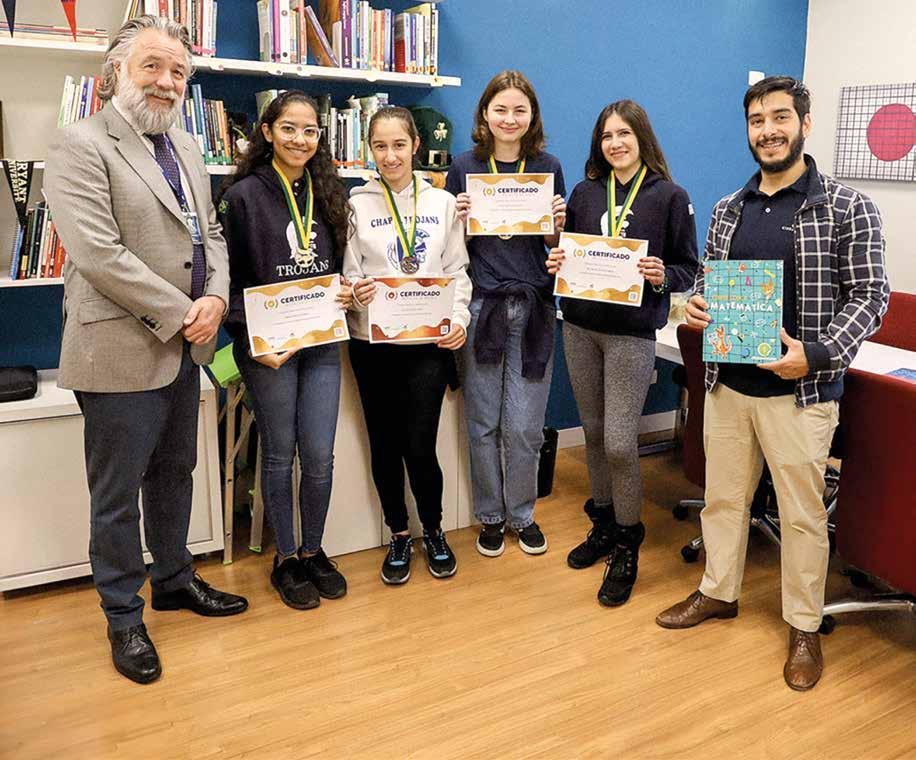
CHAPEL EXPANDS ITS PARTICIPATION IN THE 2023 MATH KANGAROO CONTEST
Last March, 12 Chapel students from 7th to 12th grade participated in the 2023 edition of the Math Kangaroo Contest, an international competition held annually for students from the 3rd grade of Elementary School to the last year of High School. The contest originated in France (see box), and is globally administered by the Kangaroo Without Borders Association (AKSF). In Brazil, the test is handled by the UpMat group, pointing out that almost a million Brazilians participated in the last edition. According to High School math teacher Caio Gragnani, the test is quite accessible, and provides a new perspective on the often dreaded subject. "Students report that the test is fun, and is really well-done. The intention is for the candidate to build knowledge; it's not a content-focused
competition," he explains, as he expresses his delight to see an increase in Chapel's participation in the contest. "I'm happy to be able to engage students in this different way of doing math - a more investigative, fun, and discovery-oriented way," he rejoices.
Four students from the Chapel team were awarded medals. According to contest regulations, awardees receive digital certificates and medals, namely gold (top 1% of the participants with the best performance for their level), silver (2%), and bronze (3%). The organization also provides an honorable mention certificate for all students who have a commendable performance in the contest.
Current 11th grader Beatriz Abram has participated in the last three editions of the Kangaroo contest. She
won a silver medal the first time, and gold in the last two editions. She recalls being very nervous before the test when she was younger, and studied extensively until the day before, but still trembled during the exam. "Nowadays, I let math flow. Kangaroo's focus is logic, and I realized I could take things more lightly by practicing. In addition, I have absorbed the math, and don't get as nervous, because I know that I will be able to use what I know during the test," she recounts. According to her, taking part in the contest regularly allowed her to develop more confidence, which has encouraged her to achieve increasingly better results.
This is the second time Lara Cavalcanti has taken part in the Kangaroo; she won a gold medal in the last edition, and plans to participate
INSIDE CHAPEL 44
in the forthcoming editions. "I usually follow the Math Olympics with my dad; it's something we do together, and that's why I was motivated to participate in the Kangaroo. I studied by taking the tests from previous editions," admits the student, who is currently in 10th grade.
Ninth grader Vibha Komala, also a gold medalist, says that although she felt confident on the day of the test, she was surprised at having won the award: "I didn't imagine that I would win a medal, and it turned out to be a motivating experience for me to continue learning more and more, because I’ve liked math ever since I was a child, and always studied it because I wanted to," she reveals. She had fun during the test, was proud of the outcome, and plans to participate in future editions.
First-time participant Julia Segui, who is in 8th grade, enrolled in the Kangaroo to feel part of the experience, and also because of her friends. She won a bronze medal. "I was new at Chapel and wanted to do something for fun; I was astonished by the outcome," she says, laughing. "But I was also happy, of course. I had already participated in sports championships like swimming, basketball, and soccer, but it was the first time for math," she comments.
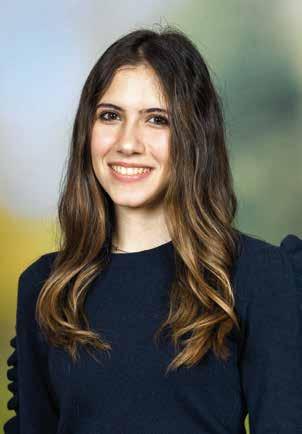
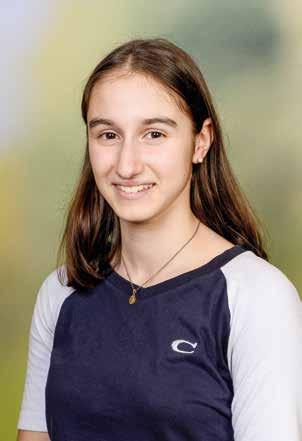
According to Mr. Gragnani, Chapel has great potential to achieve increasingly better results in this contest. "The results show that we are well-prepared to perform well in this contest. I hope it has been a milestone that will help increase the participation by other students," he says. Regardless of whether medals are won, he recounts that what is most important is associating math with something that encourages students to engage their knowledge in solving problems. "This feeling is worth more than the medals," he concludes.
KANGAROO: THE ORIGIN
The Kangaroo contest is the biggest competition in the world. It grew out of an idea conceived by an Australian mathematics teacher – Peter O’Halloran – who created a digital exam in the early 1980s that could be taken simultaneously by thousands of students. In 1991, professors André Deledicq and Jean Pierre Boudine turned their Australian colleague's idea into a competition in France, and named it Kangaroo in his honor. Today, the international association of Kangaroo without Borders (AKSF – Association Kangourou Sans Frontières) brings together people from the world of mathematics. Every year a distinguished group of teachers meets to discuss math teaching, and prepare the tests that will be administered in the participating countries. According to the AKSF website, “the purpose of the association is to disseminate mathematics every way possible, and particularly by holding a competition that involves and motivates millions of students around the world.”
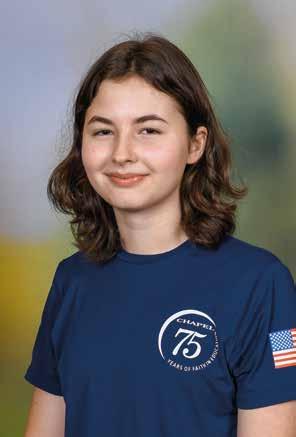
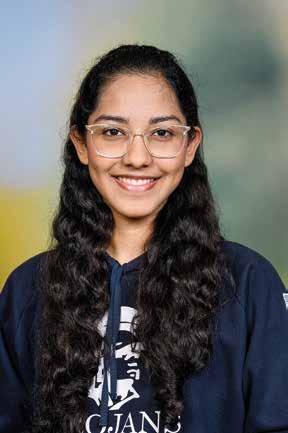
45 SPOTLIGHT
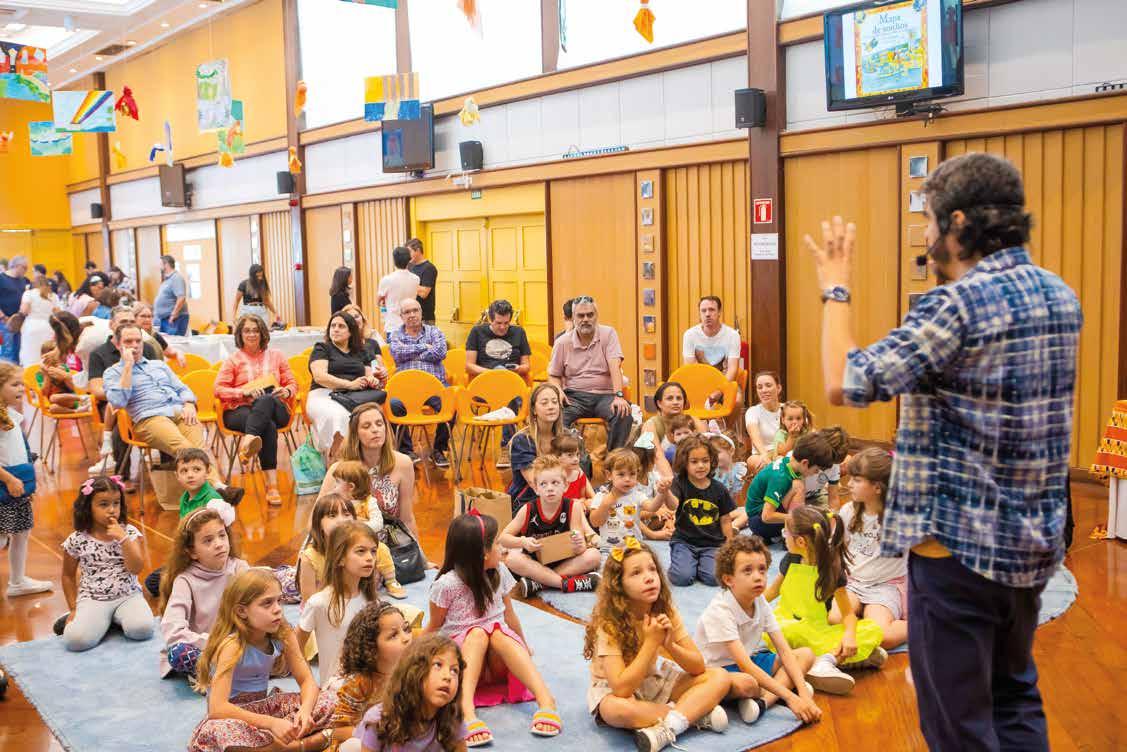
BOOK FAIR INCLUDES THE LEARNING INNOVATION WORKSHOPS AND THE SOFT LAUNCH OF A BOOK
Dubbed Myths and Legends , the latest edition of the traditional Chapel Book Fair took place September 27 th to 30 th with literary attractions, artistic presentations, and workshops for students of all levels. Book sale stands were set up in the auditorium, which was artistically decorated by 8 th grade students, and the ES Art Club. A reading area with armchairs and cushions was prepared for the public, which had the opportunity to enjoy books in an inviting and cozy space.
All Pre I to 6th grade classrooms participated in two activities, one in English and one in Portuguese. High School students had the opportunity to read or recount myths and legends to Elementary School children during breaks and lunch. Students from early childhood to 6th grade participated in storytelling sessions with Andi Rubinstein. Author Fabio Lisboa told stories about myths and legends from around the world to classrooms from preschool to 2nd grade. Third and 4th graders met and talked to author and illustrator Lúcia Hiratsuka, who wrote
the book Histórias Tecidas em Seda (Stories Woven in Silk), a compilation of Japanese tales that she heard during her childhood. In the meantime, 5th and 6th grade students spoke to Patricia Auerbach, author of Patacoadas, a narrative that presents funny stories of experiences lived during childhood and adolescence.
On the last day of the event, families attended literary activities and the Learning Innovation workshops, which brought parents and children together in artistic creations based on the fair's theme. Led by art teachers Sylvia Almeida, Cristina El Dib, and Camila Costa, the Fantastic Creatures workshop challenged families to create magical characters using cold porcelain clay, and to personalize a box that would be used to take the creations home. In the STEAM (Science, Technology, Art, and Mathematics) workshop titled Shadow Puppets, children created their characters in cold porcelain, and then made videos in Stop Motion (a stop frame animation technique). The crafts and STEAM clubs, led by the High School students,
INSIDE CHAPEL 46
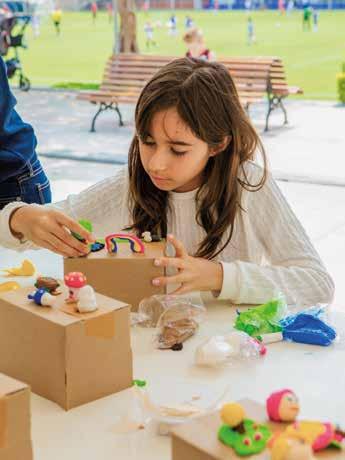
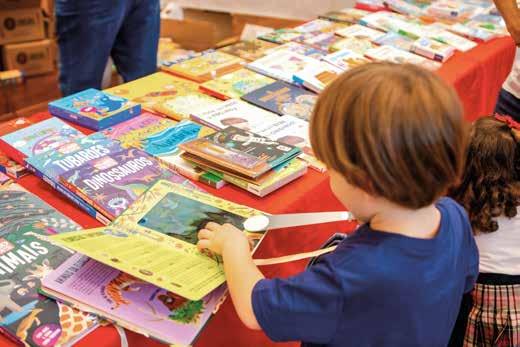
collaborated to conduct the Laser-Cut Felt Animals and Monsters workshop, during which participants customized and sewed felt monsters and animals.
In addition to the workshops, the public was invited to visit the Mi Casa, Tu Casa project installations in the covered area. A replica of the library installed in the state of Roraima for Venezuelan refugee children and youth was set up with the help of a group of Chapel students. Elementary School students visited the space to learn about the project and write letters to refugee children. The letters were sent to Roraima on Children's Day, celebrated on October 12th in Brazil, and Chapel's correspondents received replies to these letters in the same month. The closing event featured a performance by Chapel's cheerleaders, and musical presentations by the Chapel choir and glee clubs, made up of elementary and High School students, followed by a storytelling session for families with Fábio Lisboa.
The Book Fair, organized by librarian Fernanda Caires, has become a tradition at Chapel, and is eagerly anticipated by the school community every year. “Families save the Book Fair date on their calendars because they know that they will not only find a good selection of books, but will also have pleasant moments as a family in a Saturday event, with fun activities for children, young people, and adults," she evaluates.
MI CASA, TU CASA LAUNCHES A BOOK ABOUT ITS PROJECT
The soft-launch of the book titled The Teen's Handbook for Refugee Projects: Learnings from Mi Casa Tu Casa, took place during the Chapel Book Fair. The book was written by Chapel students Alma Castañares, Beatriz Abram, and João Pedro Fegyveres, and spoke of their experience setting up libraries and a letter exchange program for Venezuelan refugees in Roraima. This book details the step-by-step implementation of the project to help refugees, and uses Mi Casa Tu Casa as a case study.
The goal of the book was to inspire and guide other teenagers in learning about the process entailed by such an initiative, so that they can set up their own impact projects. The book will be officially released in the second half of March by the Magia de Ler Publishing House.
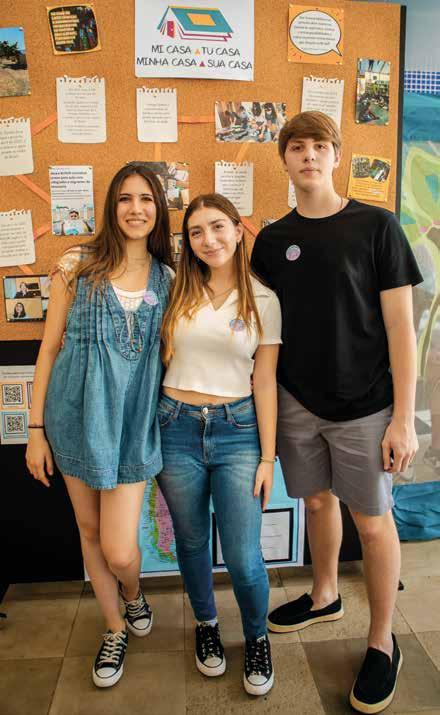
47 SPOTLIGHT INSIDE CHAPEL
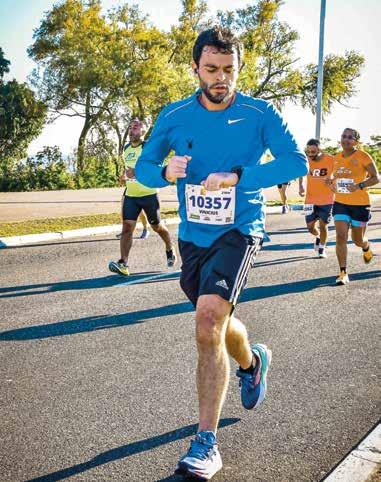
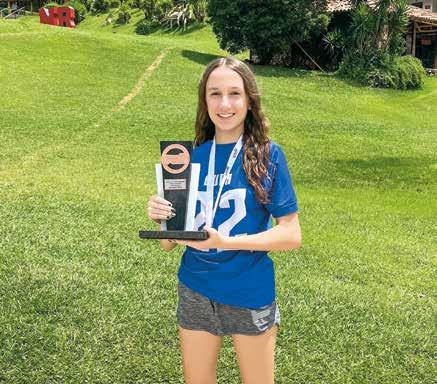

TALENTS & PASSIONS
The Talents & Passions section of this edition is filled not only with artists and athletes, but also with young and avid readers, and students who participate in various clubs at school, and whose leadership is already noticeable.
On the following pages, you can read about art teacher Camila Costa’s artistic talent, biology teacher Vinicius Talarico’s passion for speed, and the gifts and skills of seven students from 6th to 12th grade, who stand out at Chapel.
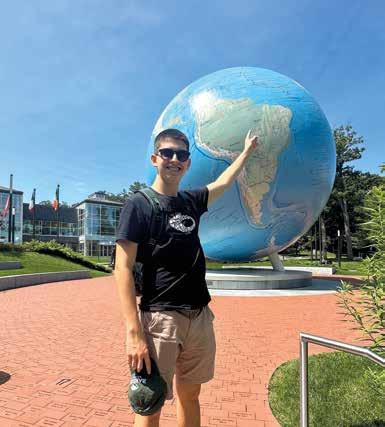
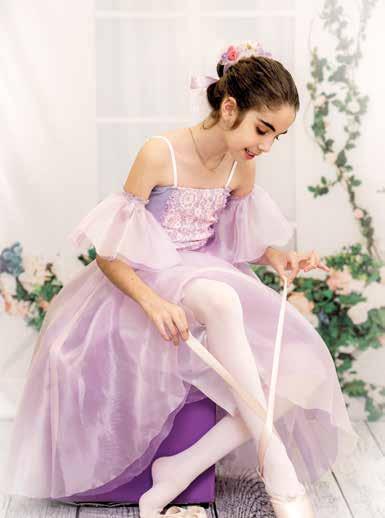

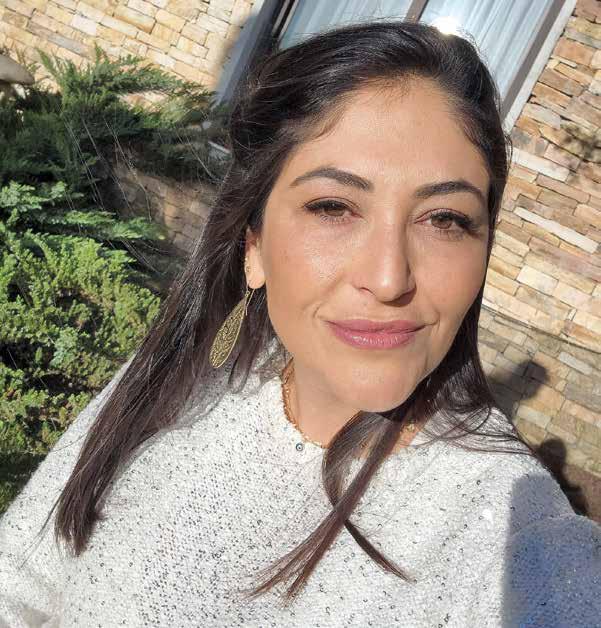
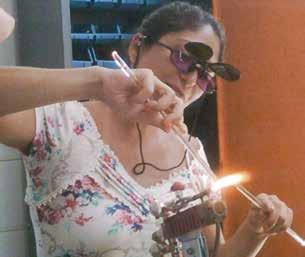

CONNECTION WITH THE ARTS
I SEE ART IN EVERYTHING, AND I WANT TO PROVIDE STUDENTS WITH ALL THE CREATIVE OPTIONS THAT I CAN.
It was through her mother’s influence that Camila Costa became involved in the arts when she was still a child. Camila acquired a taste for paints and colors by watching her mother work, an artist who paints canvases and porcelain. Thus inspired, she attended art and painting courses, but even after graduating with a degree in Teaching, she never expected to work as an art teacher. Camila started her career as a classroom teacher, and, by a twist of fate, was invited to work as an art assistant. “That’s when I identified with the profession, and that’s when I fell in love,” says the teacher who has worked at Chapel for ten years teaching art classes at the Early Childhood Education Center (ECEC). “The kids’ connection with art classes is magnificent. They love the classes, and are always happy, and this bolsters my creativity even more, to the point that I may use various techniques with the students, and may still feel eager to create more when I get home,” she exclaims.
With two specializations in the field – Art Therapy and Art Education – Ms. Costa fulfills her passion for the arts by venturing into the most diverse techniques: painting on canvas, wall decorating, recycling, and decorating pieces made from different materials, including wood and glass, among others. She worked for more than two years with Murano glass on a technique currently known as flameworking. “I have always liked perfumes and aromas, and I have always delighted in candlelight. However, whenever I shopped for them, they were either not fragrant or too expensive. That was when I decided to make my own candles,” says the artist-teacher, who enhanced her production by doing many tests: “I studied and tested until I got just the right pot, wick, aroma, embellishments, and crystal decorations on the candles – in short, it was all created by me.”
Camila Costa sees art in everything, and one of her major passions is being able to convey her knowledge to her students. “I want to give children the possibility to create using the most diverse techniques and materials. I intend to take what I know wherever I can; that is my purpose,” she concludes.
INSIDE CHAPEL 50


VINICIUS
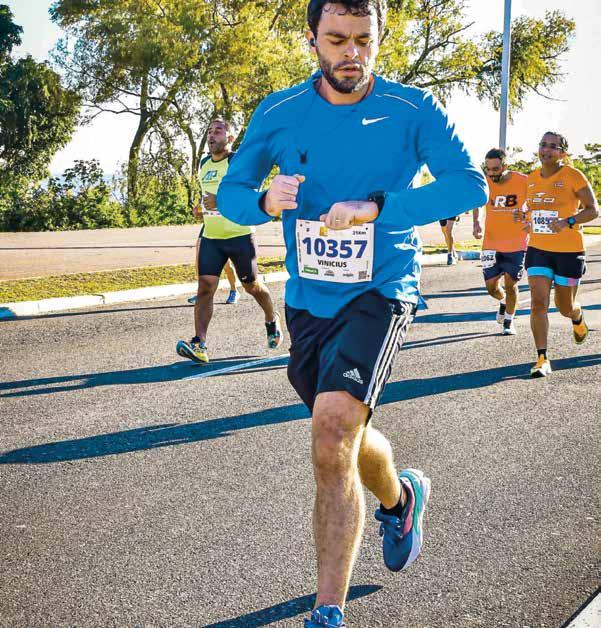
Running was essential to effect the change that biologist Vinicius Talarico made in his life nine years ago when he weighed 25 kilos more than now. “Today, running is one of the activities I most enjoy, but it wasn’t always like this. In the beginning everything was very difficult,” admits the teacher who has been at Chapel for three years. “I easily got out of breath. I was very heavy. I couldn’t even run nonstop for a minute. It was very difficult,” he admits. Nevertheless, discipline and persistence pushed him to run for longer and longer stretches without tiring: “Every little victory was a very good thing. If I could run for a minute without stopping, that was incredible. Then one minute turned into 10, 10 minutes turned into 15, and, as the months passed, I was eventually able to run some 5 km nonstop. To me, this was wonderful,” he celebrates.
When he was able to run 10 km, he ran his first race, with his sister Gabriela, who had always encouraged him, and who influenced him the most to take up the sport, since she and her husband are runners. After that, as a beautiful coincidence, Mr. Talarico married a runner whose family takes part in marathons, and they usually all meet up on weekends to run in Ibirapuera Park. Vinicius has already run a 15 km and a 21 km marathon – a half marathon – and is currently preparing to run a full marathon, that is, 42 km. “To me, all of this evokes a great feeling of freedom, of overcoming barriers, and showing myself that I am capable of achieving many goals,” he asserts.
Aside from improving his quality of life and losing weight, he credits running with another benefit: “I feel very free when I’m running; the speed gives me freedom,” says the teacher, who takes advantage of the sport to enjoy another activity that he really enjoys: listening to rock, in all its forms, from classic to alternative.
TO ME, RUNNING EVOKES A GREAT FEELING OF FREEDOM, OF OVERCOMING BARRIERS, AND SHOWING MYSELF THAT I AM CAPABLE OF ACHIEVING MANY GOALS.
51 INSIDE CHAPEL TALENTS & PASSIONS



BEACH TENNIS WITH THE FAMILY
SPORTS IS SOMETHING I LOVE, AND COULDN’T DO WITHOUT. MY FAMILY IS ALSO VERY SUPPORTIVE, AND WE ALL PLAY BEACH TENNIS TOGETHER.
Beach tennis came into Gabriella Ciao’s life because of her parents, and it did not take long for the whole family to take up the sport. Her sister, cousins, aunt, grandmother, everyone gets together to play at their club, the Esporte Clube Sírio, in the capital city of São Paulo. The 12-year-old first started taking weekly classes of the sport, and then paired up with her 14-year-old cousin Isabella to participate in tournaments. “We started playing as doubles partners for Sírio, and participated in club tournaments, but we have also played outside of the club, and have even won a tournament representing the club,” says the 6th grade student who has been at Chapel since Pre I.
Before she started playing beach tennis, Gabriella had already played tennis for a while, and this made it easy for her to pick up the new sport. “One sport helps the other. That’s why I started taking tennis lessons again just a few months ago,” explains the athlete who has also participated in tennis tournaments, but believes that she does better in beach tennis, a modality in which she has more experience. “Sports is something I love and couldn’t do without. I dedicate myself to beach tennis, because it’s not only an activity that I like to do, but it’s also healthy,” she exclaims.
At Chapel, Gabriella plays soccer, and is a member of the cheerleading team. What she appreciates the most about the school are the people, and its community spirit: “People are very polite. It’s a place where I feel safe, because everyone respects one another, and it’s friendly. The Chapel community is great,” remarks the student. Gabriella participates in ABRACE, the school’s anti-bullying program, and collaborates toward developing integration strategies for students, notably for the shyest and for newcomers, such as Fun Recess on every last Friday of the month. When on vacation, Gabriella loves traveling with her close-knit family, and enjoys exploring new destinations.
INSIDE CHAPEL 52

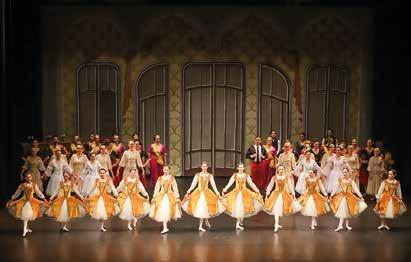
ISABELA PARASKEVOPOULOS LIGHTNESS AND ELEGANCE
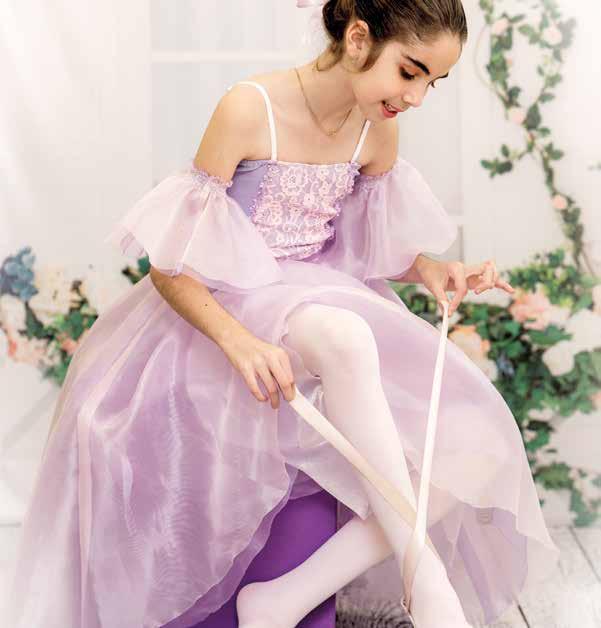
Isabela started dancing ballet when she was just four years old, because her mom delighted in the beauty of dance. At the time, her family lived in Campinas (São Paulo State), and the young girl had been enrolled for five years in the Lina Penteado Academy, the official center for the Royal Academy of Dance of London. Isabella started at Chapel when her family moved to the capital city of São Paulo. She had no problem adapting, because she had already been studying at an international school. “When I got here, in the middle of fifth grade, I met people whom I could easily connect with, and when I started High School, I found a common ground with people of different ages,” reveals the 13-year-old. In addition to liking her friends, the 8th grade student really enjoys lunch break, mainly because of the food served at Chapel: “I love the food at school,” she admits.
As soon as they adapted to São Paulo, Isabela and her 14-year-old sister Julia went back to dancing, and now take classes three times a week at the Cisne Negro Ballet Studio, which also confers Royal Academy of Dance certification. Even though she does not plan on becoming a professional, Isabela dances in two performances every year, one being the traditional end-of-year “The Nutcracker Suite.” She has been in the National Junior Honor Society (NJHS) since 7th grade, and enjoys the group, because she can interact with people while “trying to find solutions that don’t cost a lot, and that help the community,” she explains.
Regarding the arts, the young woman not only practices dancing, but has also studied the piano for two years, and likes to sing and act – she was in the Glee Club, and is currently in the Drama Club. She recently started studying Greek, her ancestors’ language. The desire to learn arose a few years ago when she had traveled to Greece with her parents, and had the opportunity to meet other family members.
BALLET IS A HOBBY, I DO IT BECAUSE I LIKE IT, AND BECAUSE I THINK IT’S LIGHT, ELEGANT, AND DELICATE. MY REAL FOCUS IS ON MY STUDIES.
53 INSIDE CHAPEL TALENTS & PASSIONS


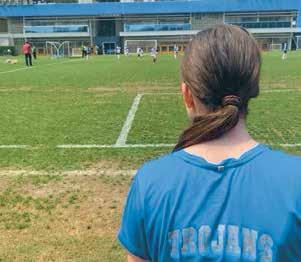
BEATRIZ LIMA A PASSION FOR READING
I'VE BEEN READING SINCE I WAS YOUNG, AND I ALWAYS HAVE A BOOK AT MY BEDSIDE. I READ BEFORE GOING TO BED, BECAUSE IT CALMS ME DOWN; IT’S MY FAVORITE MOMENT.
At Chapel since Pre I, Anna Beatriz Lima learned to read at a very young age, and now usually has more than one book next to her bed. “My mom really likes reading. She always recommends several books for me to read, and I have gotten used to reading in both Portuguese and English, which is my preferred language, because I find it easier, for both reading and speaking,” remarks the 7th grader. Her favorite genre is dystopia. She usually reads a book a week, or every 15 days, either from the school library or from the bookshelf at home, but does not have a favorite because “each book has a special nuance.”
The 13-year-old believes that the reading habit has helped her understand a wide range of subjects, and contributes to her academic performance: “Reading exercises my ability to understand. I understand things like statements more easily, and this has really helped me to no end,” she remarks. At the end of 2022, Anna Beatriz challenged herself to read a book a day, and has achieved it masterfully: she has read 31 books in one month.
In addition to reading, another hobby of hers is soccer. As a member of Chapel’s Junior Varsity soccer team, she trains twice a week, and represents the school in field soccer tournaments. The young woman took part in the NR last November, and is also a member of the Investment Club and the Model United Nations (MUN) Club. “I want to learn about investments so that I can decide what I will go on to study later on, and I participate in the MUN club, because I like debating current issues,” mentions Anna, who is shy, but loosens up when she is with people she knows, and who has no problem speaking in public.
At the time of this interview, she was preparing to represent the school at the BRAMUN conference in Costa do Sauípe (Bahia State).
INSIDE CHAPEL 54
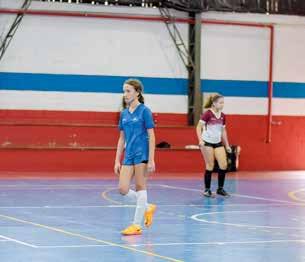
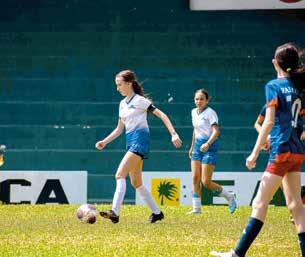
MARIA
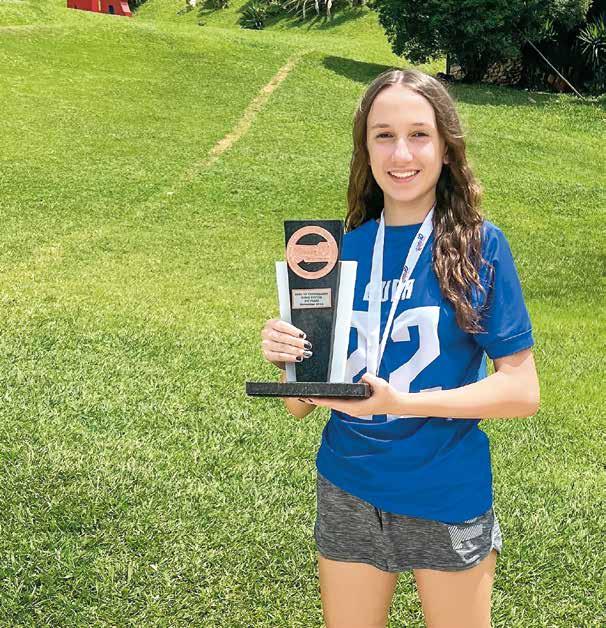
Maria Eduarda’s family chose to enroll her at Chapel, not only because of its academic excellence, but also because of its campus facilities, a distinguishing factor according to the 15-year-old young woman. She started at Chapel in the 3rd grade of Elementary School, and in the following year was already taking part in the Young Trojans, the school’s sports program. “I really like the academic side of Chapel – it’s really good – but I love sports,” says the ninth grader, who participates actively in the competitions and sports leagues. Maria Eduarda has been playing soccer for five years, since the start of the Young Trojans, because she has always liked the sport, and the sports program has allowed her to improve. “I’ve improved plenty,” says the young woman, who is also on the Junior Varsity field and indoor soccer teams.
Acting as a center-forward in field soccer and as a forward in indoor soccer, Maria Eduarda has already taken part in a few editions of the São Paulo High School League (SPHSL), and the Little 10 tournament at the NR camp. In 2022, when Chapel came in third at the Little 8, young Maria Eduarda won the trophy for Best Offensive. She believes that her performance is better in indoor soccer, because the team is smaller and can achieve better results. Next year, when she will be in the 10th grade, she will join Chapel’s Varsity Team. The young woman has been taking lessons at a soccer academy for a year now. Currently, even though she practices only at school, she is always on the move; after all, she is an athlete, and not just a soccer player. “I really like sports, and I’m very athletic; I bike, I surf, and I like riding a jet ski,” she remarks. She takes advantage of her frequent trips to Guaratuba beach in Bertioga on the north coast of São Paulo State to engage in water sports. Her plans for the future do not exclude soccer. In fact, Maria Eduarda wants to play in college, which she plans on doing in the United States. “Women’s soccer is very strong there, and I will continue practicing,” she concludes.
I LOVE TRAVELING, AND TAKE ADVANTAGE OF IT TO DO SPORTS. ASIDE FROM SOCCER, I SURF, BIKE, AND JET SKI.
55 INSIDE CHAPEL TALENTS & PASSIONS
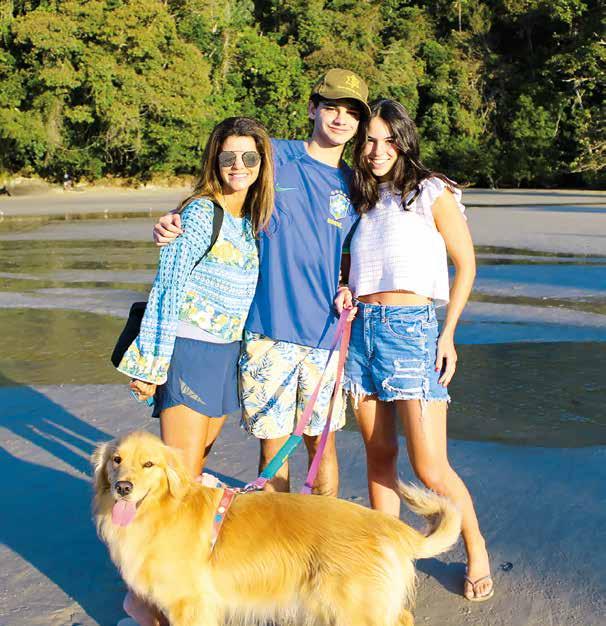
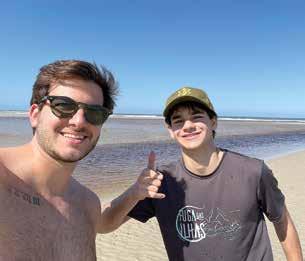
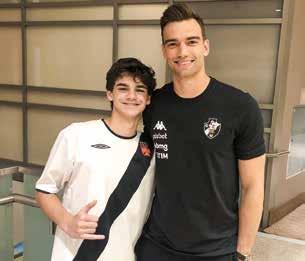
A TEST OF ENDURANCE
WHEN IT COMES TO SWIMMING, I LIKE THE LONGER STRETCHES, THE ENDURANCE RACES. WHEN I'M AT THE BEACH, I WAKE UP EARLY AND SWIM ABOUT 3 KM IN THE SEA.
André started swimming at the age of four, when his mother enrolled him in a fitness center with the foremost goal of his learning how to swim. Actually, he came to like it, and has continued practicing the water sport to this day, training six times a week with an instructor. Swimming pools are synonymous with training for him, since what he really likes is swimming in the sea. “We have a house in Riviera de São Lourenço in Bertioga (São Paulo state). When I’m there, I wake up really early and swim about 3 km in the early morning,” says the 16-year-old.
For the last two years he has participated in a traditional swimming race called Fuga das Ilhas, on the northern coast of São Paulo. In this race, participants are taken by schooner to an island in Barra do Sahy, in São Sebastião, and have to swim back to the mainland, covering around 2 km. “I like longer races that test one’s endurance,” reveals the 10th grade student.
Another sport he dedicates himself to besides swimming is soccer, whether playing or watching matches. As an athlete, he is a goalkeeper for the Varsity team, and participates in tournaments representing the school. As a spectator, he is a fan of Vasco da Gama, a team from Rio de Janeiro, because that is where his father is from. “We always go to the stadium when Vasco plays in São Paulo, and I still plan to visit the São Januário stadium, my team’s home, in Rio de Janeiro, ” he exclaims. However, about practicing the sport, he makes a point of saying that soccer comes second in his life: “Swimming has always been first.”
André has been at Chapel since the first grade of Elementary School. He really values the school’s sense of community spirit, and the teachers, who are always encouraging him to be better. “I have many friends here, and they are everything to me,” reveals the young man who is still deciding about his professional future. “I have two ideas. Either I study computer science in the United States, or else law in Brazil, and become a judge. I want to help my country,” he asserts. During his spare time, when he is neither studying nor training, this Vasco fan likes to spend time with his friends, and play FIFA, of course.
INSIDE CHAPEL 56


NICKOLAS COLLECTIVE PROJECTS
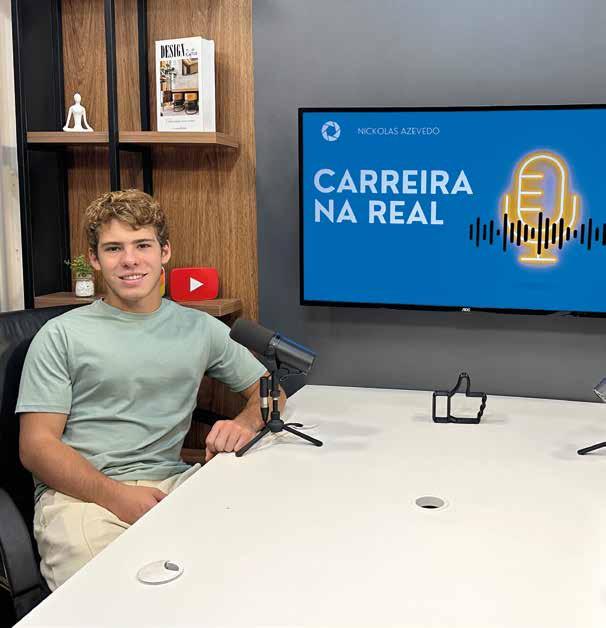
About to turn 17, Nickolas Azevedo enrolled at Chapel for the American curriculum, because his goal was to go to university in the United States. Today, he plans to use the IB curriculum to study business in Europe. He was encouraged by the friendships he made at school to join the Take Action Club (TAC), which aims to develop projects that have a positive impact on society. “What I like most about TAC is the students’ initiative in implementing projects, such as the Blood Drive, which motivates people to donate blood,” points out the 11th grader who chose the club because it gave him the opportunity to create projects with friends. The young man also takes part in two other clubs at Chapel: History and Investments. “I’m enjoying my years here. The school is great and the teachers are very nice; they really do a great job teaching, they are attentive, and have time for us, and what I like most is that they are our friends,” he commends.
Pursuing his goal of majoring in business, Nickolas joined the Investment Club and has been a member since he started High School three years ago. “My father works in this area, and I am already taking many courses to learn more and more. I am dedicating myself to becoming president of the Investment Club,” he reveals. Willpower doesn’t lack. Together with his friend Leo Montenegro, he created and presents the “Carreira na Real” interview podcast, in which they host businesspeople and presidents of companies in the financial market, as well as entrepreneurships, with the goal of inspiring young students and showing them what day-to-day life is like in the working world. “In addition to teaching the basics in the field, they talk about what the work routine is like,” explains the young man.
Aside from dedicating himself to studies and clubs, Nickolas is also dedicated to sports. A water sports enthusiast, he has been swimming since he was two, and likes to surf. He has already participated in swimming championships, and came close to becoming a professional swimmer. However, his search for group activities led him to start playing soccer at Chapel. “I play soccer because of the group spirit. My friends play, and we form bonds of friendship. Swimming has always been my main sport, but it’s very much an individual thing. To me, it has always been very important to practice team sports,” he says.
WHAT DREW ME THE MOST TO PARTICIPATING IN CLUBS AT CHAPEL WAS THE OPPORTUNITY TO BE WITH PEOPLE TO CREATE GROUP PROJECTS.
57 INSIDE CHAPEL TALENTS & PASSIONS
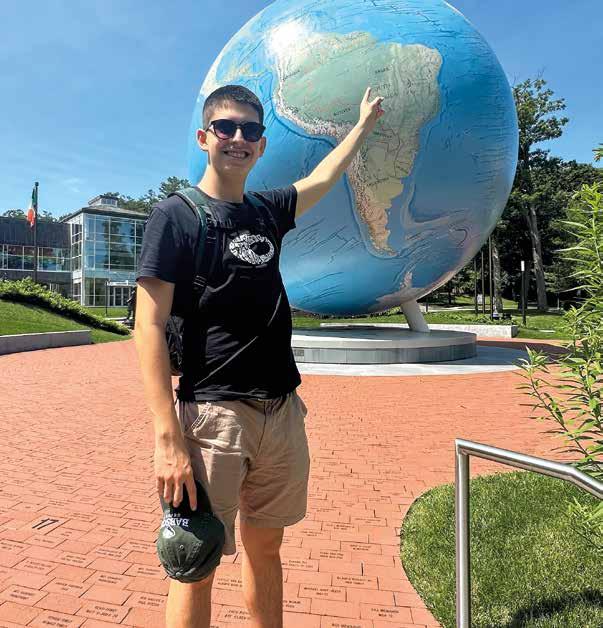

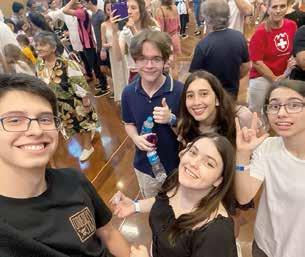
GALHARDO IN SEARCH OF THE BEST RESULTS
I DEDICATED MYSELF TO THE PROCESS OF RESEARCHING UNIVERSITIES, BECAUSE I WANT TO TAKE CARE OF MY FUTURE WITHOUT RUSHING.
It was the Covid-19 pandemic that made Derick Galhardo realize how dissatisfied he was at his old school. He was in 9th grade when he started distance learning, and the lack of teaching quality became obvious. “We decided to change schools, so that I could have the opportunity to study the American curriculum, but coming to Chapel really changed my life,” says the 18-year-old, who is in his last year of High School. According to him, Chapel has helped him change his mind-set about studying. “I started wanting to have the best performance possible here. I wasn’t challenged at the Brazilian school,” he remarks. Derick, who is very sociable, found the school to have an environment that is conducive to friendships: “I really like the people here and the values, and Chapel is very friendly. I felt welcome, and that is the great trait of this school,” he says.
When Derick was in the 10th grade, he was invited to partake in the screening process for NHS, Chapel’s honor club. “It was a wonderful experience. I had the opportunity to develop realistic projects that actually work. The club taught me a lot, and today I am no longer ashamed or afraid to do things,” says the student who is also in the Yearbook Club. Before that, the young man was in the Wonders of Science and the Math Clubs and also in the Junior Varsity basketball team.
Derick intends to study in the United States, and, since he is about to graduate, he spent this past year engaged in the college application process. He carefully researched and studied several schools, and came up with a list of 12, some of which he got to know in person during the school vacation. “I have applied myself to researching prospective universities, because I want to take care of my future without rushing, and this has given me a sense of urgency toward becoming the best student that I can possibly be,” says the young man who plans to study business. Several universities made an impression on him, but Derick felt a special affinity for Babson College in Boston. “It caught my attention, because it is a small school that focuses on entrepreneurships, and that connects students, teachers, and alumni, as well as nurturing businesses and projects,” he assesses.
INSIDE CHAPEL 58

GALLERY
The Young Trojans Festival exhibition games; the activities at the ECEC Family Afternoon, the ES Family Active Morning, the Book Fair; the Halloween costumes and games, and the delicious Chinese cuisine during the Special Lunch were some of the special moments that marked the last semester at Chapel. On the next pages, check out these sporting, festive, and cultural events that brought together the school community.
59 INSIDE CHAPEL
YOUNG TROJANS FESTIVAL
Fotos: Arquivo Chapel
Photos: Chapel Archives
01 - A equipe masculina de futebol de campo do 6º ano participou do evento esportivo.
01 - The 6th grade boys’ field soccer team took part in the sporting event.
02 - O time masculino de futebol de campo do 3º ano jogou na manhã esportiva.
02 - The 3rd grade boys' field soccer team played during the athletic morning.
03 - Em formação, a equipe masculina de futebol de campo do 5º ano.
03 - The 5th grade boys’ field soccer team in a line-up.
04 - Com os treinadores, o time masculino de futebol de campo do 2º ano.
04 - The 2nd grade boys’ field soccer team with the coaches.
05 - Equipe masculina de futebol de campo do 4º ano.
05 – The 4th grade boys’ field soccer team.
06 - Marcos Masi, Filippo Karsten, Joaquim Santos e Vinicius Vieira atuando pelo futebol de campo.
06 - Marcos Masi, Filippo Karsten, Joaquim Santos, and Vinicius Vieira played field soccer.
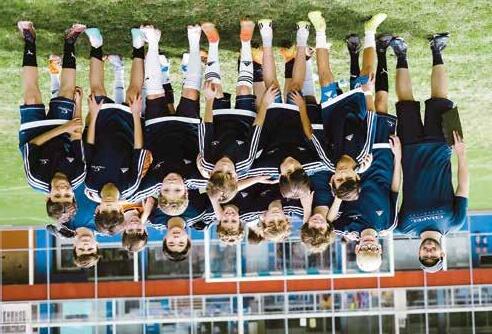
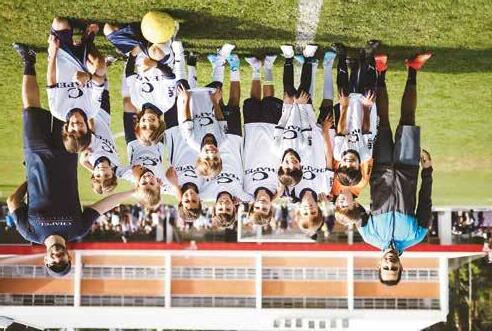
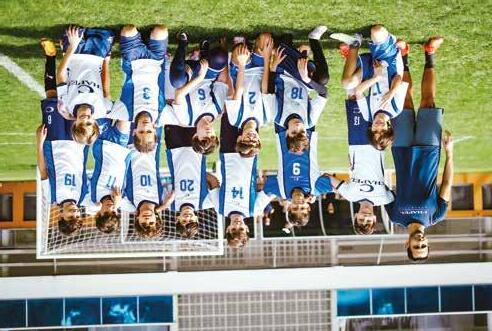
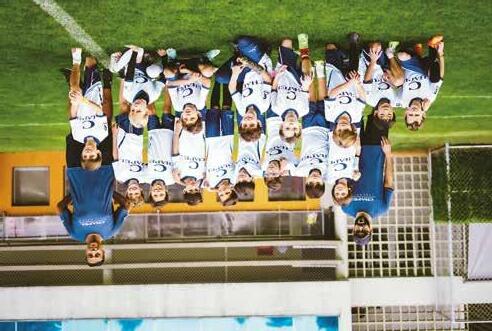
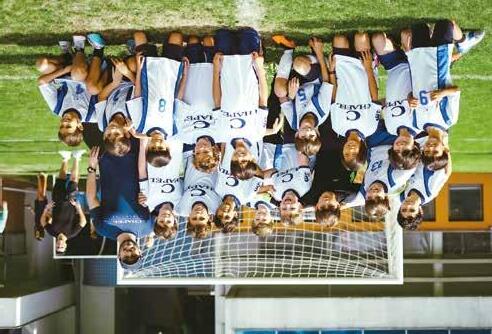
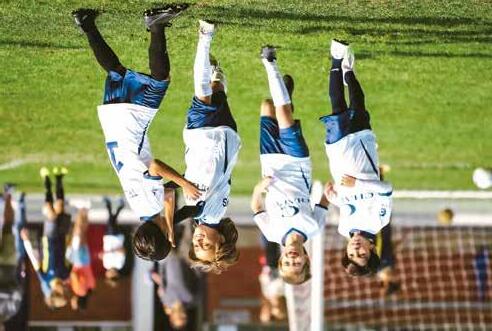
01
02 04 06
03 05
07 - Lucca Giarola, Thiago Saraiva e Giulio Ferrigno jogaram futebol de campo.
07 - Lucca Giarola, Thiago Saraiva, and Giulio Ferrigno played field soccer.
08 - Lucas Campana dominando a bola.
08 - Lucas Campana in control of the ball.
09 - Com a treinadora, a equipe feminina de futebol de campo feminino do 2º ao 4º ano participou do evento.
09 - The 2nd through 4th grade girls’ field soccer team participated in the event with their coach.
10 - Posando para foto, a equipe feminina de futebol de campo do 5º e 6º ano.
10 - The girls’ 5th and 6th grade field soccer team posed for photos.
11 - O time feminino de futebol de campo do 4º e 5º ano com as treinadoras.
11 - The girls’ 4th and 5th grade field soccer team with their coaches.
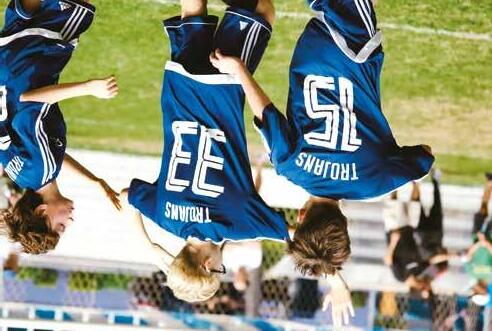

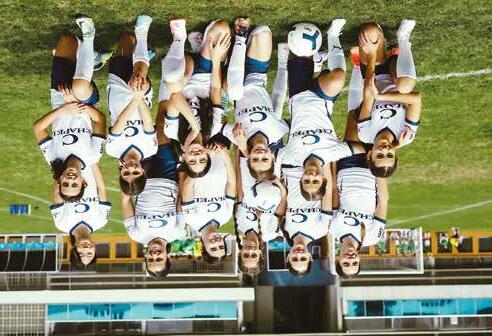
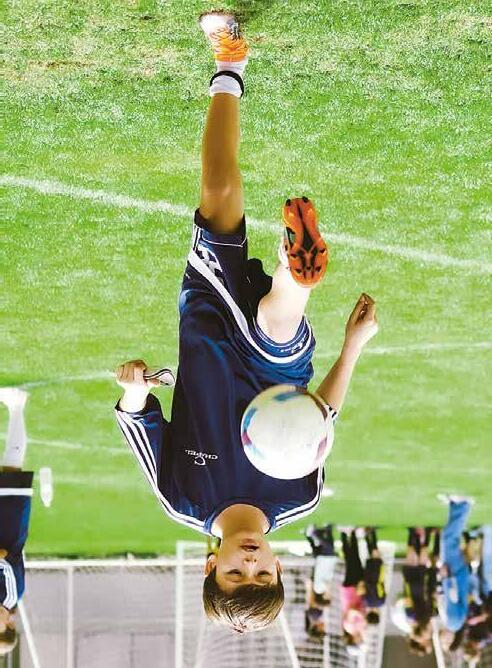
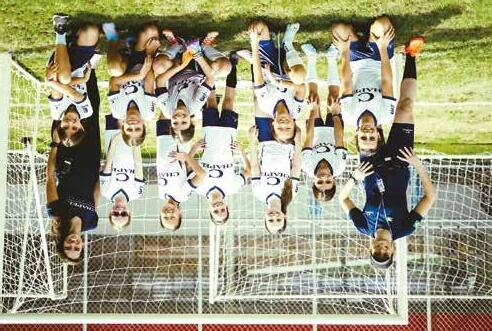
07 09 10 08 11
12 - Malu Tourinho e Gabriela Unzueta atuaram pela equipe feminina de futebol de campo.
12 - Malu Tourinho and Gabriela Unzueta played for the girls’ field soccer team.
13 - Lola Cerda dominando a bola em jogo de futebol de campo.
13 - Lola Cerda in control of the ball during a field soccer match.
14 - Rafael Soares, do time de basquete do 5º ano, após a partida.
14 - Rafael Soares, of the 5th grade basketball team, after the match.
15 - Em partida de basquete, Frederico Rodarte maneja a bola.
15 - Frederico Rodarte dribbled the ball during a basketball game.
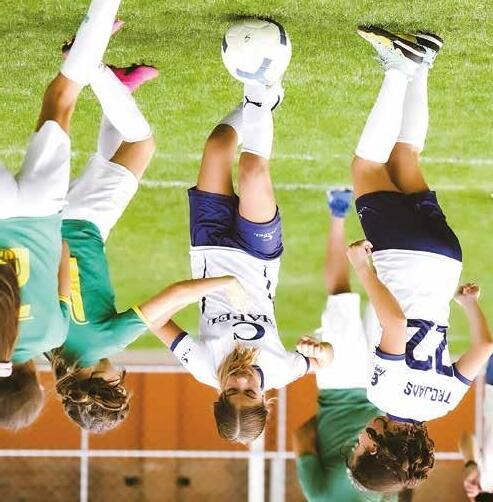
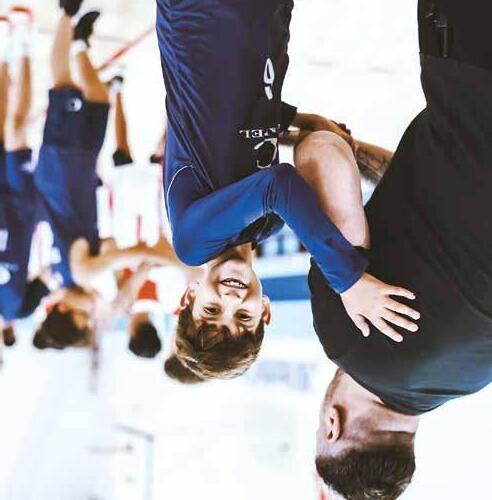
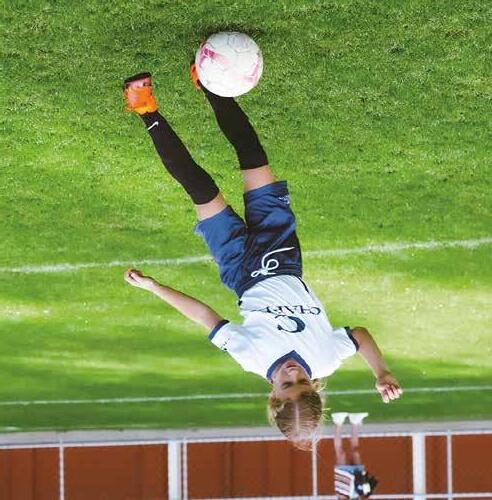
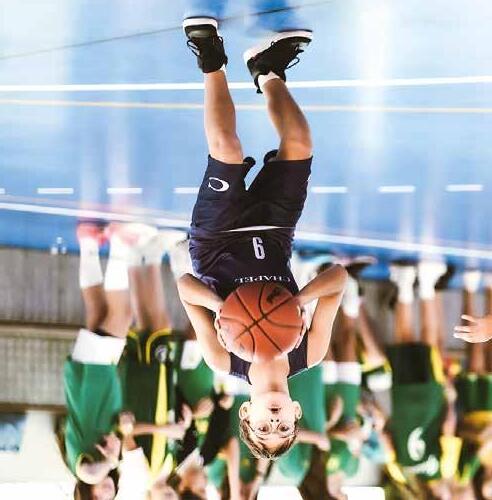
12 14 13 15
16 - Equipe masculina de basquete do 5º e 6º ano.
16 - The boys’ 5th and 6th grade basketball team.
17 - Equipe feminina de basquete do 5º e 6º ano.
17 - The girls’ 5th and 6th grade basketball team.
18 - Contra-ataque do time de basquete feminino do 5º e 6º ano da Chapel.
18 - Chapel’s 5th and 6th grade girls’ team counterattacked.
19, 20 e 21 - O evento esportivo contou com apresentação da equipe de Cheerleading do 6º ano.
19, 20 & 21 - The 6th grade cheerleading team presented during the sporting event.
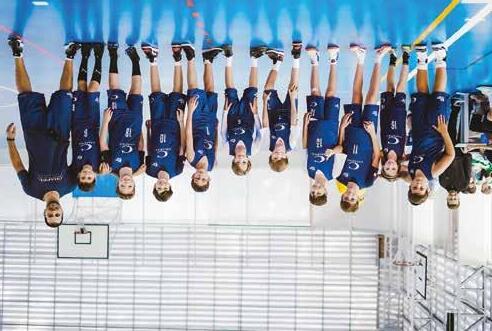
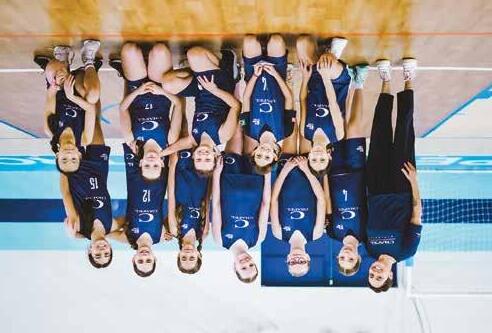
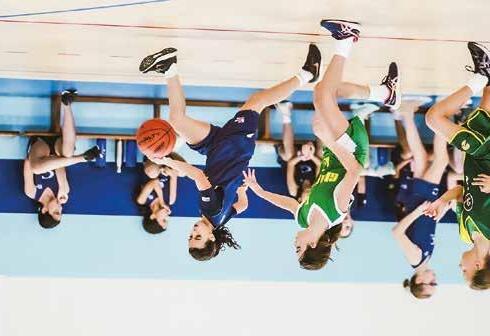
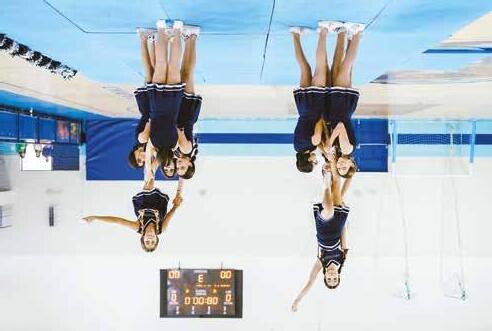
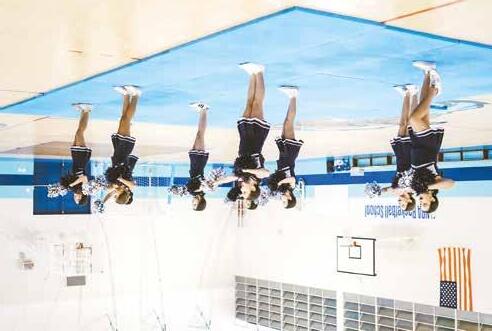
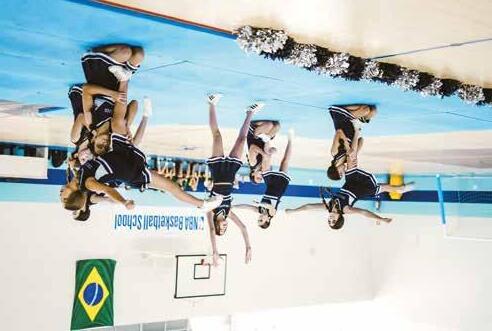
16 18 20 17 19 21
ECEC FAMILY AFTERNOON
Fotos: Arquivo Chapel
Photos: Chapel Archives
01 - Na tarde de atividades com as famílias, pais e filhos participaram do Parachute.
01 - Parents and children played under the parachute during the afternoon of family activities.
02 - Fazendo pintura na parede, Mateus Braz com seu pai Adriano, e o irmão, Henrique.
02 - Mateus Braz painted the wall with his father Adriano and his brother Henrique
03 - Michel e Bárbara Viganô pintaram a parede com os filhos Gabriela, Giovanna e Guilherme.
03 - Michel and Bárbara Viganô painted the wall with their children Gabriela, Giovanna, and Guilherme.
04 - Miguel Azevedo com a mãe, Samantha, imprimindo sua marca na parede.
04 - Miguel Azevedo and his mother, Samantha, left his handprint on the wall.
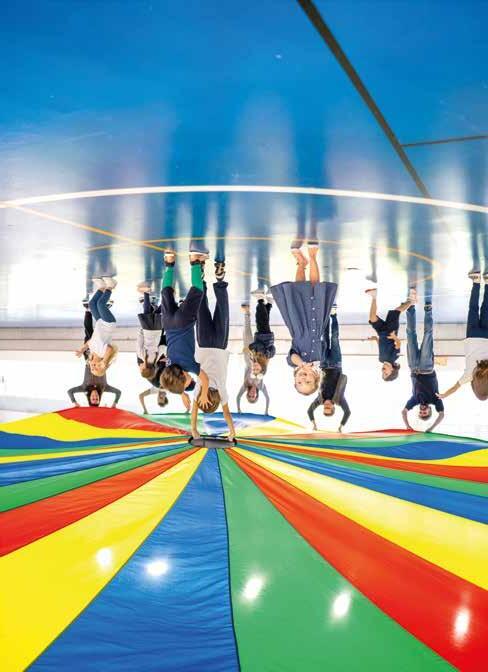

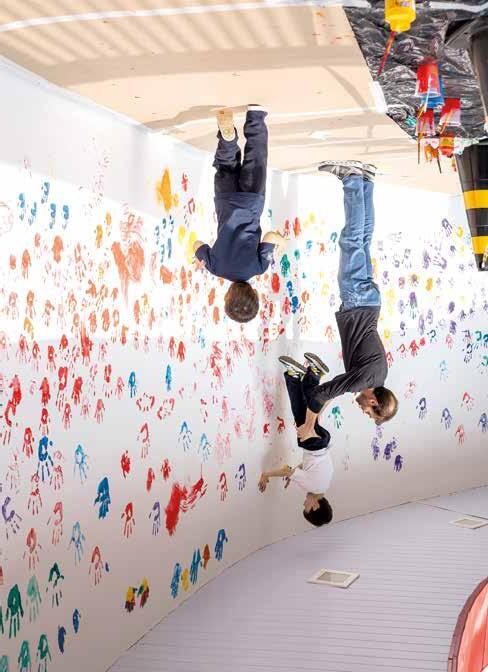

01
02
03
04
05 - Martina Antunes na oficina de atividades musicais.
05 - Martina Antunes during the music activities workshop.
06 - Rafael Elias com seus pais, Yasmin e Igor, na atividade Clean Up the Backyard.
06 - Rafael Elias and his parents, Yasmin and Igor, during the Clean Up the Backyard activity.
07 - João Ermel com sua mãe, Isabela, na oficina de plantio de sementes.
07 - João Ermel and his mother, Isabela, during the planting seeds workshop.
08 - Maria Carolina Muzzi participou da oficina com sua tia e sua mãe, Gabriela.
08 - Maria Carolina Muzzi took part in the workshop with her aunt and her mother, Gabriela.
09 - Maria Eduarda Mantegazza divertiu-se com a mãe, Polini, e o pai, Eduardo.
09 - Maria Eduarda Mantegazza had fun with her mother, Polini, and her father, Eduardo.
10 - Benjamin Buffara com sua mãe, Carolina, e Ms. Maria Hernandez.
10 - Benjamin Buffara with her mom, Carolina, and Ms. Maria Hernandez.
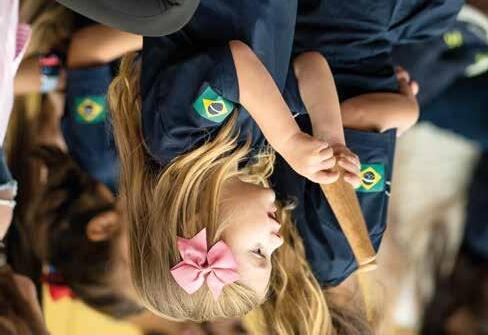
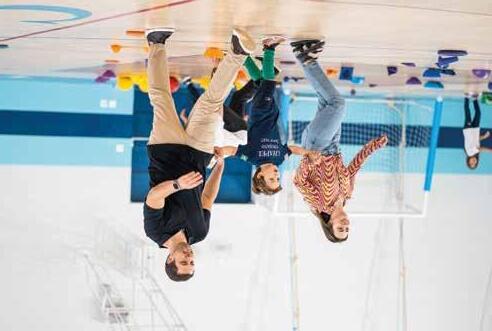
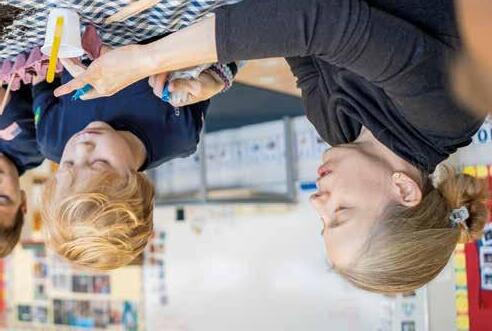
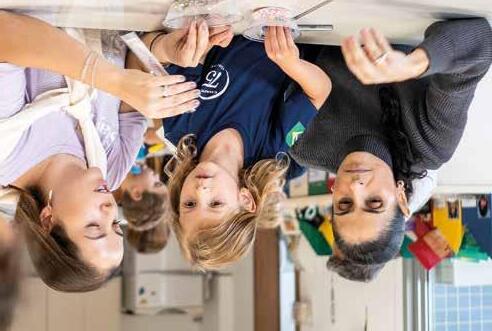
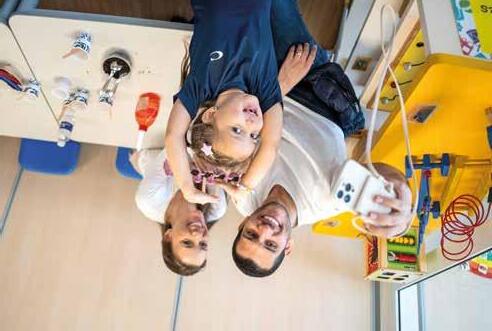
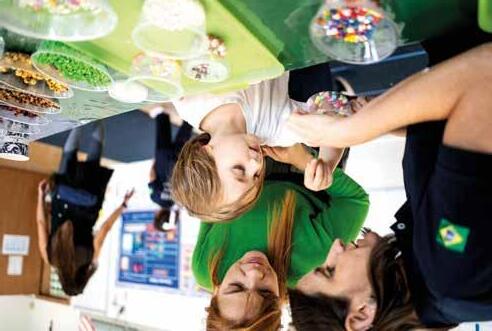
05
06 08 10
07 09
ES FAMILY ACTIVE MORNING
Fotos: Arquivo Chapel
Photos: Chapel Archives
01 - Liderado pelo departamento de Educação Física, o evento reuniu as famílias para atividades divertidas.
01 - The event led by the physical education department brought families together for fun activities.
02 - Julia Ohara com a mãe, Tatiana, e a irmã, Carolina, participando de atividade de alongamento e aquecimento.
02 - Julia Ohara with her mother, Tatiana, and her sister, Carolina, during a stretching and warm-up activity.
03 - Olívia Jucá e Mariah Massih se divertiram em atividade dinâmica.
03 - Olívia Jucá and Mariah Massih had fun in the dynamic activity.
04 - Giorgio Ramaciotti e seus pais empilhando copos.
04 - Giorgio Ramaciotti and his parents stacked cups.
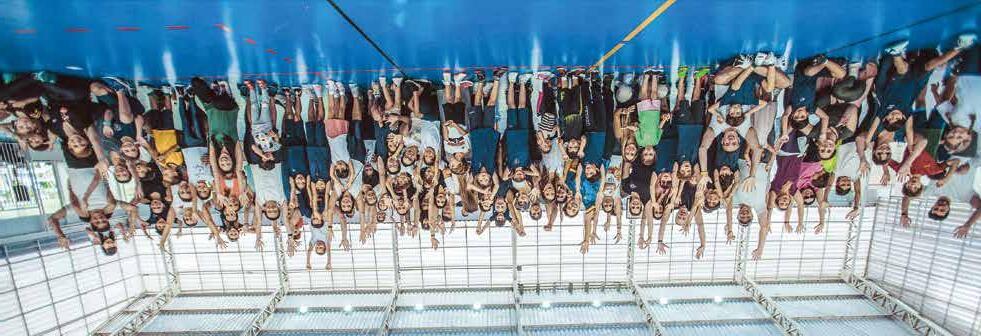
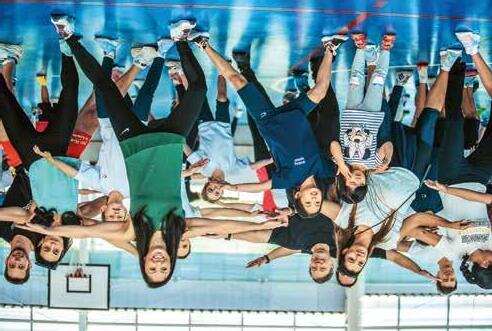
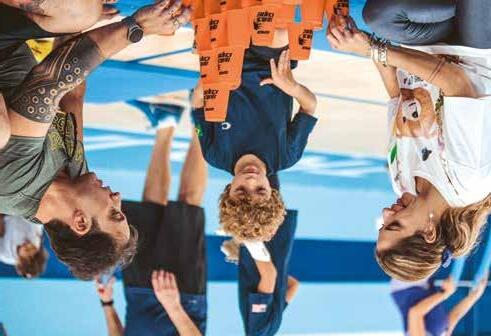
 01
02
04
03
01
02
04
03
05 - João Paulo Aquino e sua mãe, Thalita, curtiram o revezamento no campo.
05 - João Paulo Aquino and his mother, Thalita, enjoyed the relay race in the field.
06 - Helena Brandão e sua mãe, Lídia, mandaram bem no revezamento.
06 - Helena Brandão and her mother, Lídia, did well in the relay.
07 - Helena Fazzio e seus pais, Elvis e Letícia, gostaram das atividades ao ar livre.
07 - Helena Fazzio and her parents, Elvis and Letícia, enjoyed the open air activities.
08 - Divertindo-se em família, Luisa Pimentel e o pai, Cristiano.
08 - Luisa Pimentel and her father, Cristiano, had fun as a family.
09 - Filippo Lima concluindo o percurso na manhã de atividades.
09 - Filippo Lima finished the circuit of morning activities.
10 - Stella Lamounier e sua mãe, Beatriz, felizes, jogando juntas.
10 - Stella Lamounier and her mother, Beatriz, played happily.

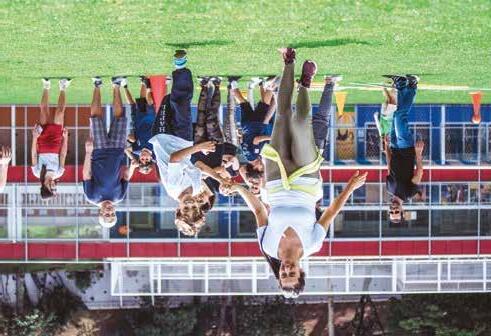

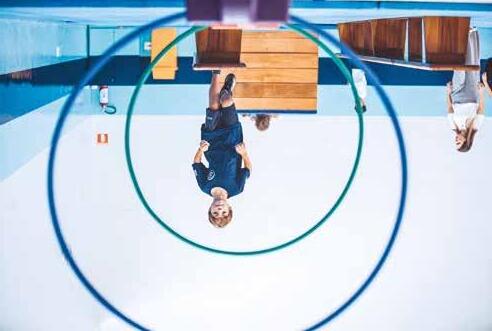
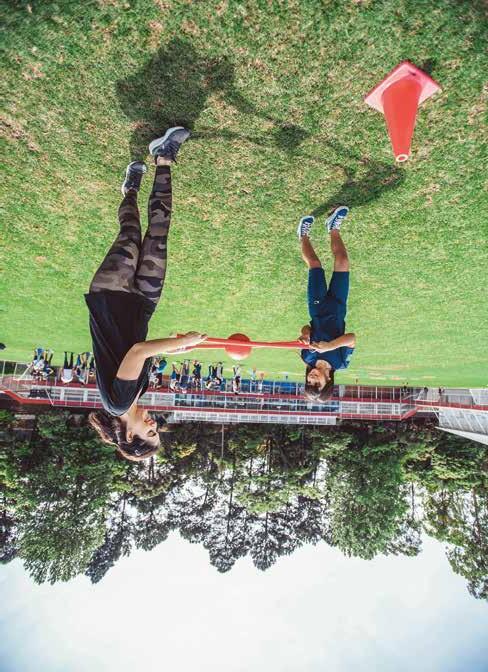

06
05
07
09
08 10
FEIRA DE LIVROS BOOK FAIR
Fotos: Arquivo Chapel
Photos: Chapel Archives
01 - Helena Loures e sua mãe Ana Carolina escolhendo livros na feira.
01 - Helena Loures and her mom Ana Carolina choose books at the fair.
02 - Clarissa Wu folheando um livro com o pai, Thomas.
02 - Clarissa Wu flipped through a book with her dad, Thomas.
03 -Rafaela Rodarte caprichou em sua caixa.
03 - Rafaela Rodarte dedicated herself to her box.
04 - Helena Bortolin e o Trojan, que fez sucesso entre as crianças.
04 - Helena Bortolin and the Trojan who was a hit with the children.
05 - Sophia Favero aproveitou a feira de livros para tirar foto ao lado do Trojan.
05 - Sophia Favero took advantage of the book fair to take a picture with the Trojan.
06 - Aproveitando o evento literário, Chloe e Logan Kang com a mãe, Denise.
06 - Chloe and Logan Kang and their mother, Denise, enjoyed the literary event.
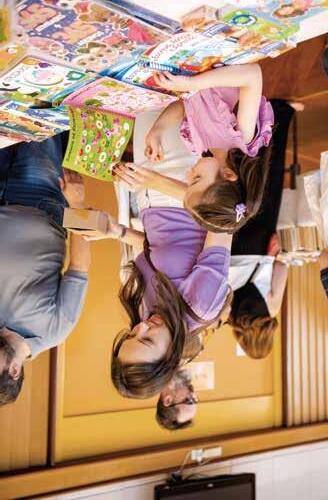
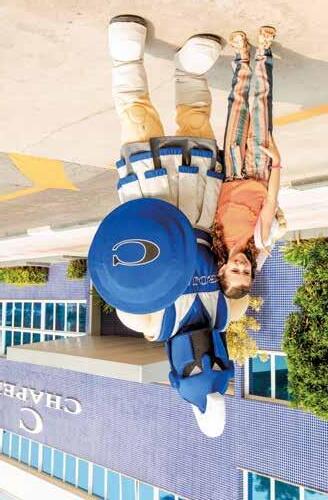

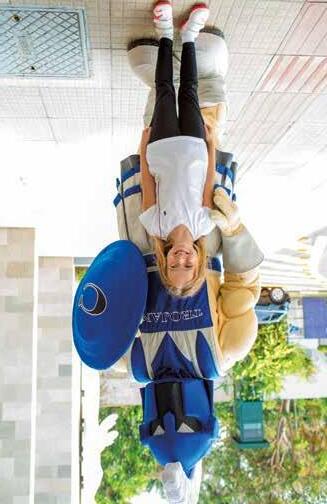
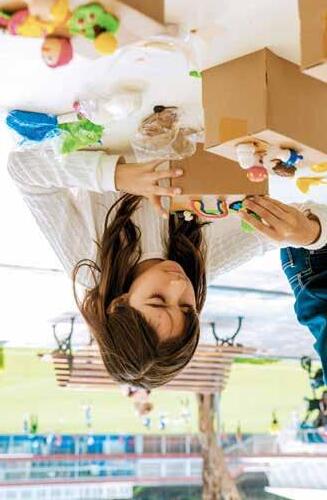
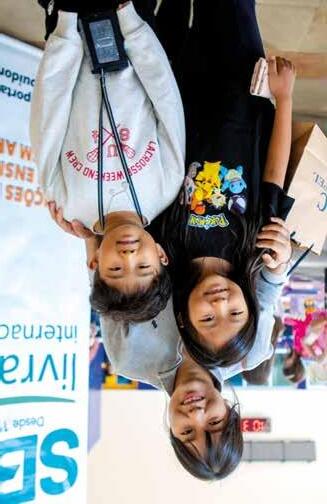
01 02 03 04 05 06
07 - Joana Marques, Gabriela Figueiredo, Beatriz Souza, Catarina Caram, Mr. Marcio Kuroiwa (com o filho, Leonardo) e Mr. Leonardo Silveira prestigiaram o evento literário.
07 - Joana Marques, Gabriela Figueiredo, Beatriz Souza, Catarina Caram, Mr. Marcio Kuroiwa (with his son Leonardo), and Mr. Leonardo Silveira paid tribute to the literary event.
08 - Giulia de Renzis e sua mãe, Denise, participaram da oficina de artes.
08 - Giulia de Renzis and her mother, Denise, at the art workshop.
09 - Letícia Pacifico com seus pais, João Paulo e Carolina, juntamente com Talita e Luiz.
09 - Letícia Pacifico and her parents, João Paulo and Carolina, with Talita and Luiz.
10 - Representando o projeto Mi Casa, Tu Casa, Beatriz Abram, Ms. Juliana Menezes, Alma Castañares e João Pedro Fegyveres.
10 - Beatriz Abram, Ms. Juliana Menezes, Alma Castañares, and João Pedro Fegyveres represented the Mi Casa, Tu Casa project.
11 - A equipe de Cheerleaders do Junior Varsity se apresentou na feira de livros.
11 - The junior varsity cheerleader team presented during the book fair.
12 - O autor Fábio Lisboa liderou sessão de contação de histórias no auditório.
12 - Author Fábio Lisboa led the story telling session in the auditorium.
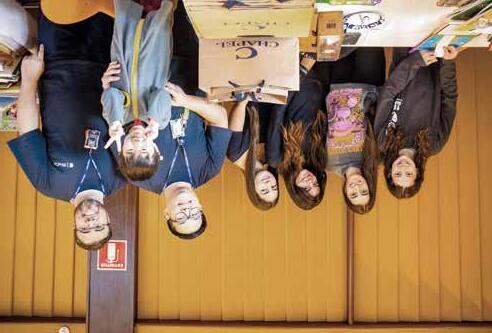
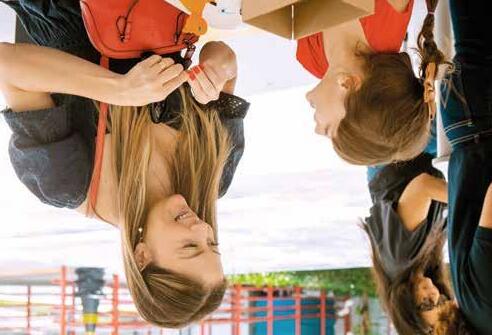
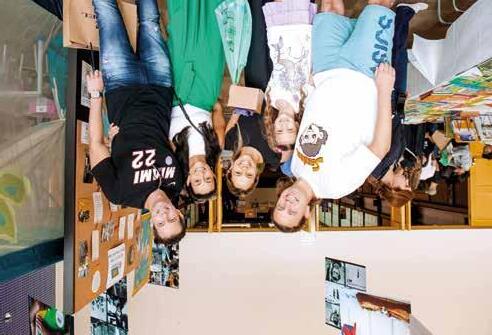
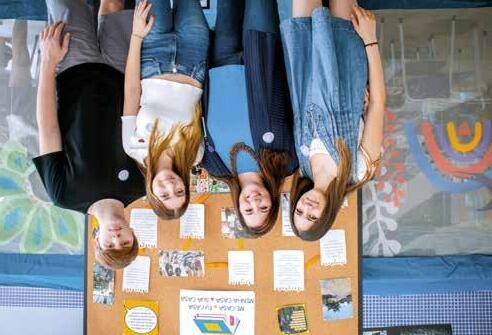
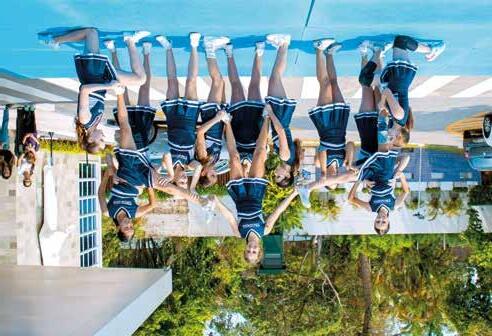

07 09 10 11 12 08
HALLOWEEN
Fotos: Arquivo Chapel
Photos: Chapel Archives
01 - Lorenzo e Antonella Giamundo exibiram suas fantasias na festa de Halloween.
01 - Lorenzo and Antonella Giamundo showed-off their costumes at the Halloween party.
02 - Benjamin Benedetti (Harry Potter) com a linda dálmata Leticia.
02 - Benjamin Benedetti (Harry Potter) and the beautiful dalmatian Leticia.
03 - Matheus Toledo, de Caça-Fantasmas.
03 - Matheus Toledo as a Ghostbuster
04 - Maria Carolina Muzzi divertindo-se entre os colegas.
04 - Maria Carolina Muzzi had fun with her classmates.
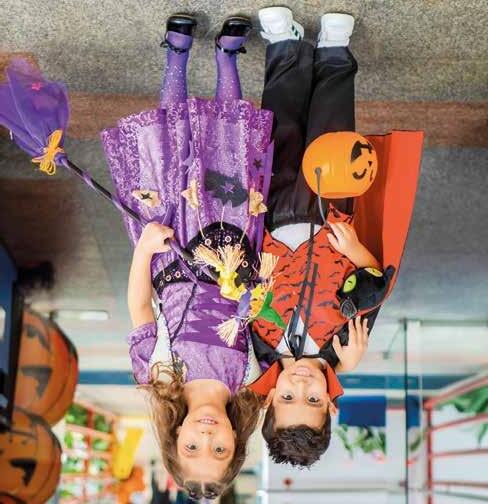
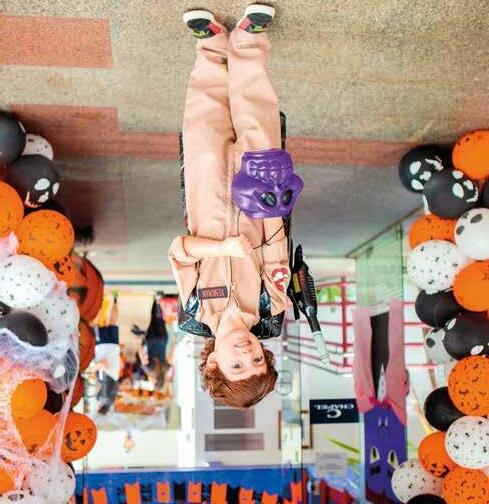

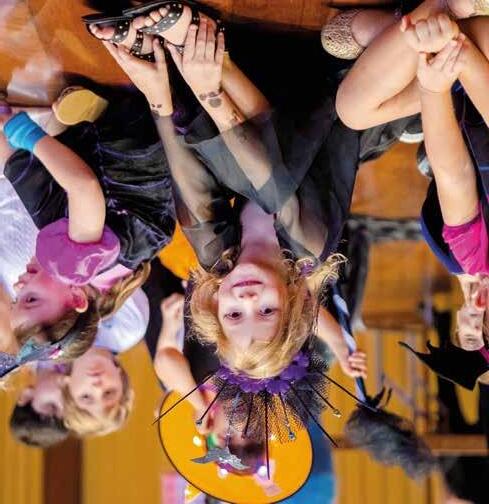
01 02 03 04
05 - O desfile de Halloween foi um show de fantasias elaboradas e divertidas.
05 - The Halloween parade was a show of elaborate and fun costumes.
06 - Maya Altenhofen e Ms. Camila Costa fantasiaram-se de bruxa.
06 - Maya Altenhofen and Ms. Camila Costa dressed-up as witches.
07 - Alunos do Pre II desfilaram suas fantasias no tapete vermelho.
07 - Pre II students paraded their costumes on the red carpet.
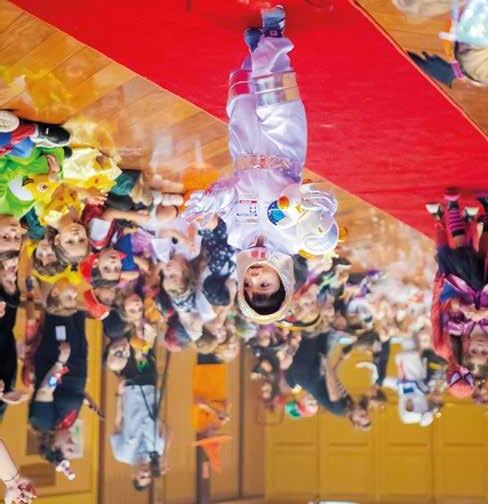
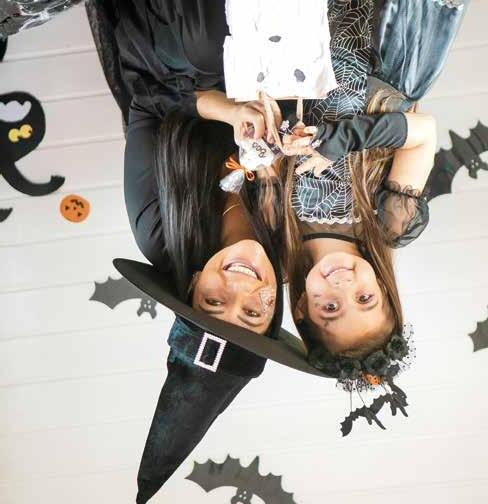
 07
07
05 06
09 - Pietra Almeida, Helena Bortolin e Marina Almeida curtiram a festa.
09 - Pietra Almeida, Helena Bortolin, and Marina Almeida enjoyed the party.
10 - Beatriz Pelloso e Valentina Toledo recebendo gostosuras de Ms.Cristina El Dib.
10 - Beatriz Pelloso and Valentina Toledo got treats from Ms.Cristina El Dib.
11 - Marina Benicio, Maria Fernandez, Valentina Figueiredo, Enrica Almeida, Paula Fernandez e Stella Gurgel estavam assustadoramente belas.
11 - Marina Benicio, Maria Fernandez, Valentina Figueiredo, Enrica Almeida, Paula Fernandez, and Stella Gurgel were frighteningly beautiful.
12 - Daniel Cavalcanti, Thomas Neto e Pietro Catenacci em divertidas fantasias.
12 - Daniel Cavalcanti, Thomas Neto, and Pietro Catenacci in fun costumes.
13 - As amigas Rafaella Rodrigues, Isabela Schahin, Maria Luiza Clavis e Helena Tuma.
13 - Friends Rafaella Rodrigues, Isabela Schahin, Maria Luiza Clavis, and Helena Tuma.
14 - A elegância de Sofia Garzon chamou a atenção.
14 - Sofia Garzon’s elegance caught everyone’s attention.
15 - Os Minions tomaram conta do 5º ano de Mr. Morrison.
15 - Minions took over Mr. Morrison’s 5th grade.
16 - Rafaela Braga e Estela Sumi apresentaram suas criações ao público.
16 - Rafaela Braga and Estela Sumi showed their creations to the audience.
17 - Com looks complementares, Helena Saade, Maria Victoria Michalua, Valentina Almeida, Valentina Pizzonia, Sofia Collado e Giovanna Ronco.
17 - Helena Saade, Maria Victoria Michalua, Valentina Almeida, Valentina Pizzonia, Sofia Collado, and Giovanna Ronco donned matching looks.
18 - Em grupo, Nicolas Garzon, Lucca Próspero, Alef Chahoud e Gabriel Kamilos e Luis Castro mostraram suas fantasias.
18 - Nicolas Garzon, Lucca Próspero, Alef Chahoud, Gabriel Kamilos, and Luis Castro paraded their costumes as a group.
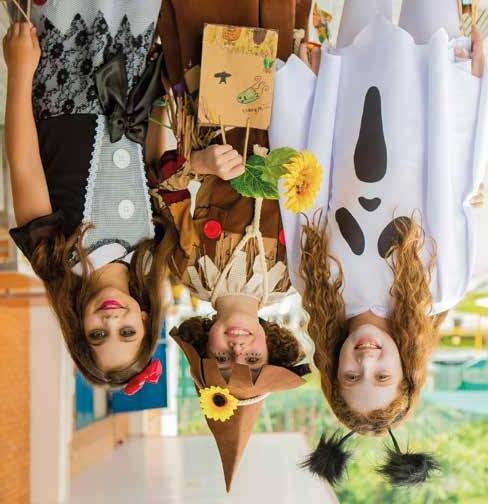
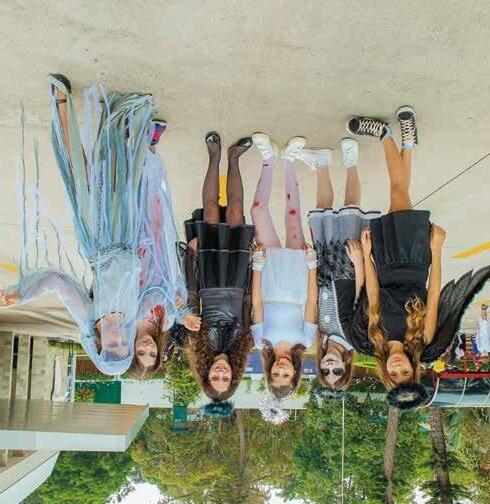
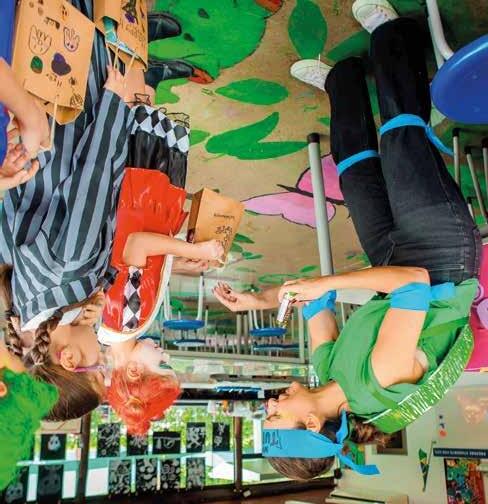
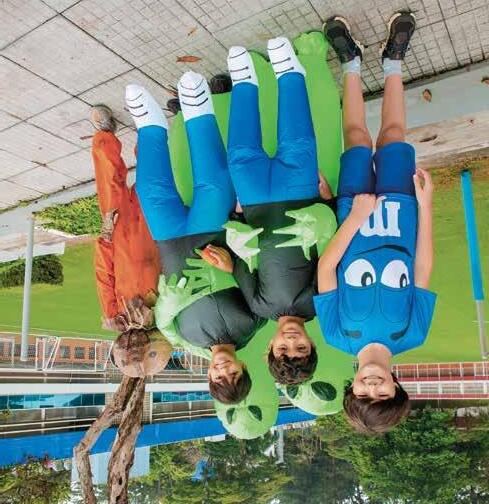
09 10 11 12
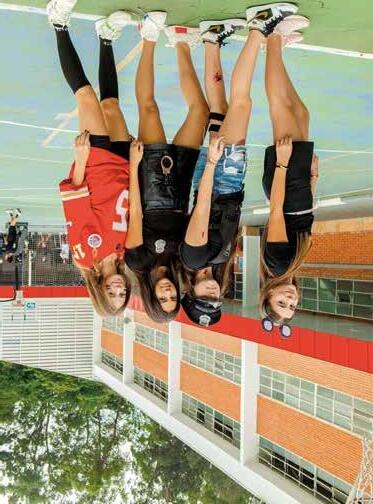


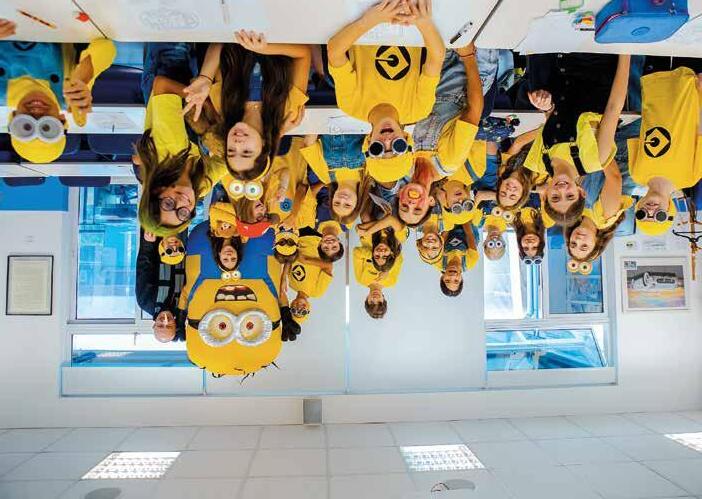

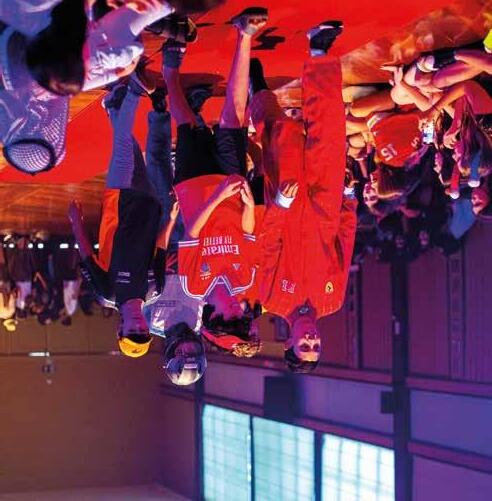
13 14 15 16 17 18
ALMOÇO ESPECIAL: CHINA
SPECIAL LUNCH: CHINA
Fotos: Arquivo Chapel
Photos: Chapel Archives
01 - João Pedro Sanches, Theo Cavalari e João Paulo Aquino aproveitaram o cardápio chinês.
01 - João Pedro Sanches, Theo Cavalari, and João Paulo Aquino enjoyed the Chinese menu.
02 - Beatriz Amaro, Maria Fernanda Secali e Giovana Iannuzzi aprovaram as delícias do almoço.
02 - Beatriz Amaro, Maria Fernanda Secali, and Giovana Iannuzzi gave the delicious lunch their approval.
03 - April Kim e Lara Owsianski usaram hashis para provar as delícias.
03 - April Kim and Lara Owsianski used chopsticks to sample delicious dishes
04, 05 e 06 - Personagens tradicionais chineses prestigiaram o almoço especial da Chapel.
04, 05 & 06 - Traditional Chinese characters honored the special lunch at Chapel.
07 e 08 - Os alunos assistiram à apresentação de Kung Fu.
07 & 08 - Students watched the Kung Fu presentation.
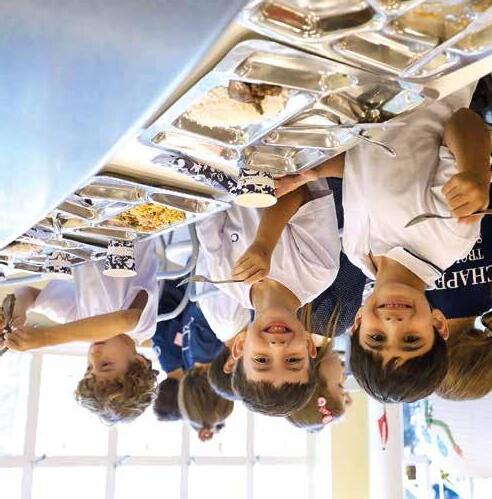
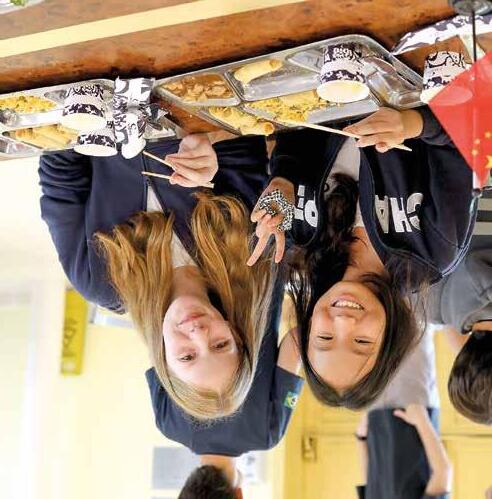

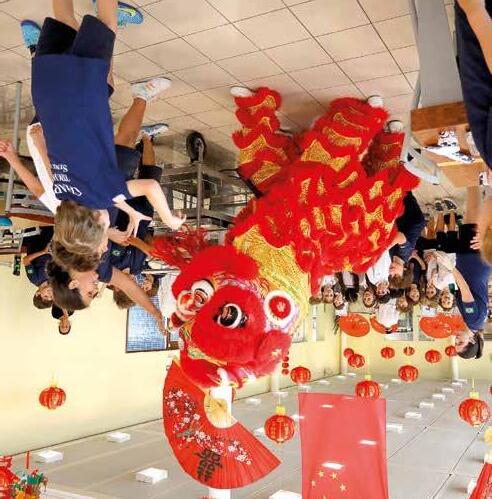
01 02 03 04
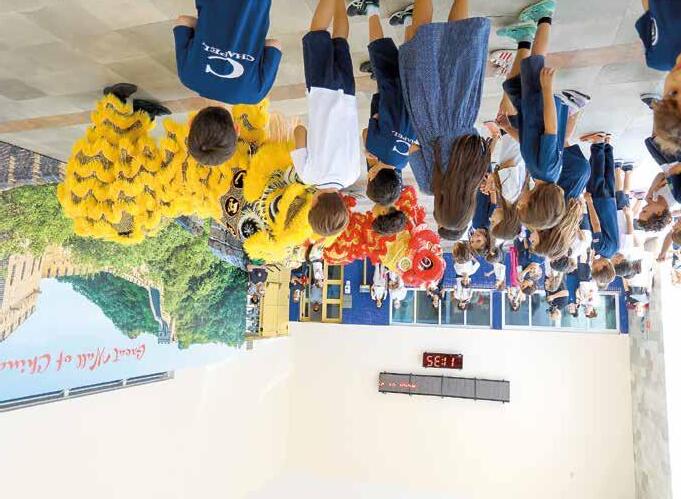
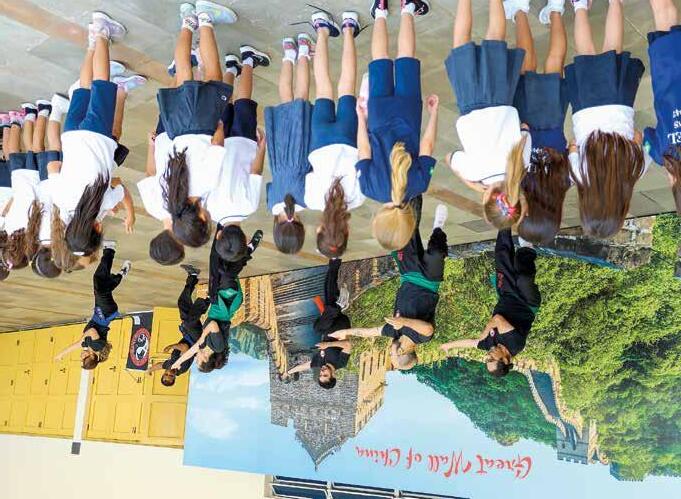
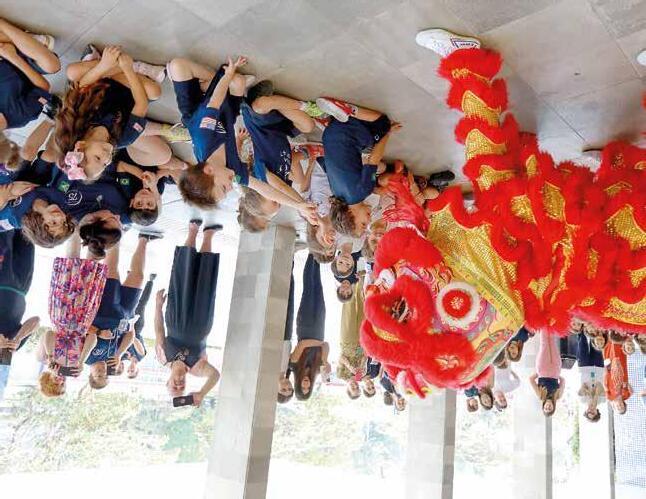
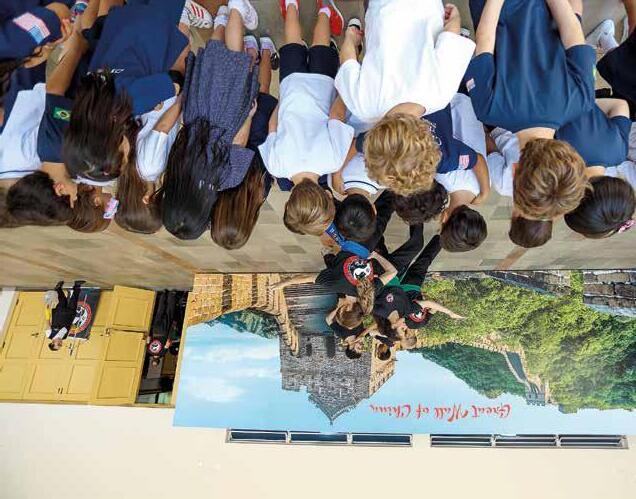
05 06 07 08
CERIMÔNIA DE POSSE DO NATIONAL HONOR SOCIETY
NATIONAL HONOR SOCIETY INDUCTION CEREMONY
Fotos: Arquivo Chapel
Photos: Chapel Archives
01 - A cerimônia de posse dos sete novos membros do clube de honra da Chapel aconteceu em novembro.
Foram aceitas: Barbara Bompan Monte Alto, Julia Jardim Bavaresco, Lara Fuzetti Cavalcanti, Leticia Monteiro da Cruz Menezes, Maria Carolina Godoy Pereira de Melo, Mel de Mello Arantes e Stella Fantini Hodge.
01 - The induction ceremony for seven new members in Chapel’s honor club took place in November. Barbara Bompan Monte Alto, Julia Jardim Bavaresco, Lara Fuzetti Cavalcanti, Leticia Monteiro da Cruz Menezes, Maria Carolina Godoy Pereira de Melo, Mel de Mello Arantes, and Stella Fantini Hodge were inducted.
02 - Stella Fantini Hodge e Lara Fuzetti Cavalcanti discursaram e acenderam uma vela que representa um dos quatro pilares da National Honor Society.
02 - Stella Fantini Hodge and Lara Fuzetti Cavalcanti gave speeches and lit a candle that was representative of one of the four National Honor Society pillars.
03 - Maria Carolina Godoy Pereira de Melo e Barbara Bompan Monte Alto discursaram na cerimônia de posse.
03 - Maria Carolina Godoy Pereira de Melo and Barbara Bompan Monte Alto gave speeches at the induction ceremony.
04 - Mel de Mello Arantes também discursou e acendeu uma vela.
04 - Mel de Mello Arantes also gave a speech and lit a candle.
05 - Julia Jardim Bavaresco e Leticia Monteiro da Cruz Menezes acendendo a vela, após o discurso.
05 - Julia Jardim Bavaresco and Leticia Monteiro da Cruz Menezes lighting a candle after the speech.
06 - Todos os 26 membros dos NHS com o conselheiro do clube, Mr. Bryan Sanders.
06 - All 26 NHS members with the club’s Advisor, Mr. Bryan Sanders.
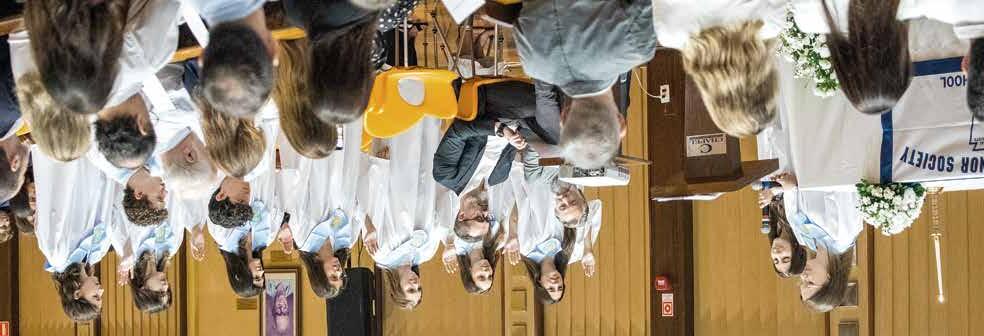

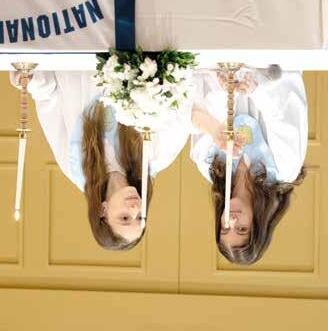
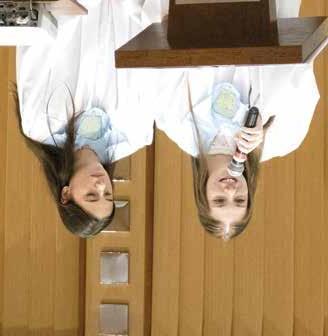
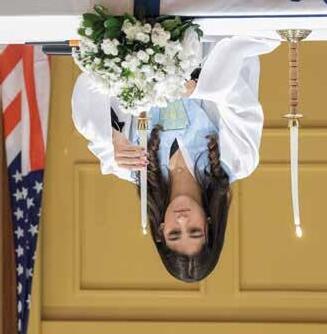
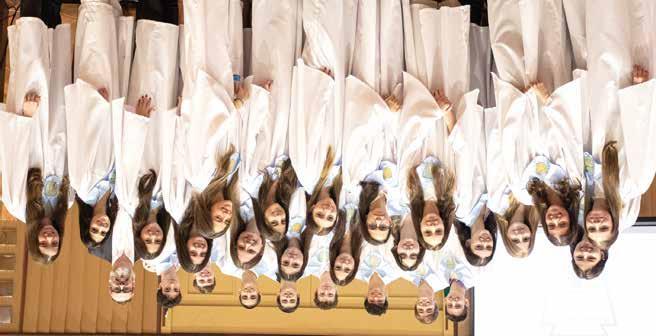
01 02 05 04 03 06
CERIMÔNIA DE POSSE DO NATIONAL JUNIOR HONOR SOCIETY
NATIONAL JUNIOR HONOR SOCIETY INDUCTION CEREMONY
Fotos: Arquivo Chapel Photos: Chapel Archives
01 - Em novembro, Mr. Érico Padilha, conselheiro do NJHS, fez a abertura da cerimônia de posse dos quinze novos membros: Ana Luiza Garcia Dall’Ovo, Bernardo Dalmagro Dagnoni, Bianca Marques Ludgero, Estela Yuki Azevedo Sumi, Júlia G. Paraskevopoulos, Laís Buzzinaro Ribeiro, Maria Galvão Mertens, Mariana Rombino Avila, Maya Pinheiro Guimarães, Mia Belle Roy, Olivia Zacour Kameyama, Rafaela Lazzareschi Cortelaso, Rafaela Milred Braga, Sophia Mengyun Tsai e Valentina Hoff Ughini Villarroel.
01 - In November, Mr. Érico Padilha, the NJHS Advisor, gave the opening speech at the induction ceremony for its 15 new members: Ana Luiza Garcia Dall’Ovo, Bernardo Dalmagro Dagnoni, Bianca Marques Ludgero, Estela Yuki Azevedo Sumi, Júlia G. Paraskevopoulos, Laís Buzzinaro Ribeiro, Maria Galvão Mertens, Mariana Rombino Avila, Maya Pinheiro Guimarães, Mia Belle Roy, Olivia Zacour Kameyama, Rafaela Lazzareschi Cortelaso, Rafaela Milred Braga, Sophia Mengyun Tsai, and Valentina Hoff Ughini Villarroel.
02 - Vibha Srinivas Komala, presidente do NJHS, discursou.
02 - Vibha Srinivas Komala, NJHS President, gave a speech
03 - Laura Fenner Gervazoni, vice-presidente do NJHS, também discursou e acendeu uma vela, que representa um dos quatro pilares do clube de honra.
03 - Laura Fenner Gervazoni, Vice-President of the NJHS, also gave a speech and lit a candle representing one of the honor club’s five pillars.
04 - Todos os 28 membros dos NJHS com o conselheiro do clube, Mr. Érico Padilha, e com o diretor do High School, Mr. Sean Quinn.
04 - All 28 members of NJHS with the club’s Advisor, Mr. Érico Padilha, and the High School Principal, Mr. Sean Quinn.
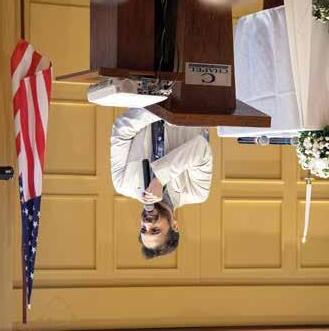
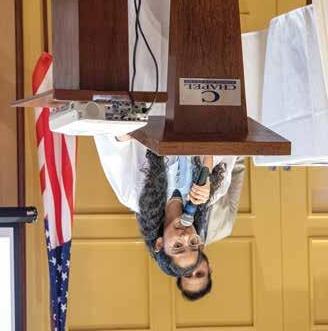
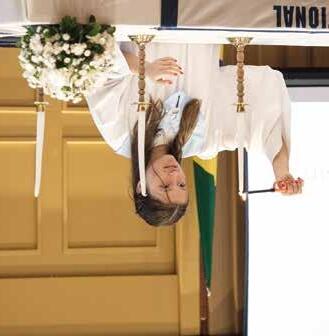
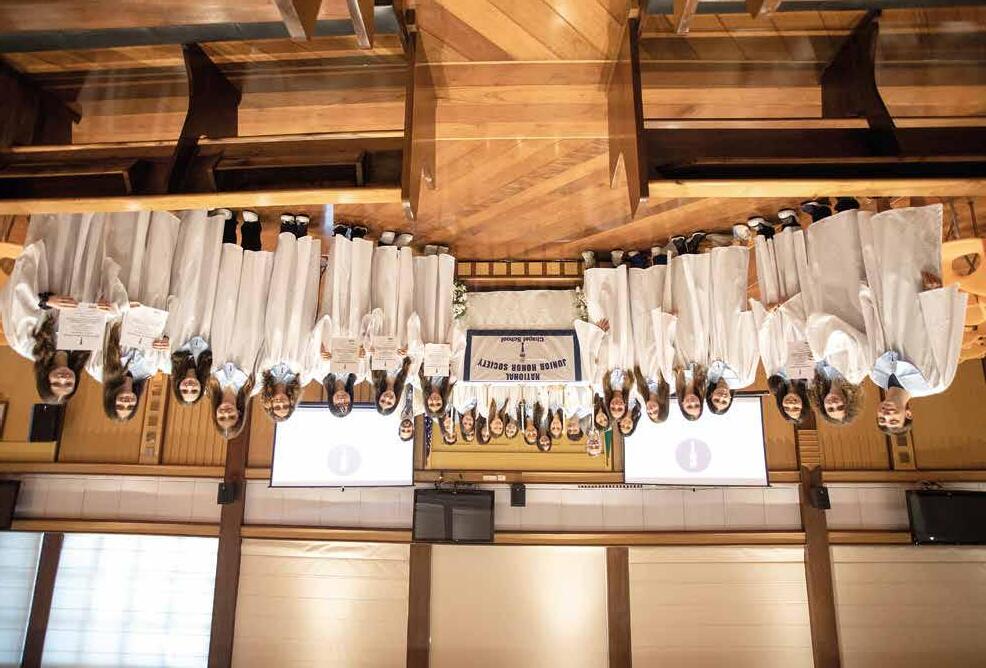
01 04 02 03


















 By Paula Veneroso Photos: Chapel Archives
By Paula Veneroso Photos: Chapel Archives





 By Maurício Oliveira Photos: Chapel Archives
By Maurício Oliveira Photos: Chapel Archives





 By Paula Veneroso
By Paula Veneroso































































































































 01
02
04
03
01
02
04
03
























 07
07



























